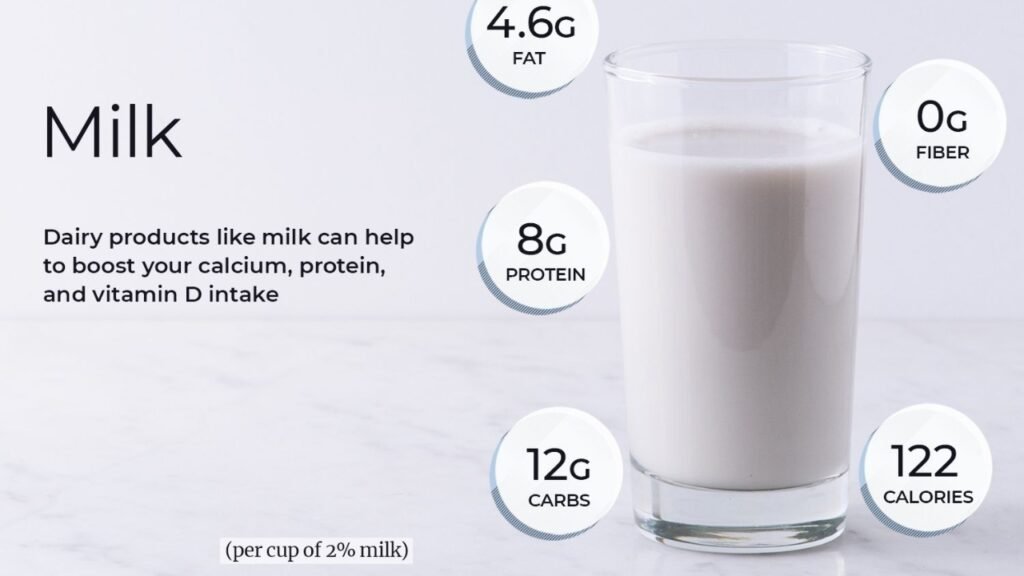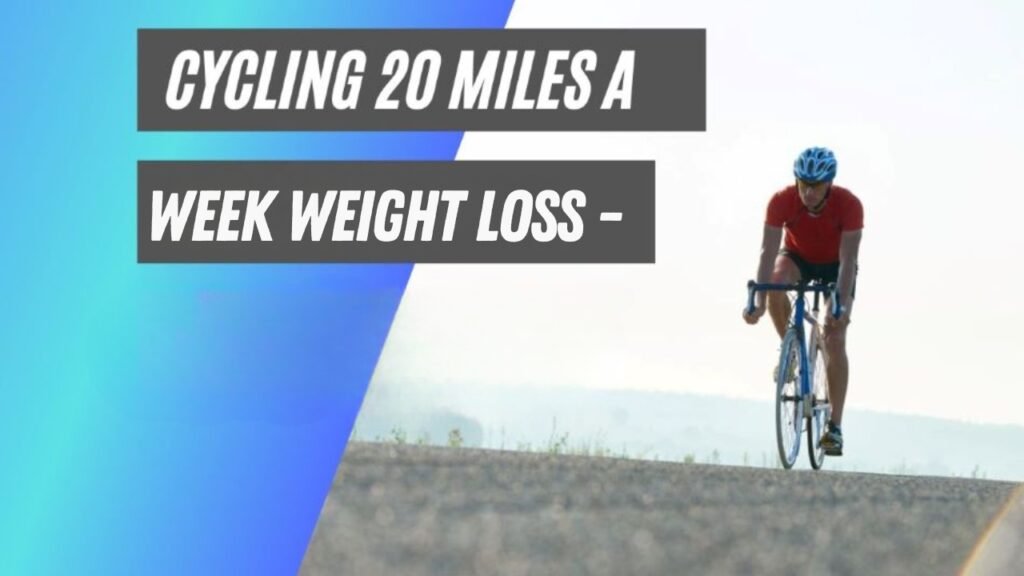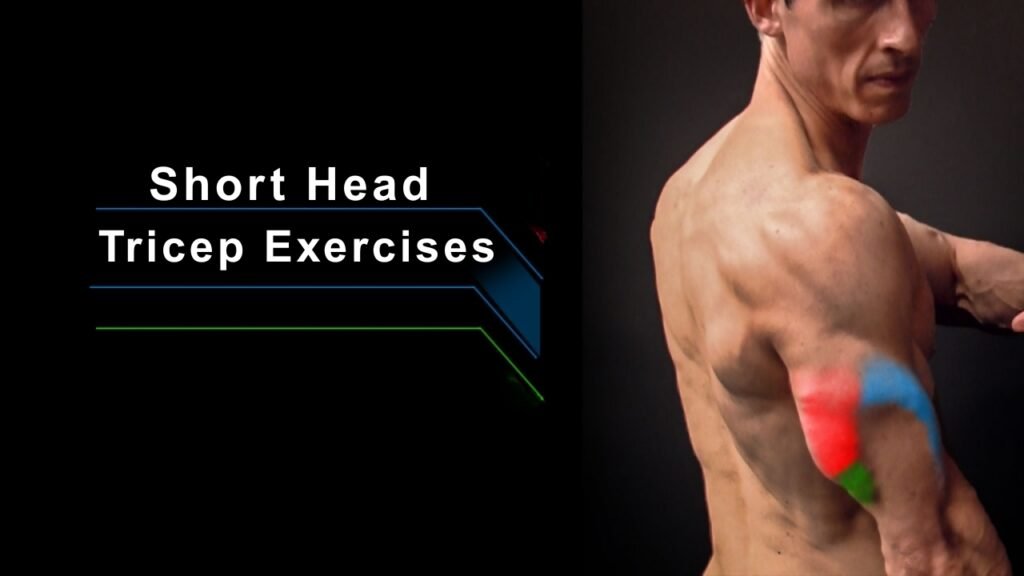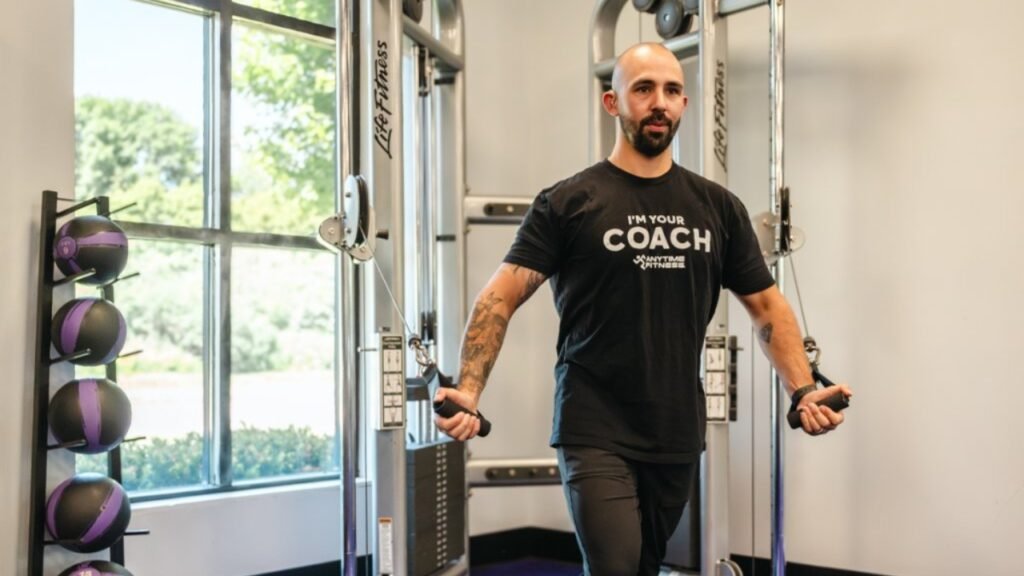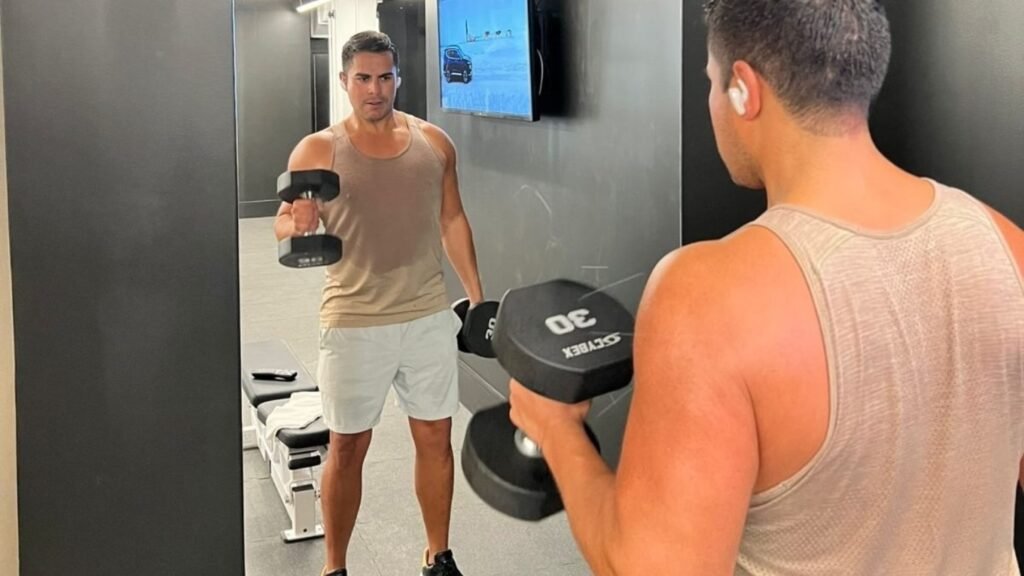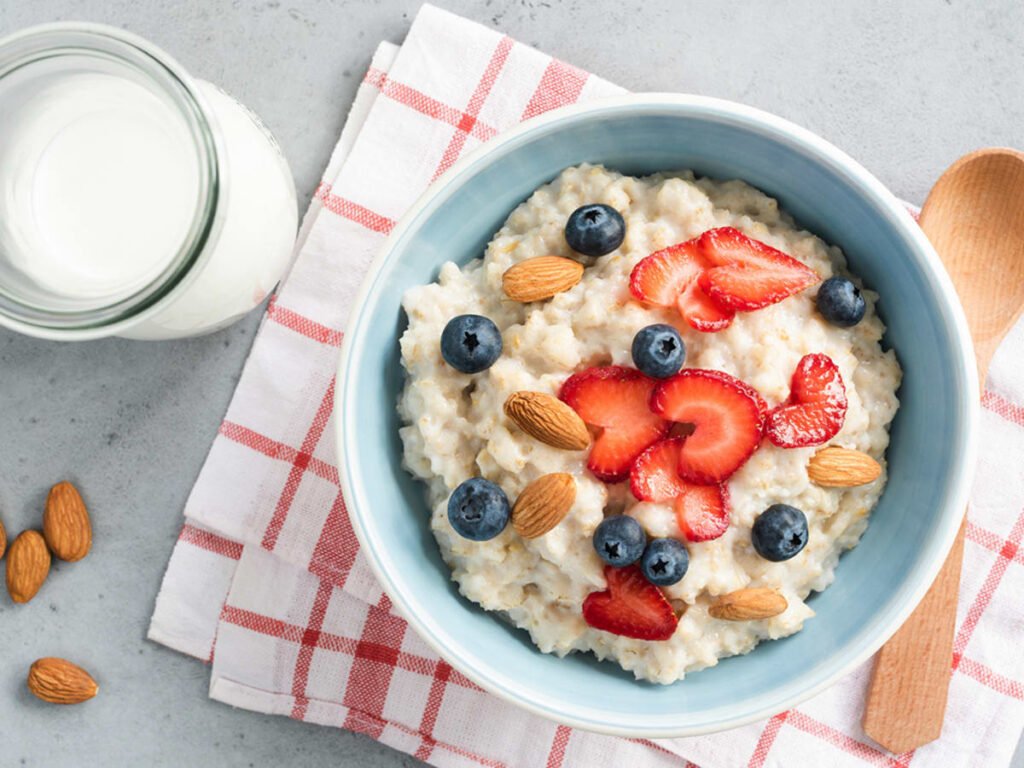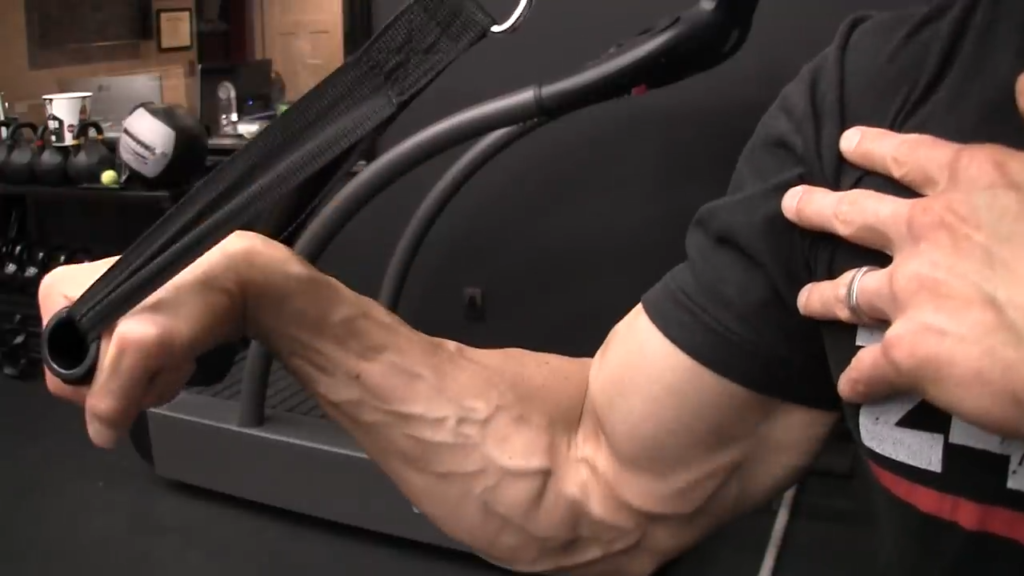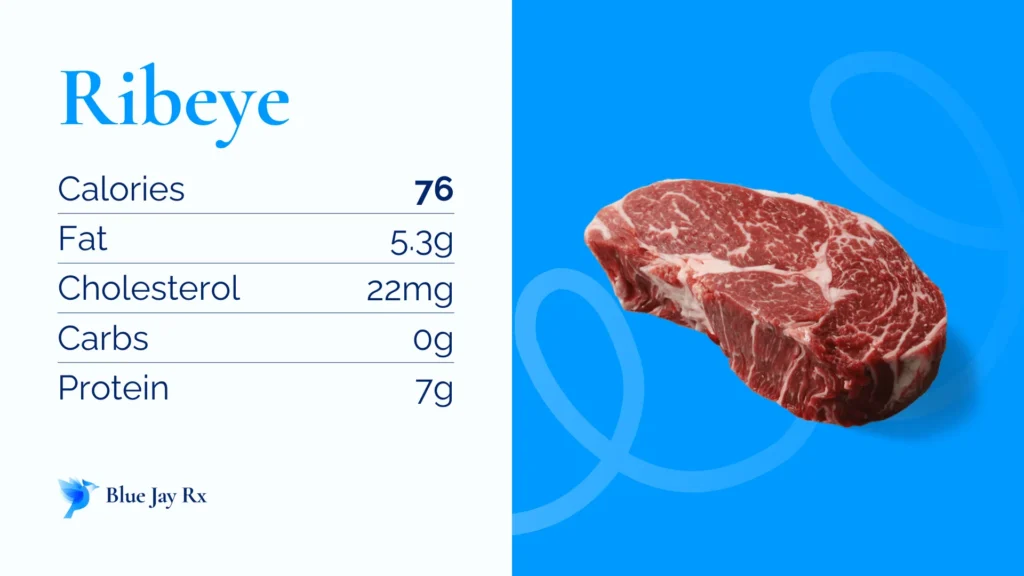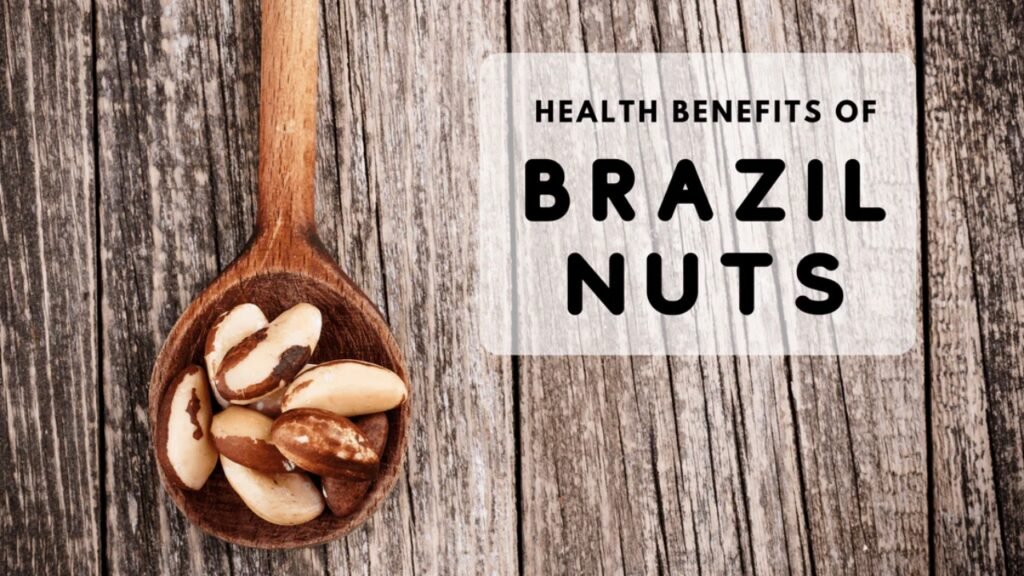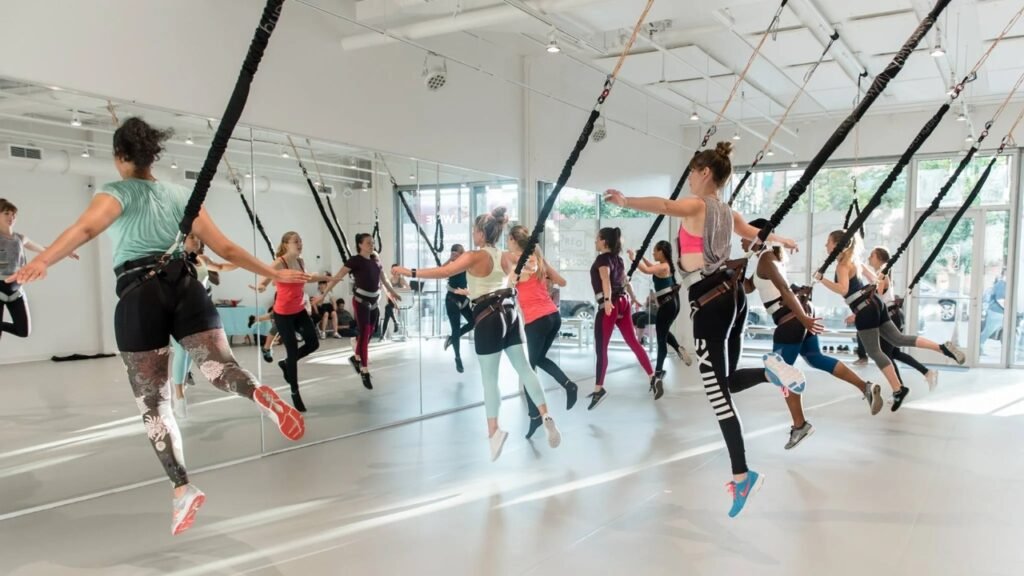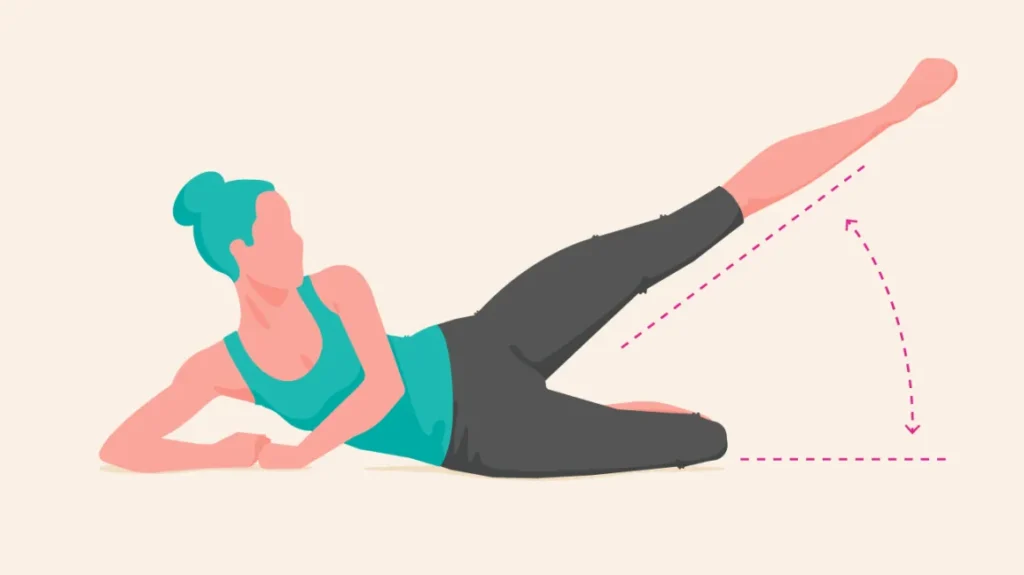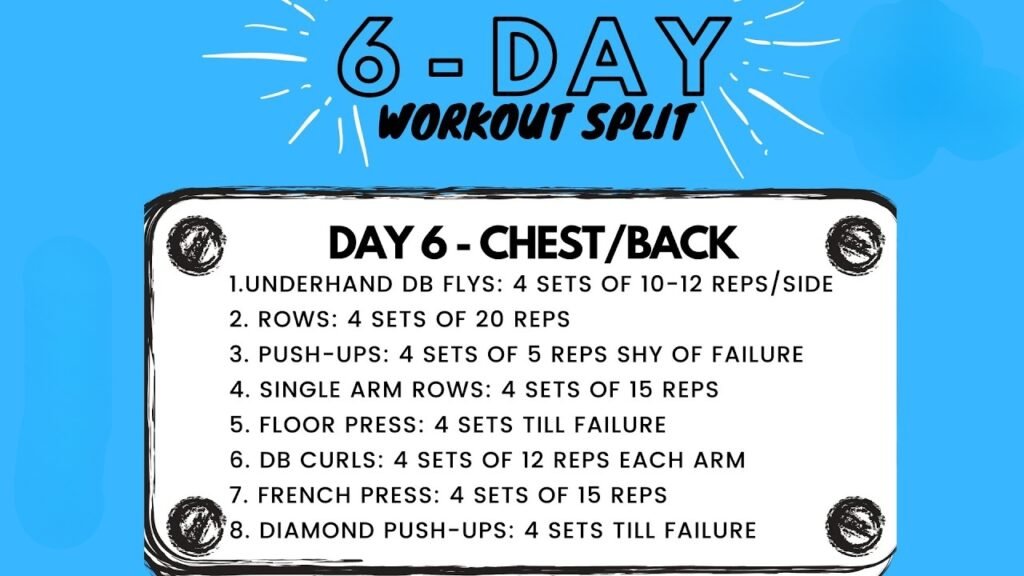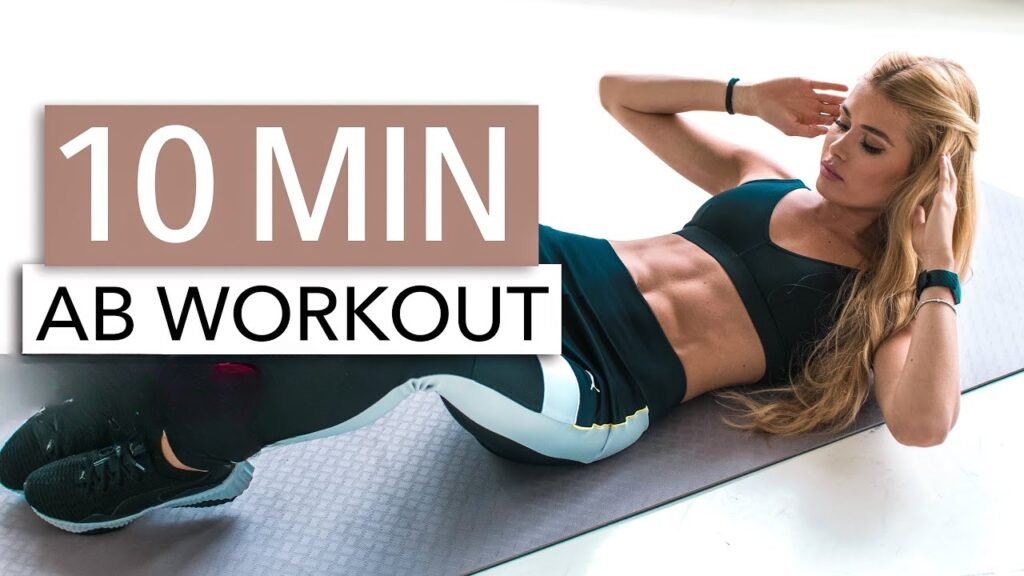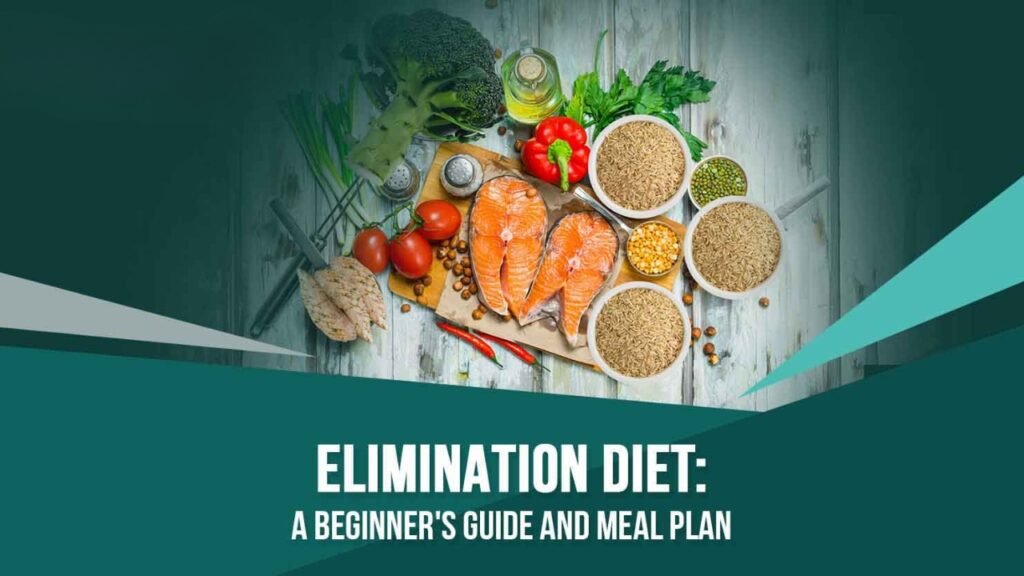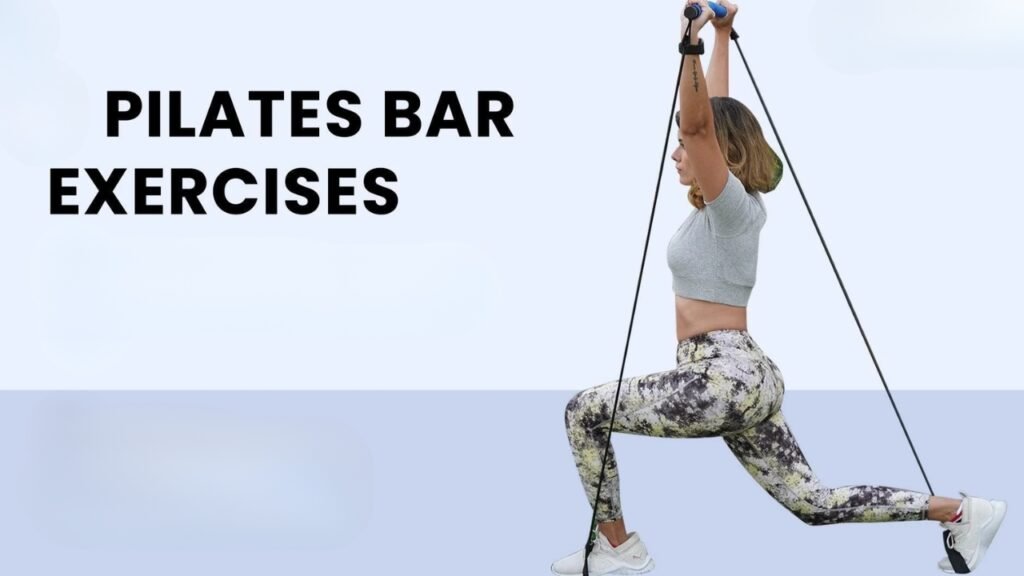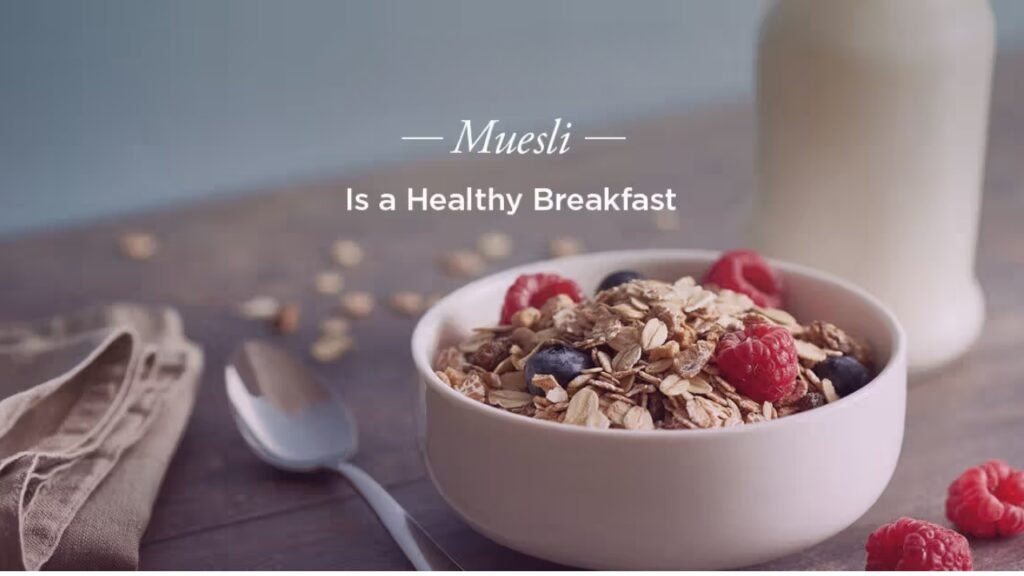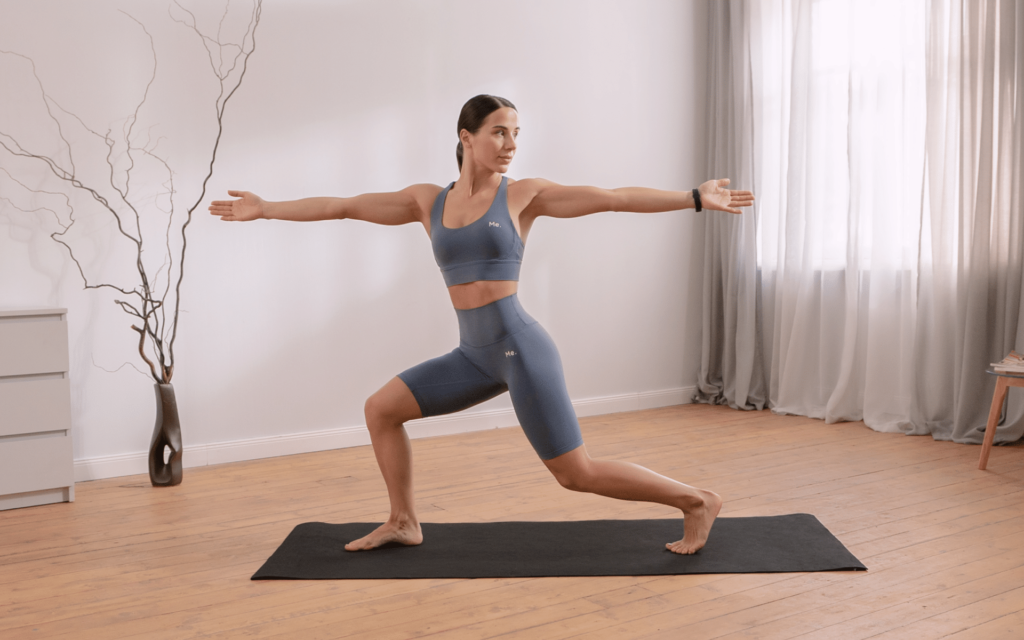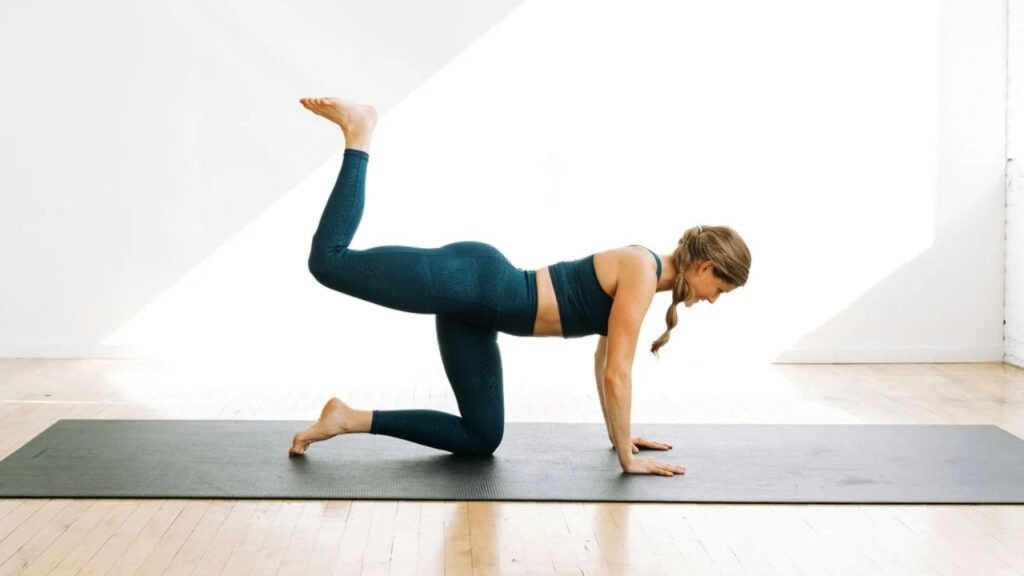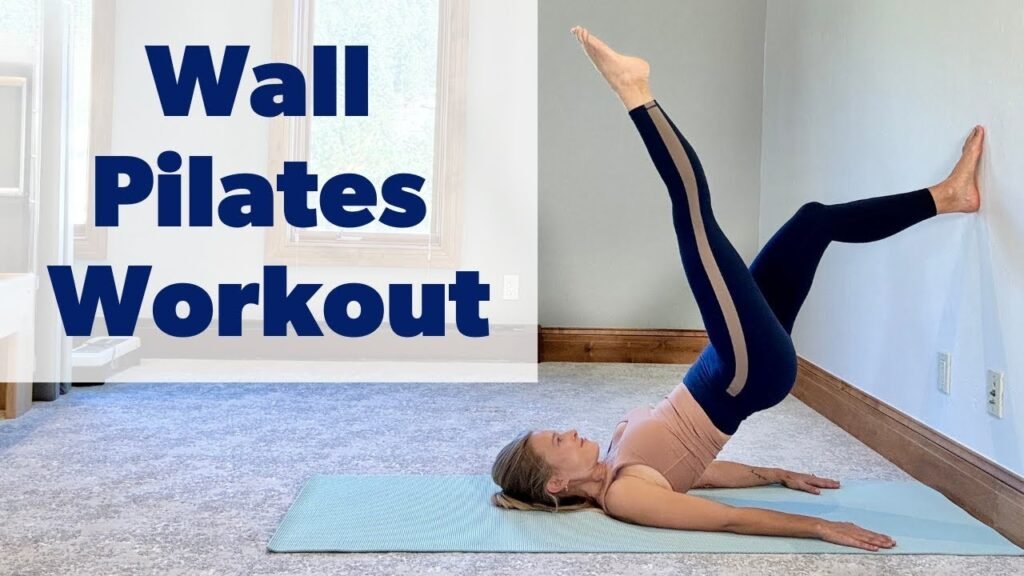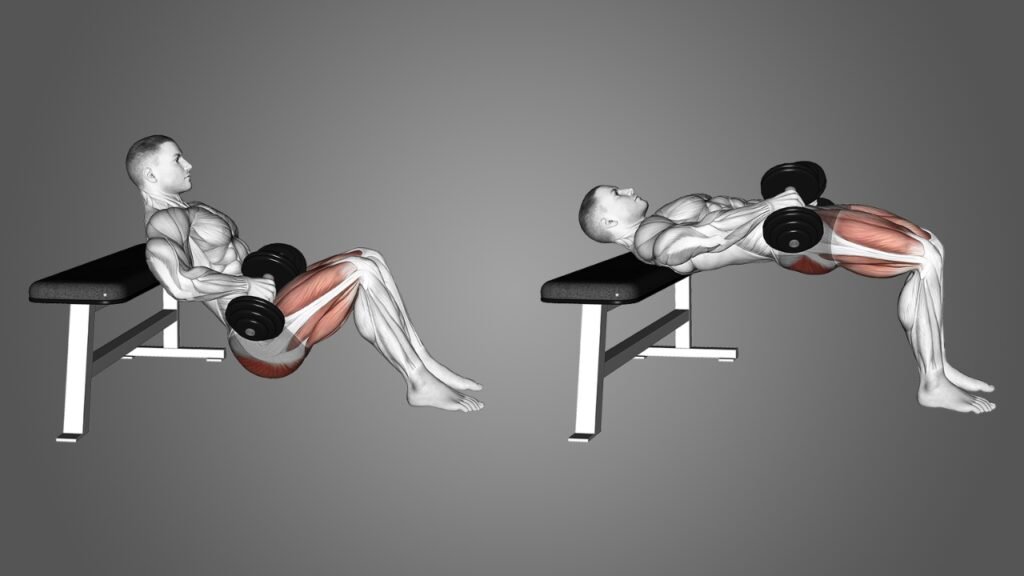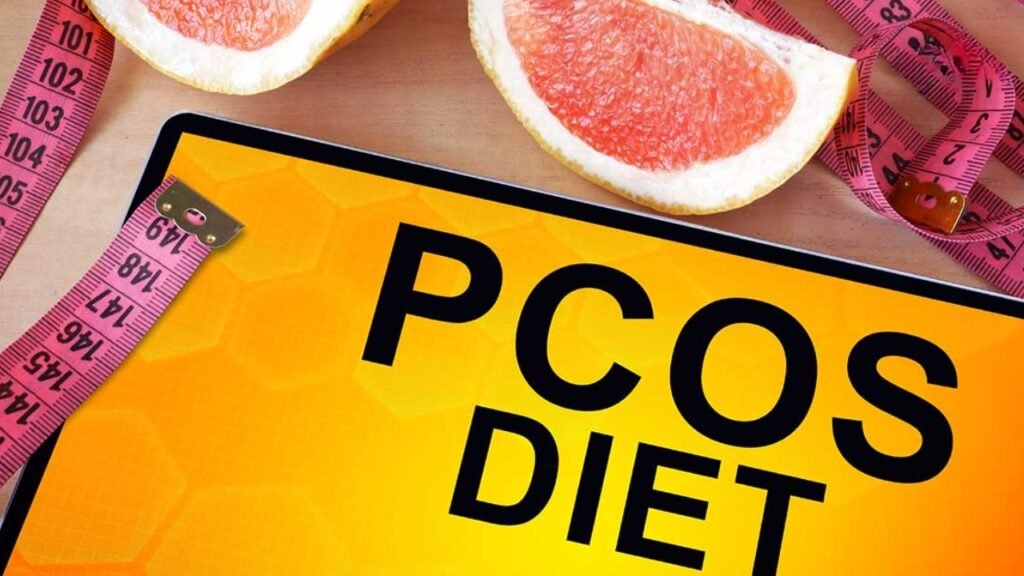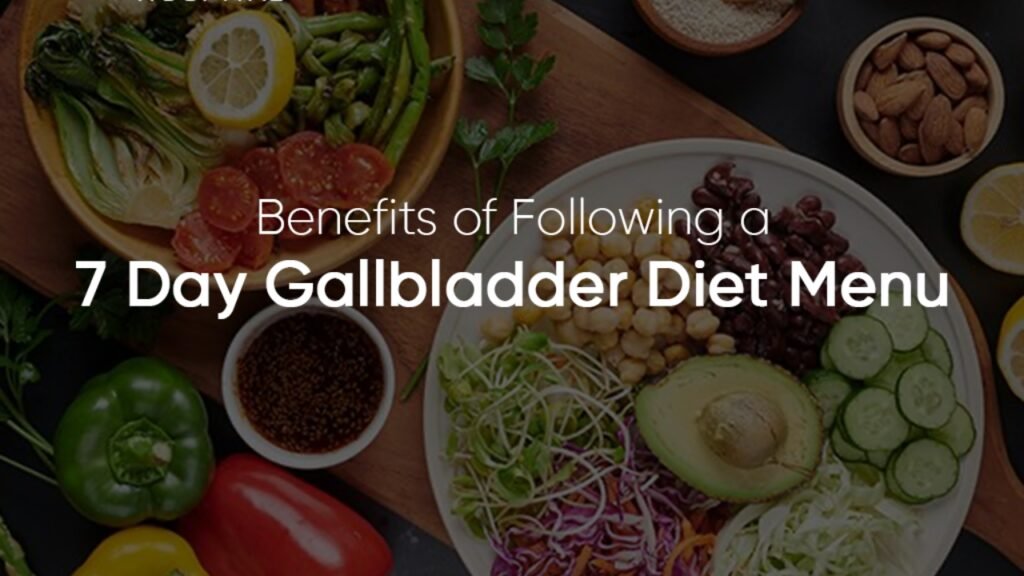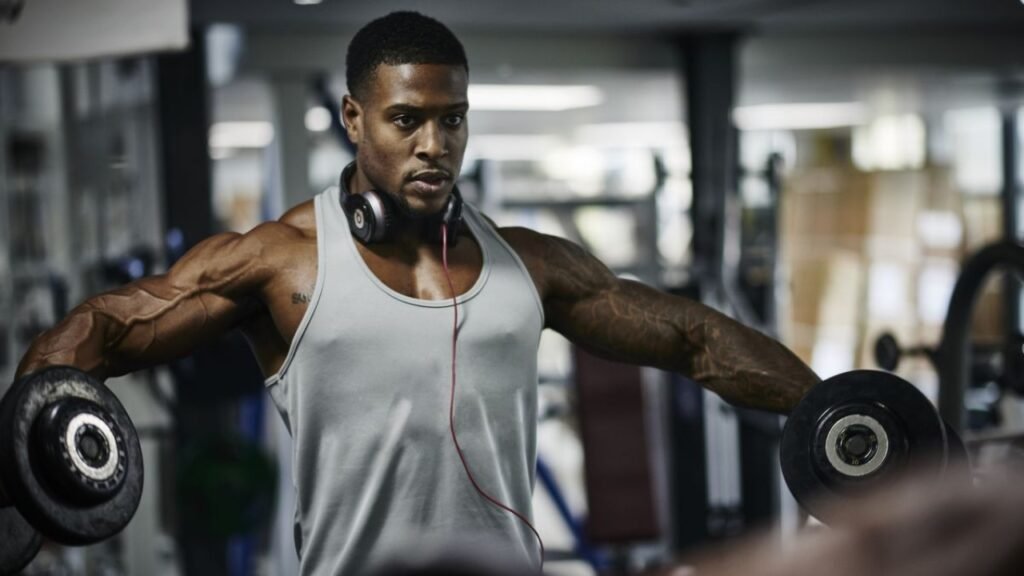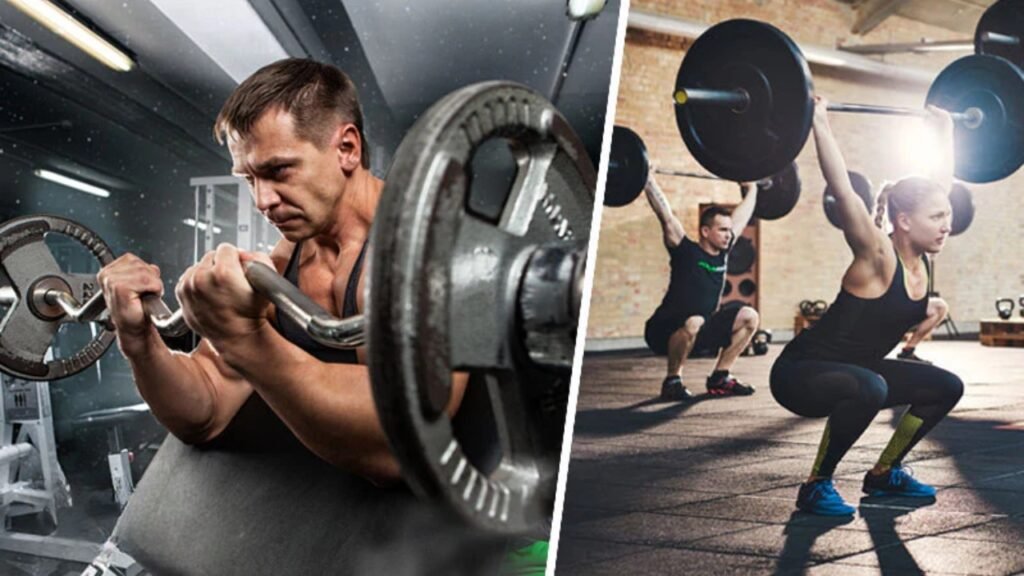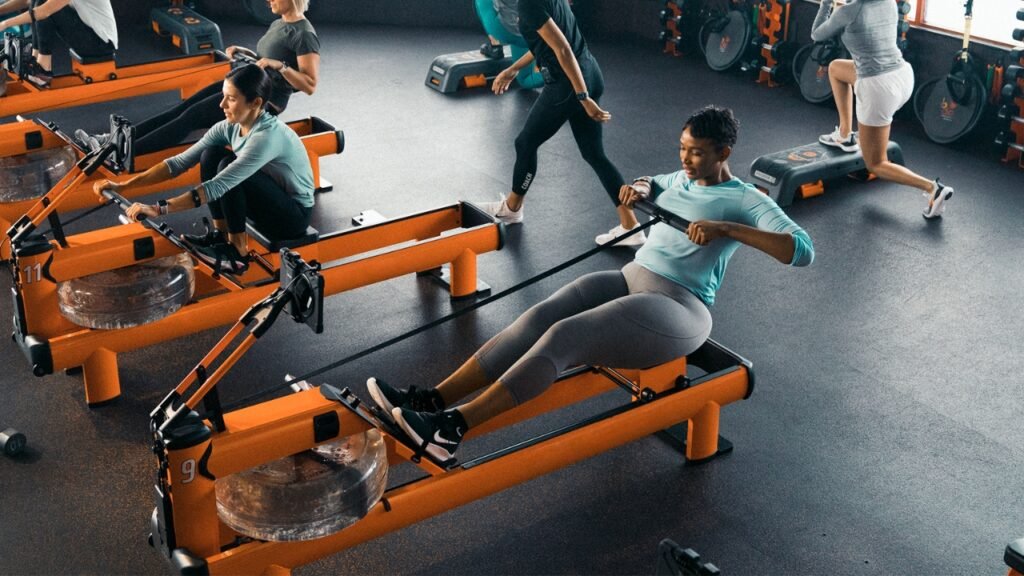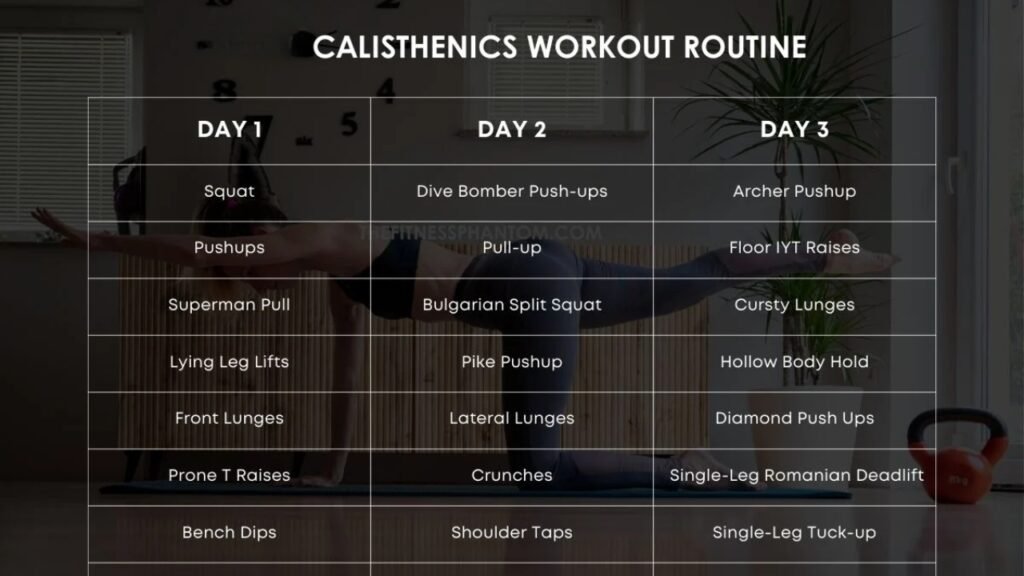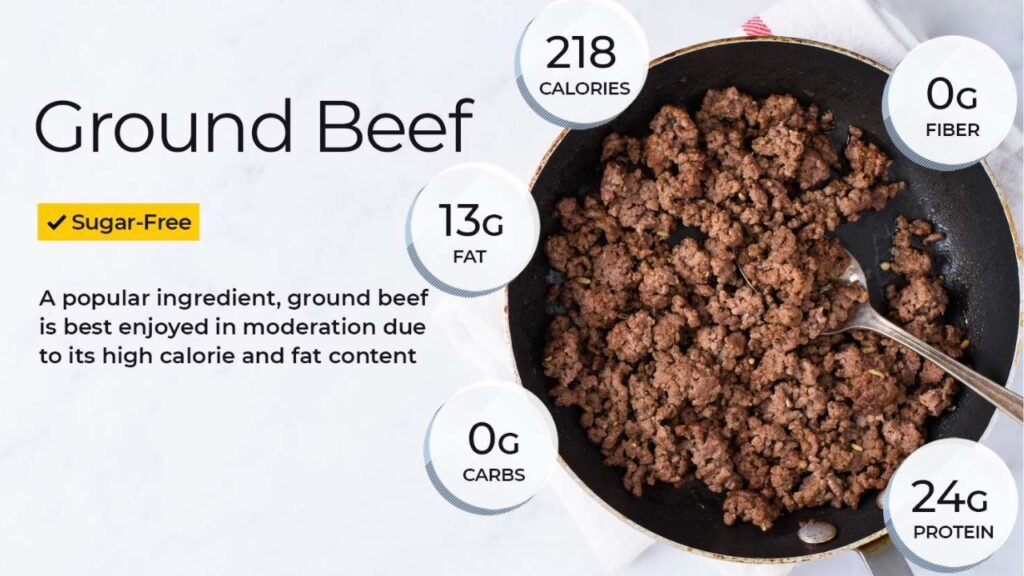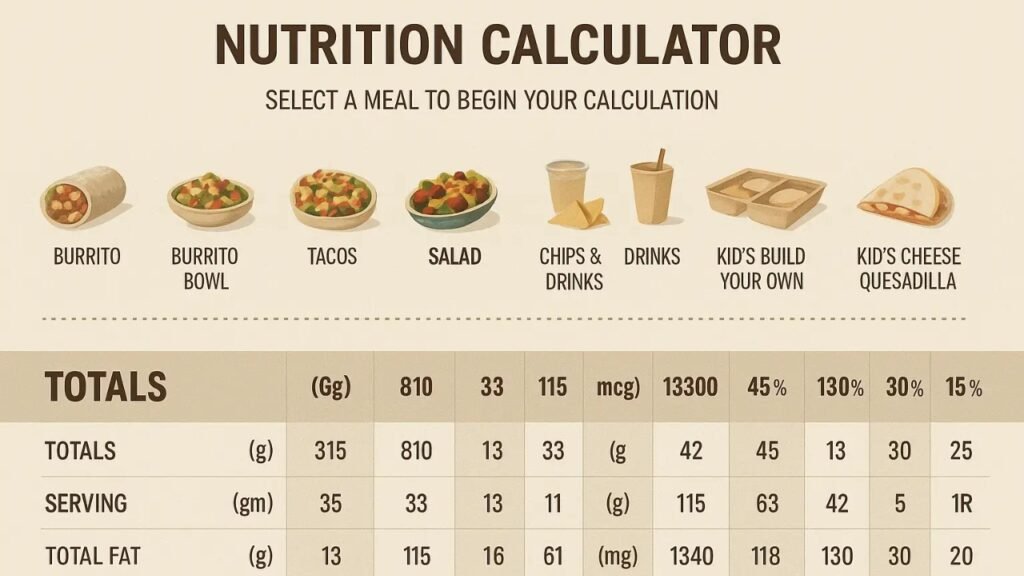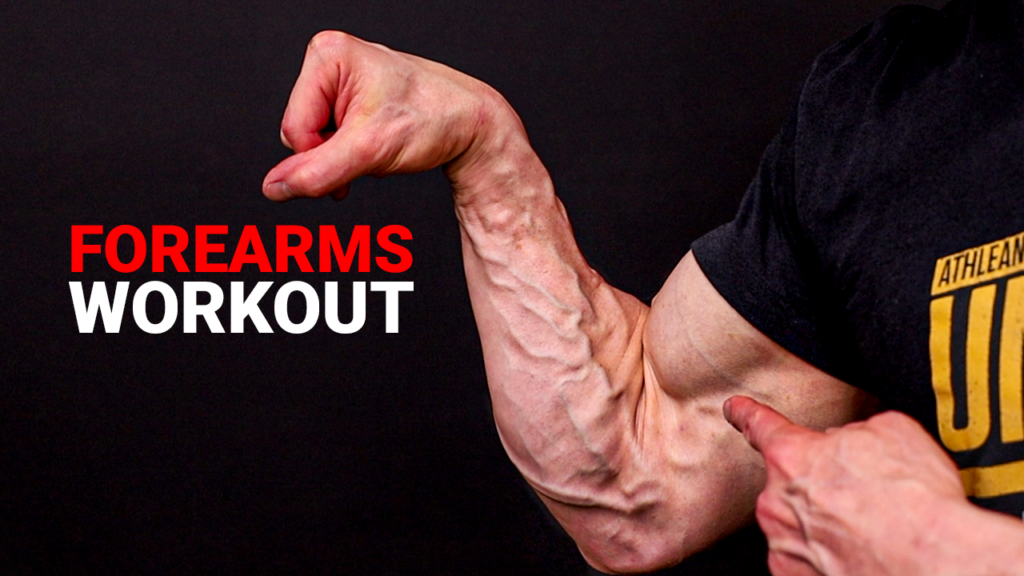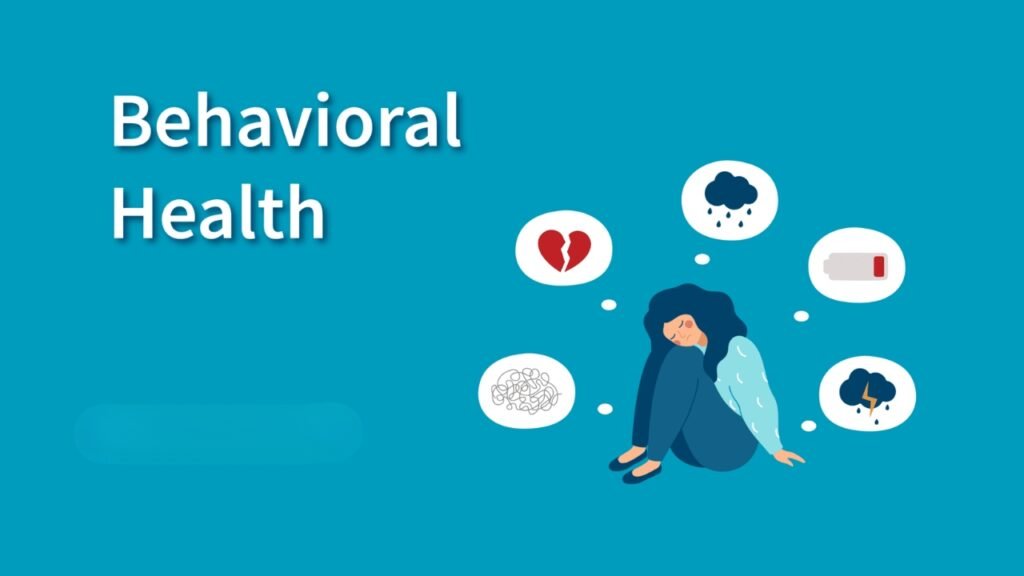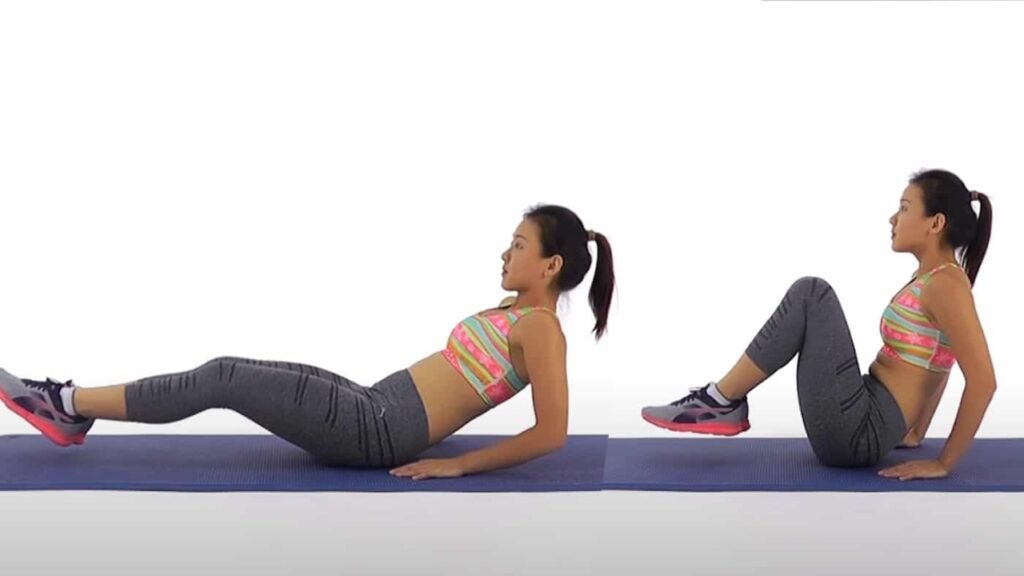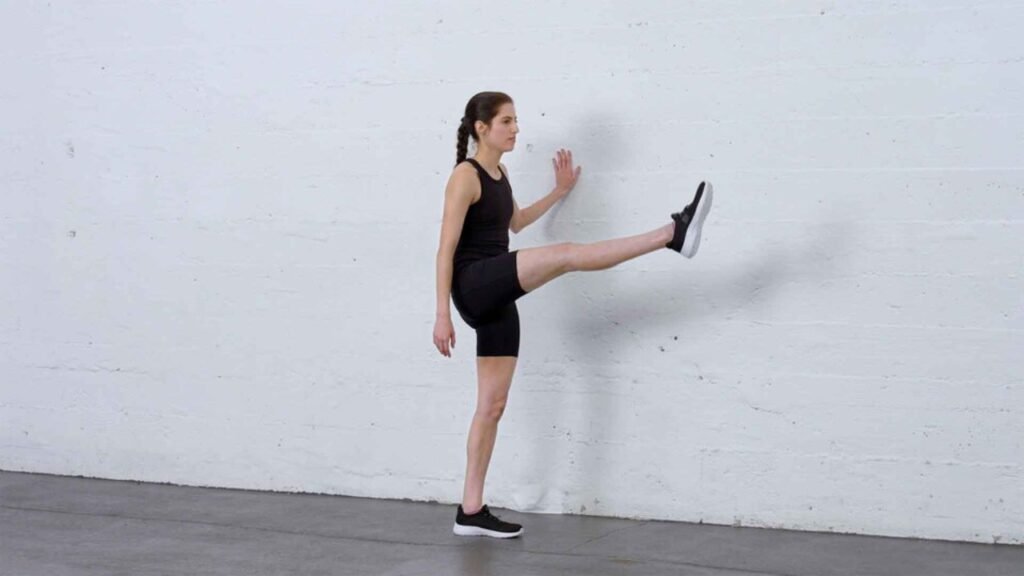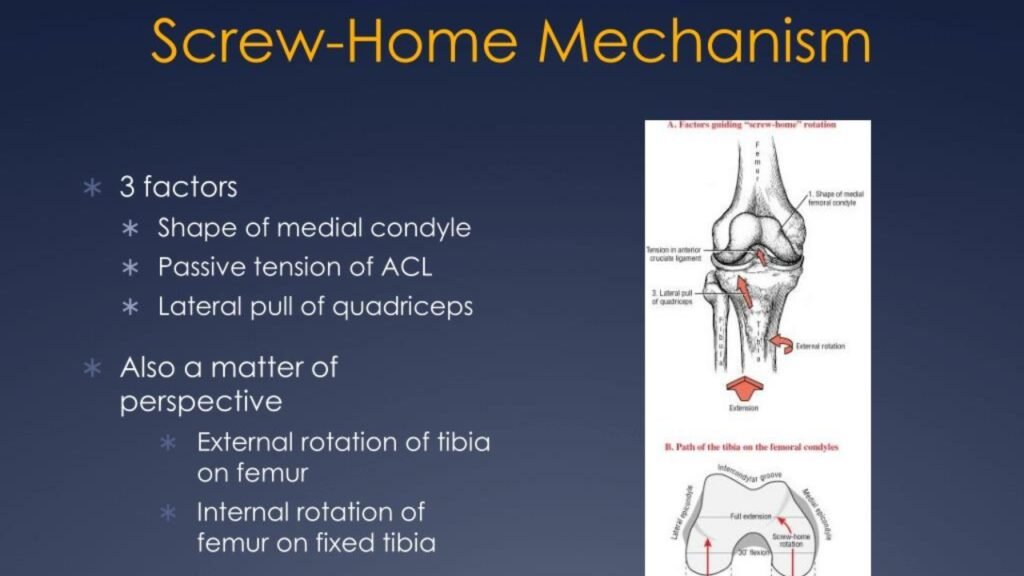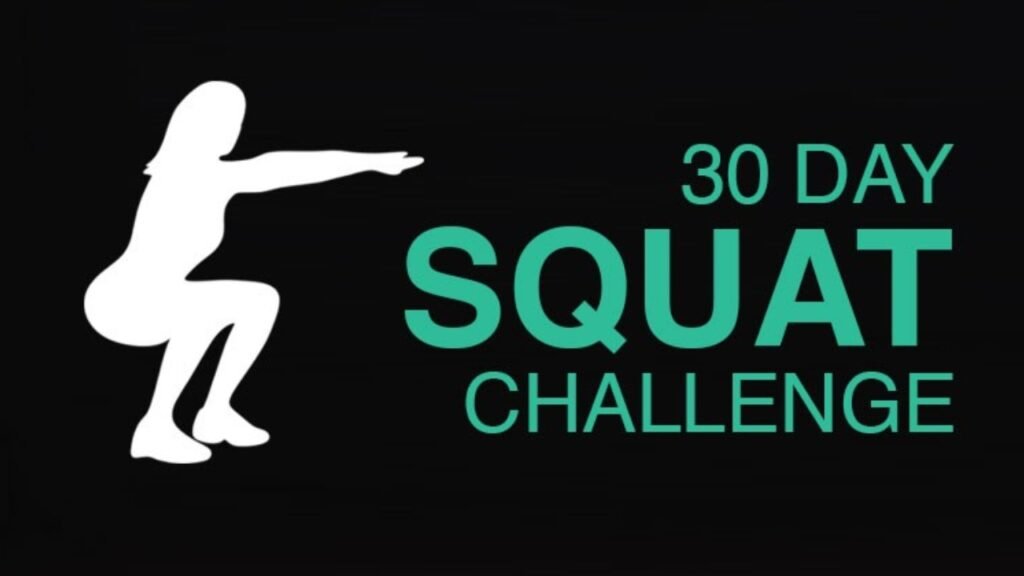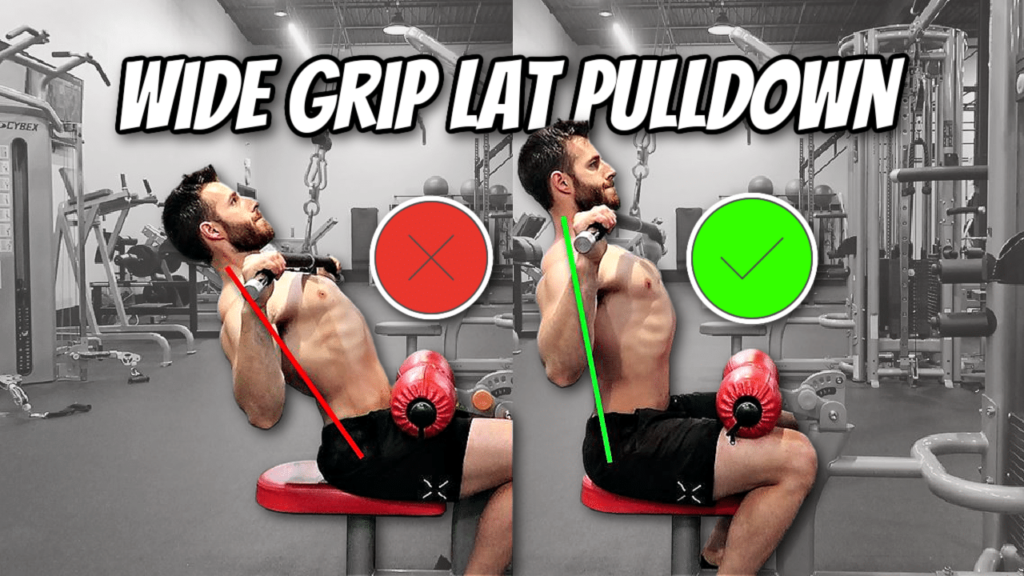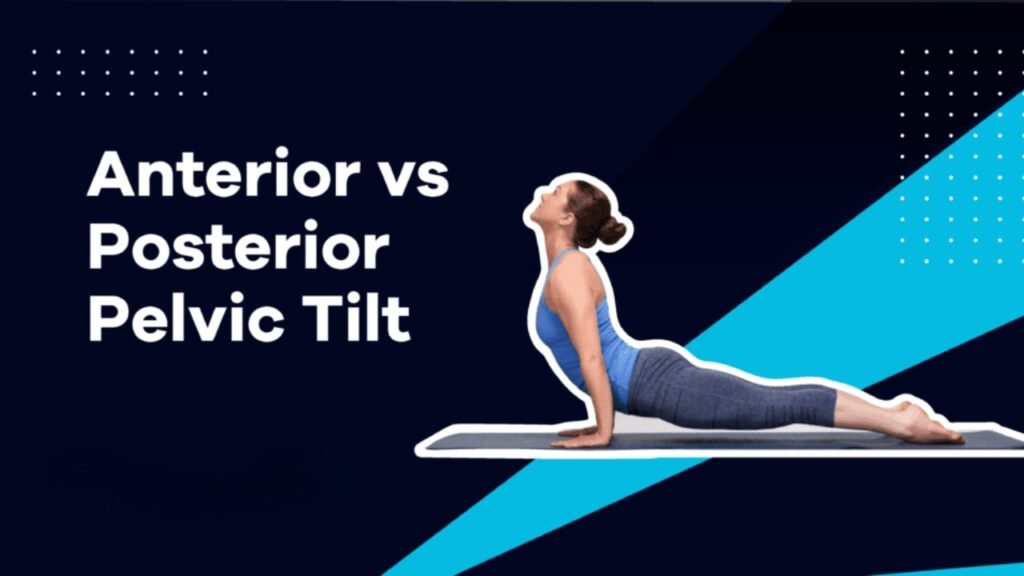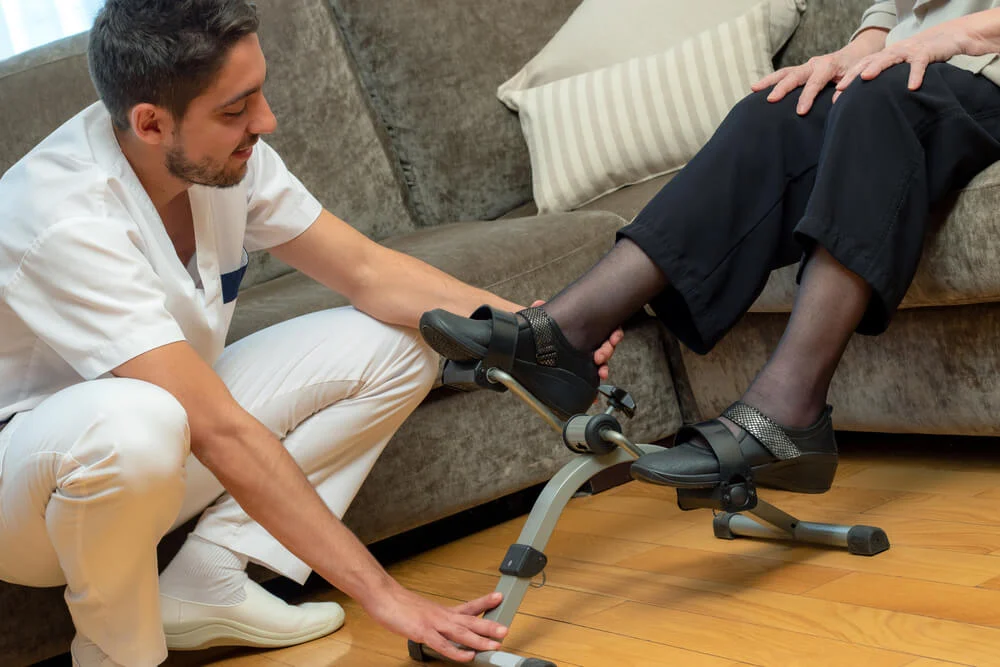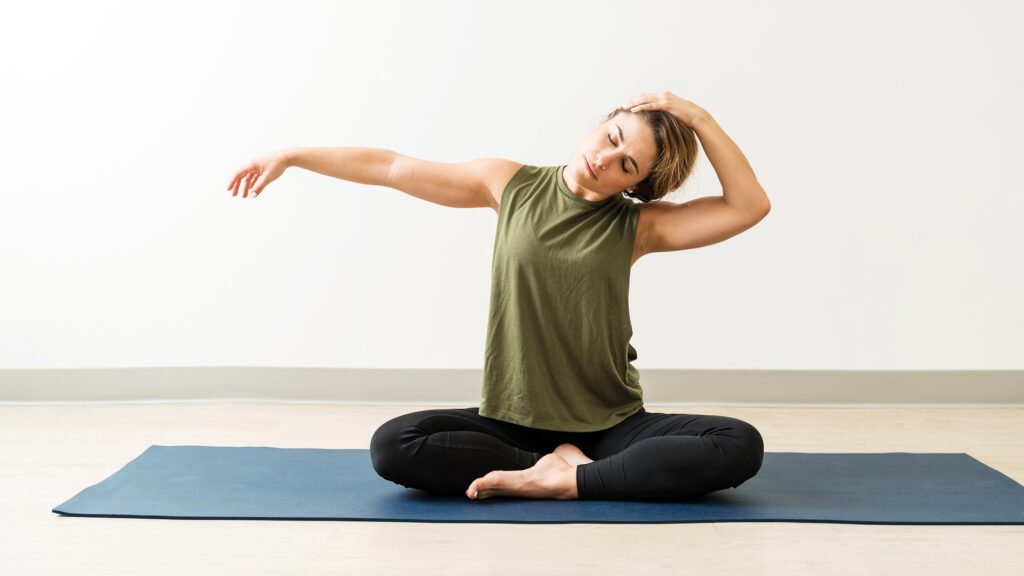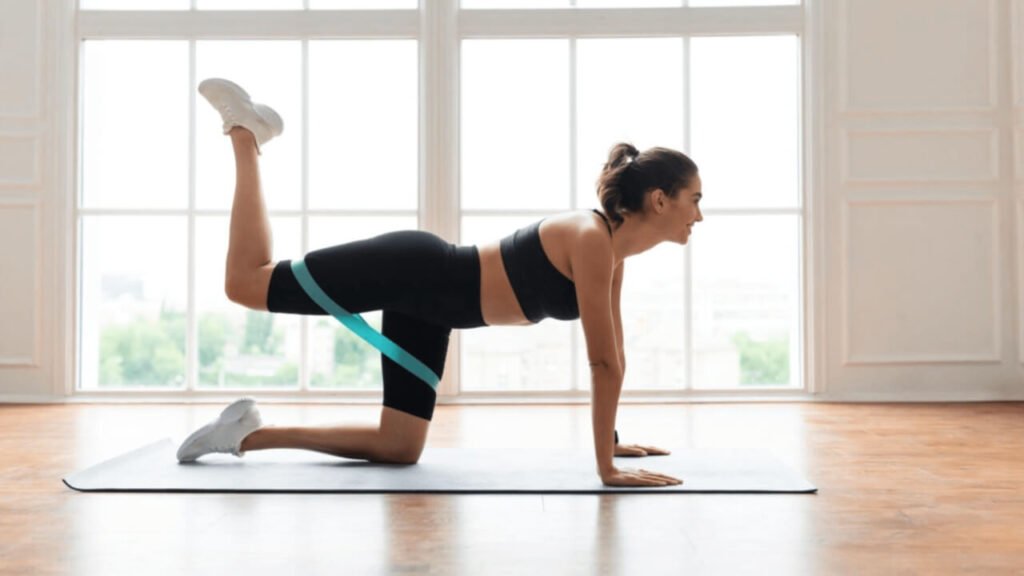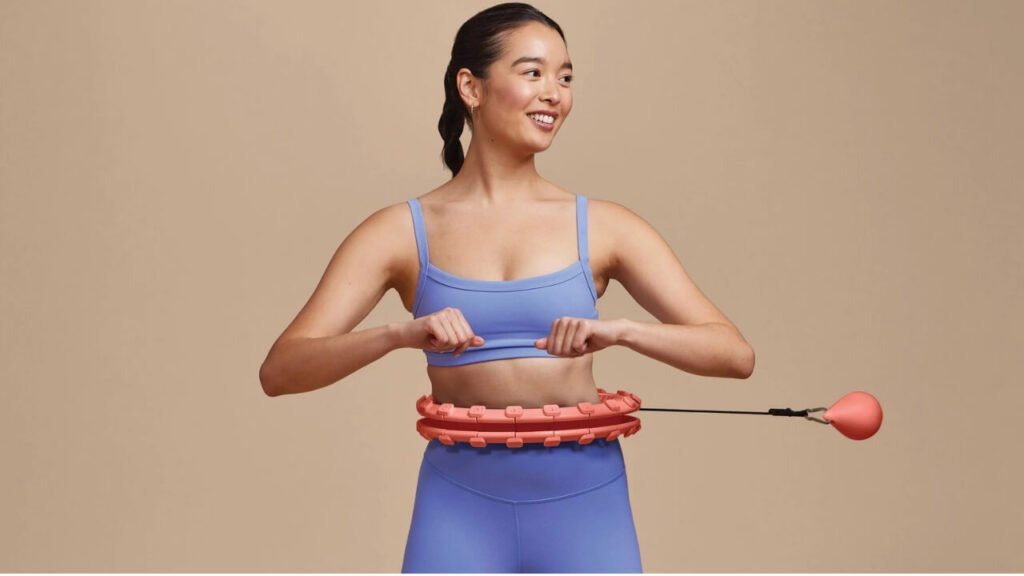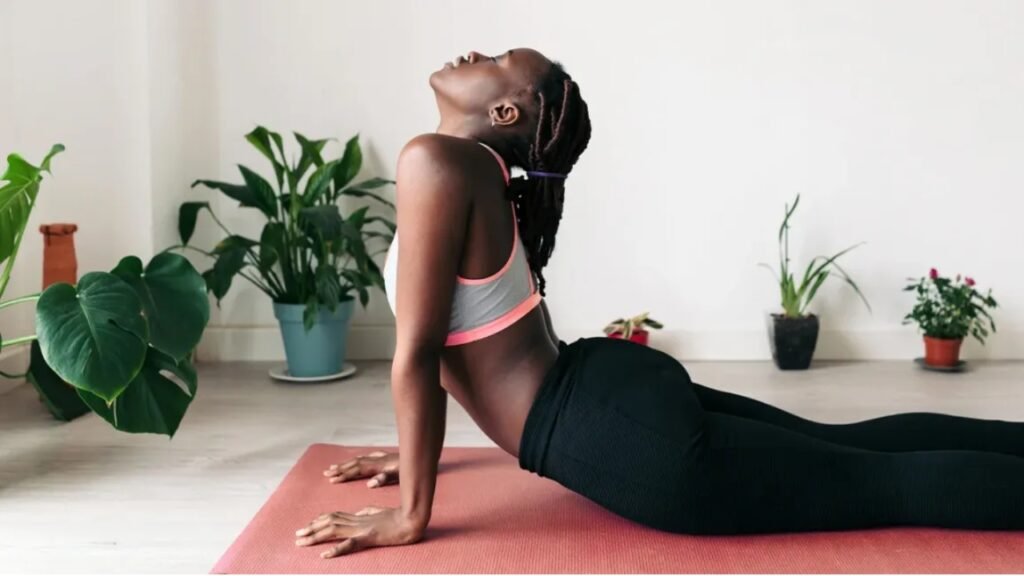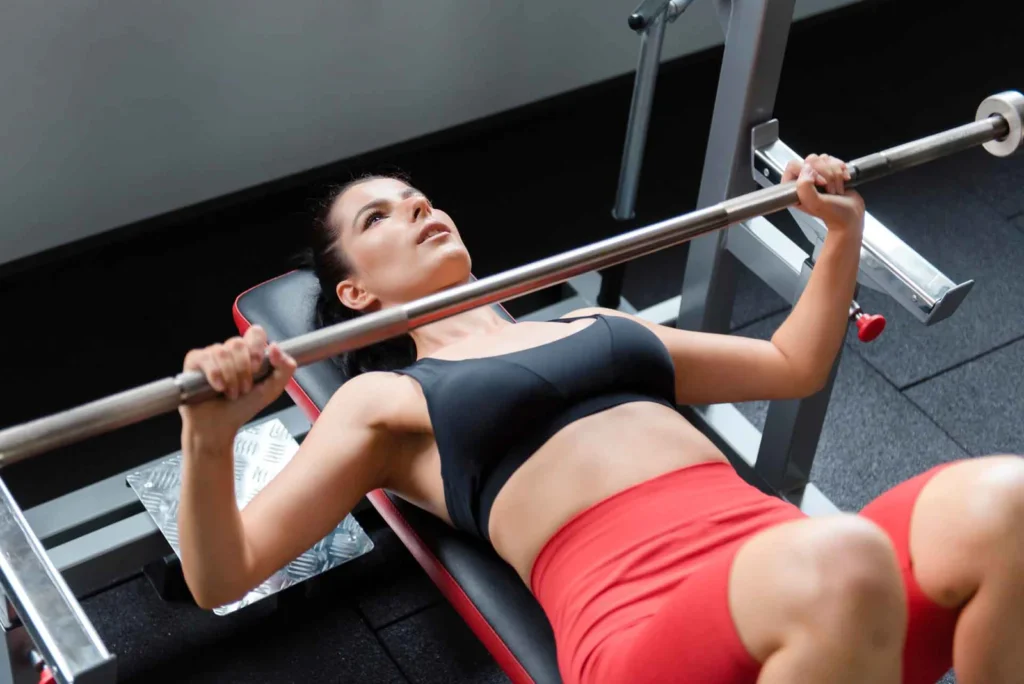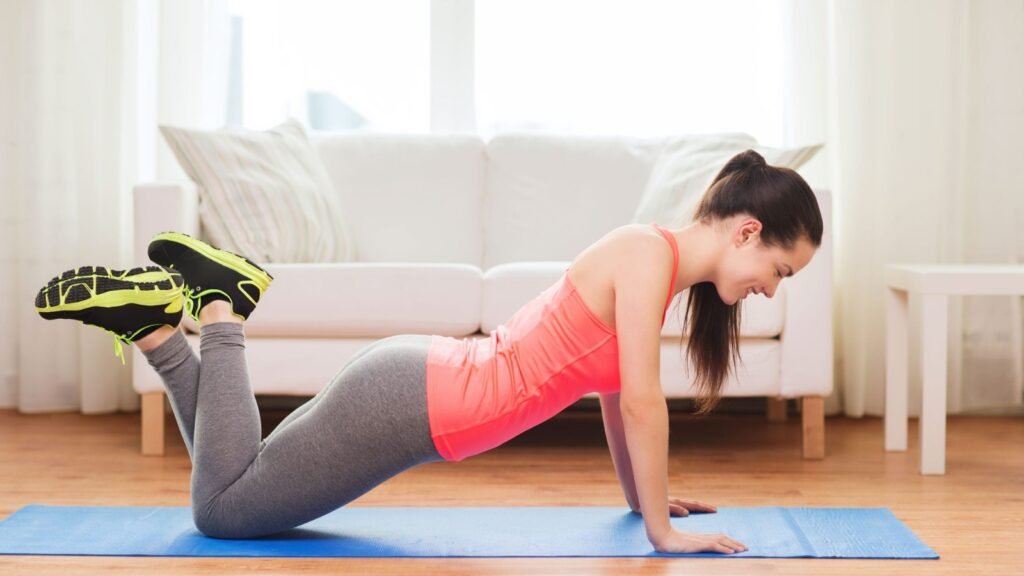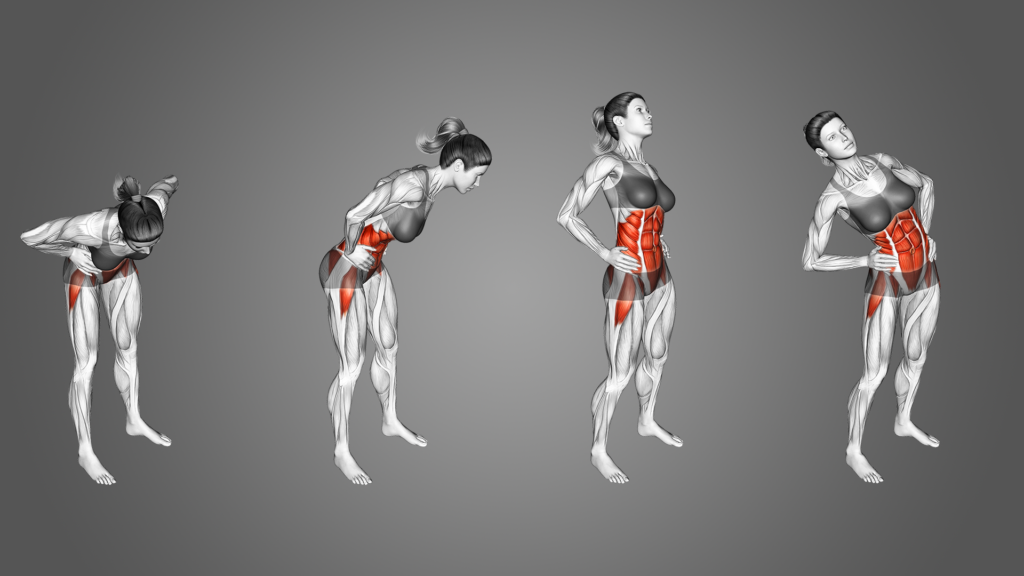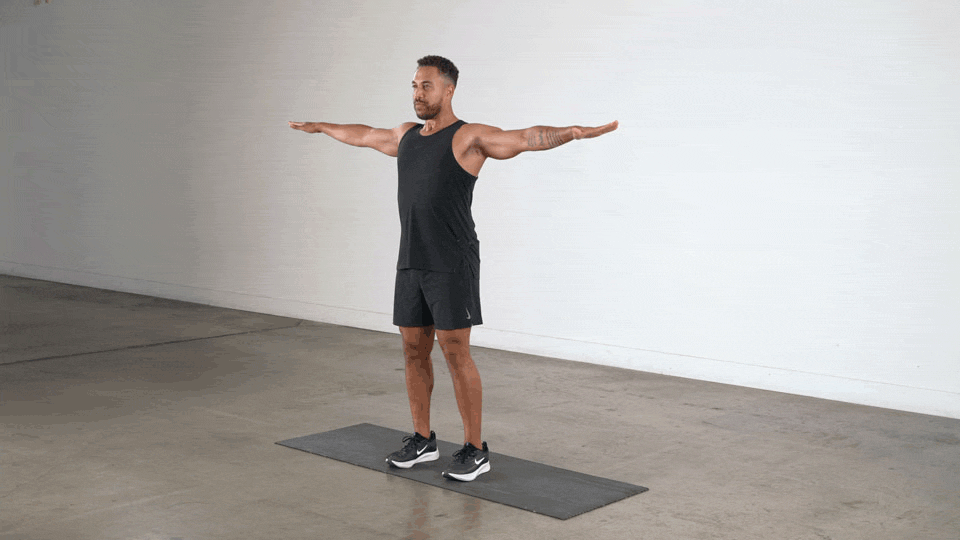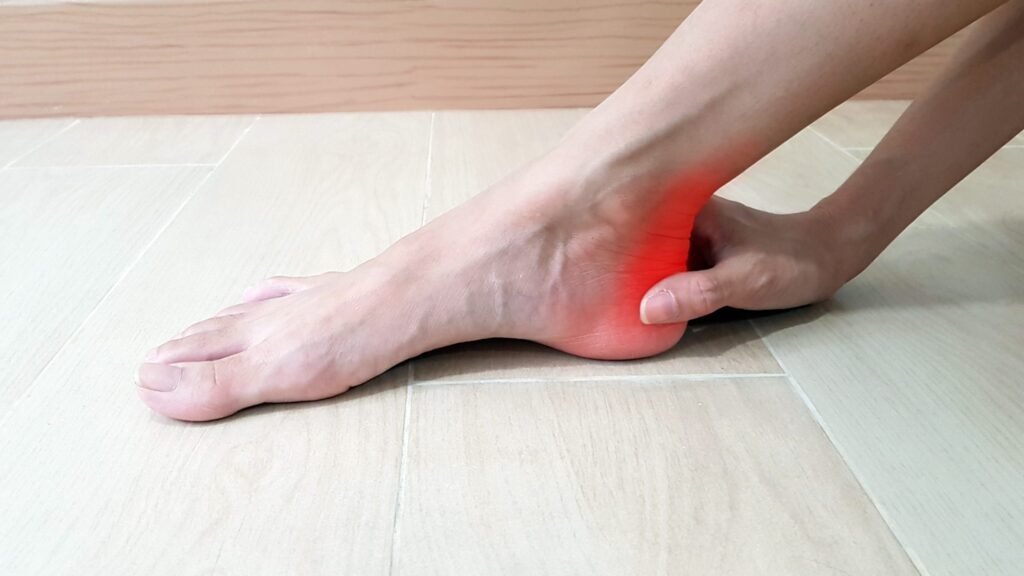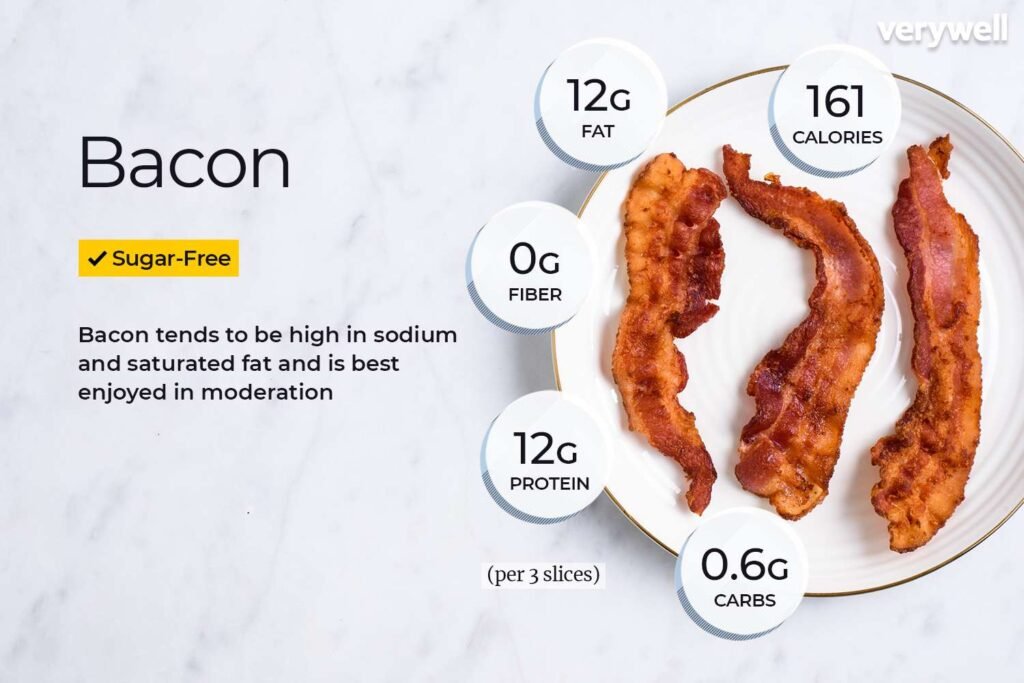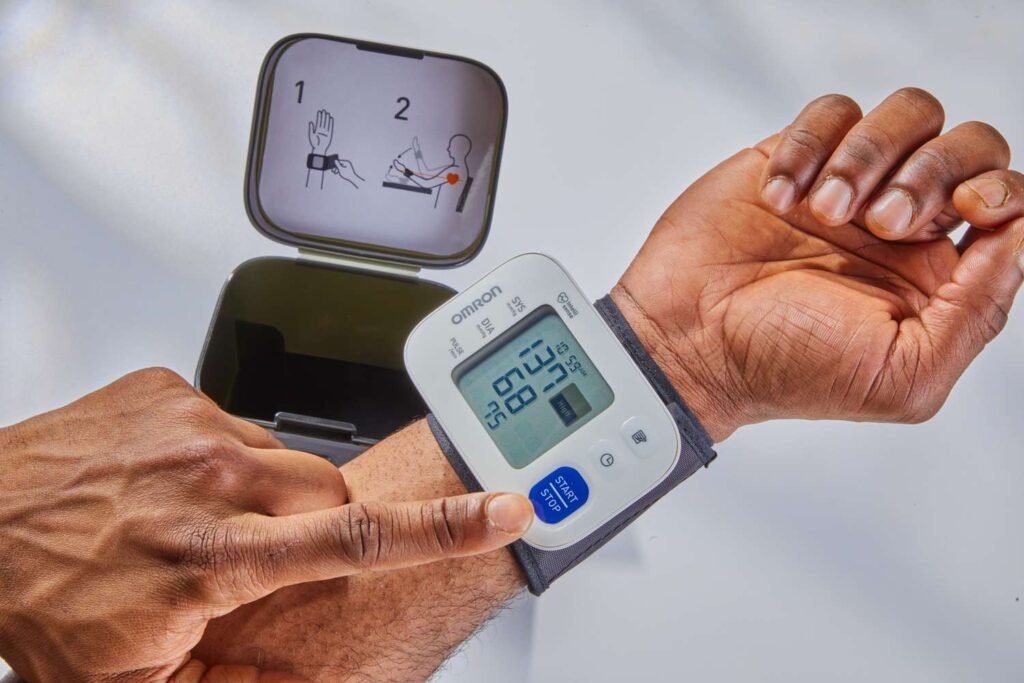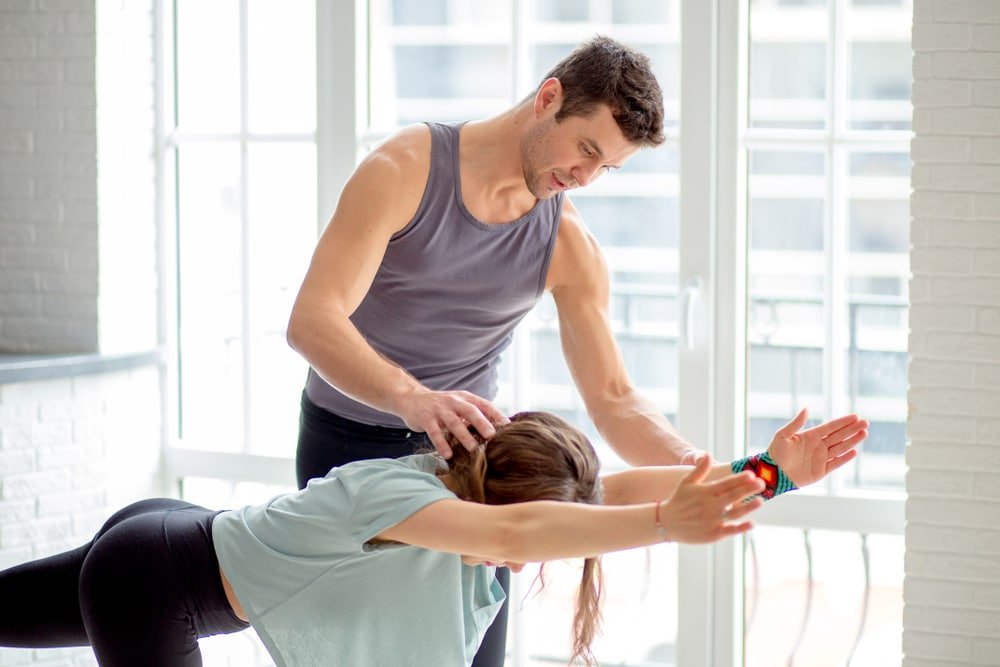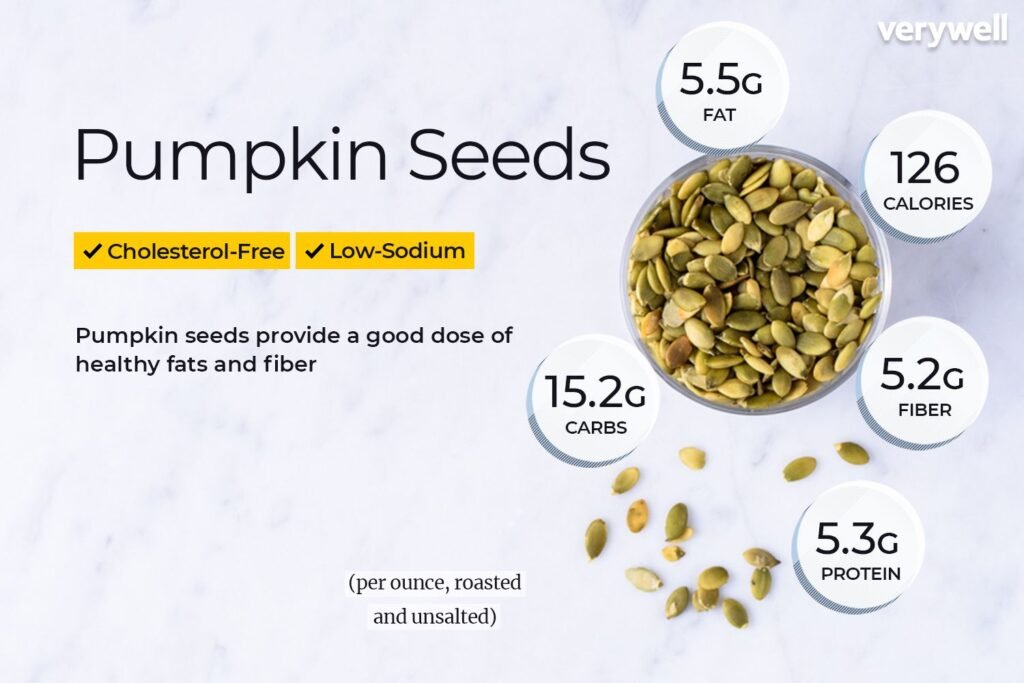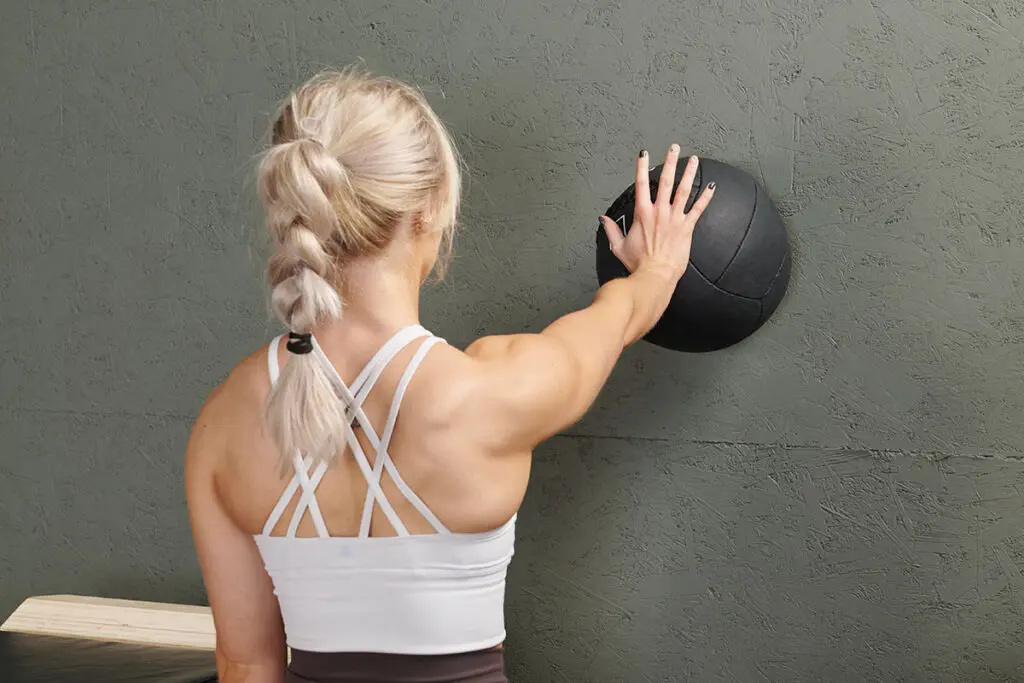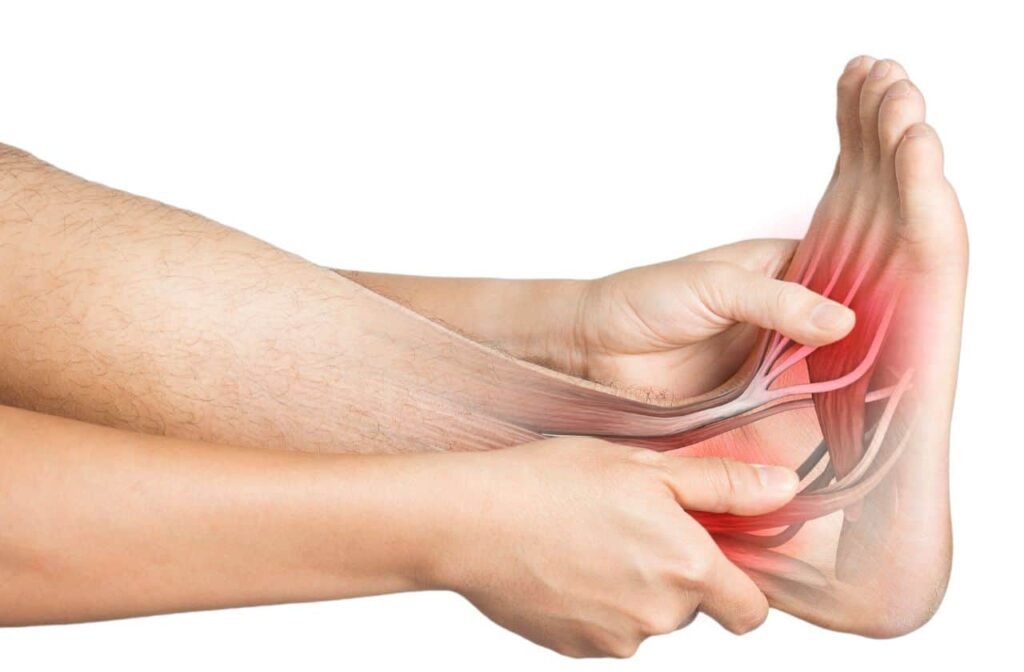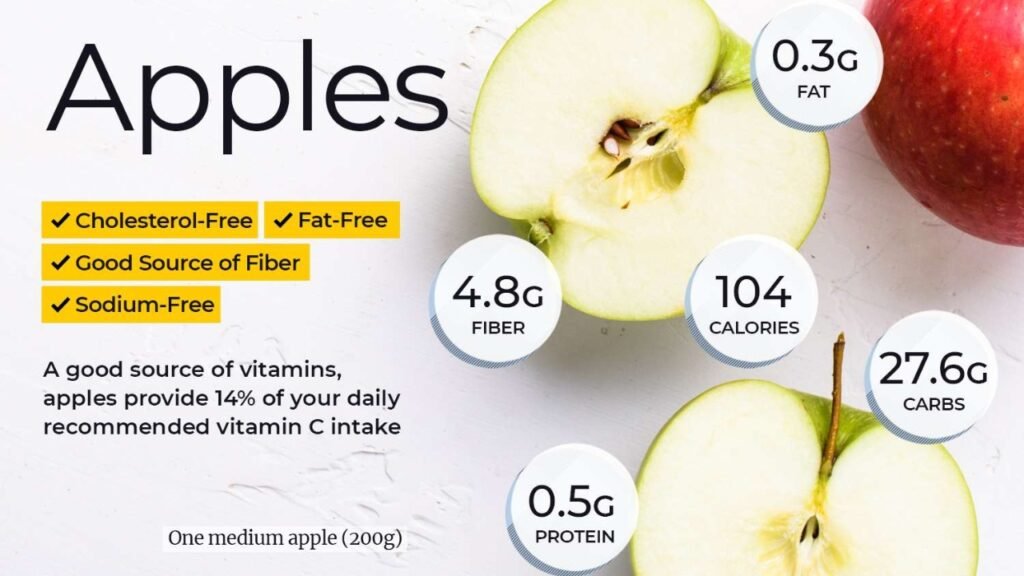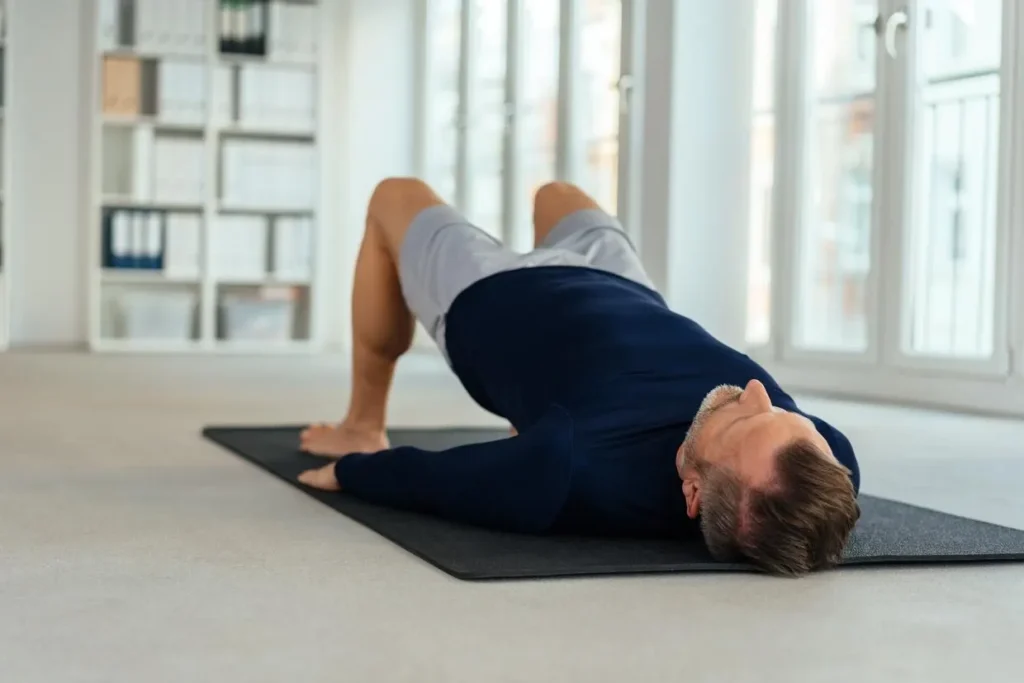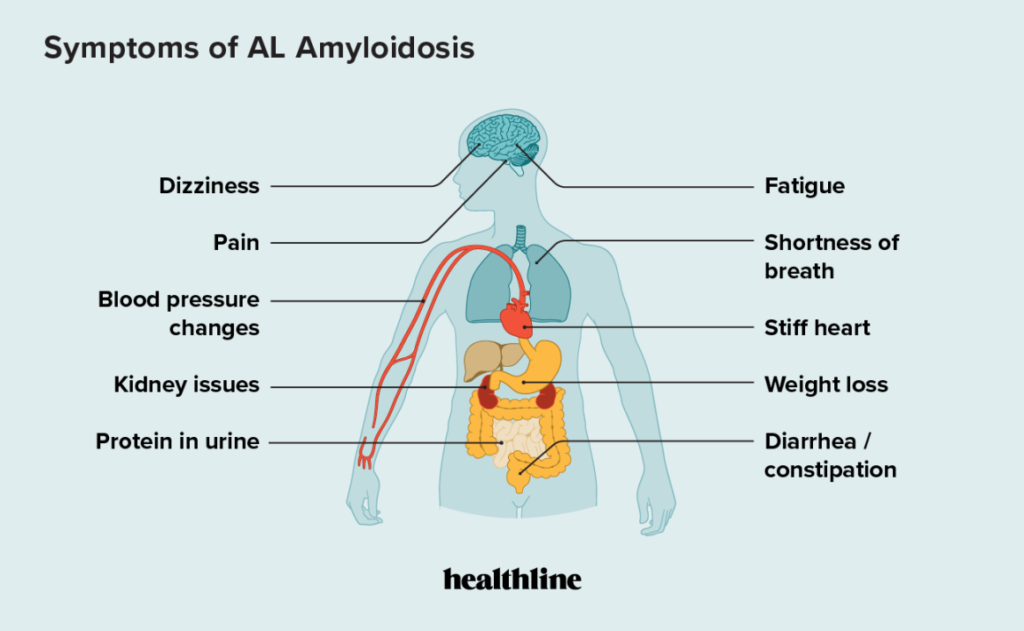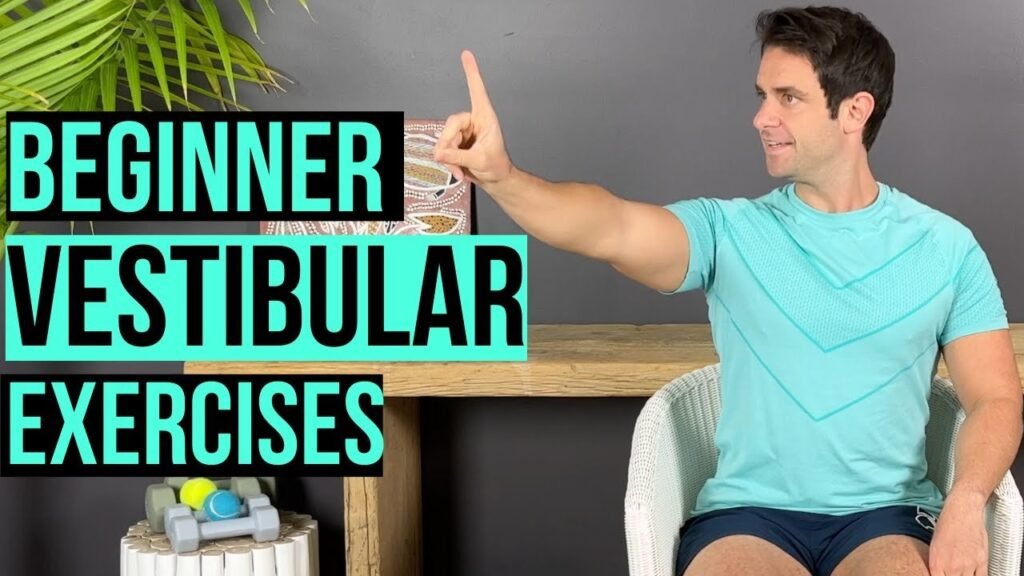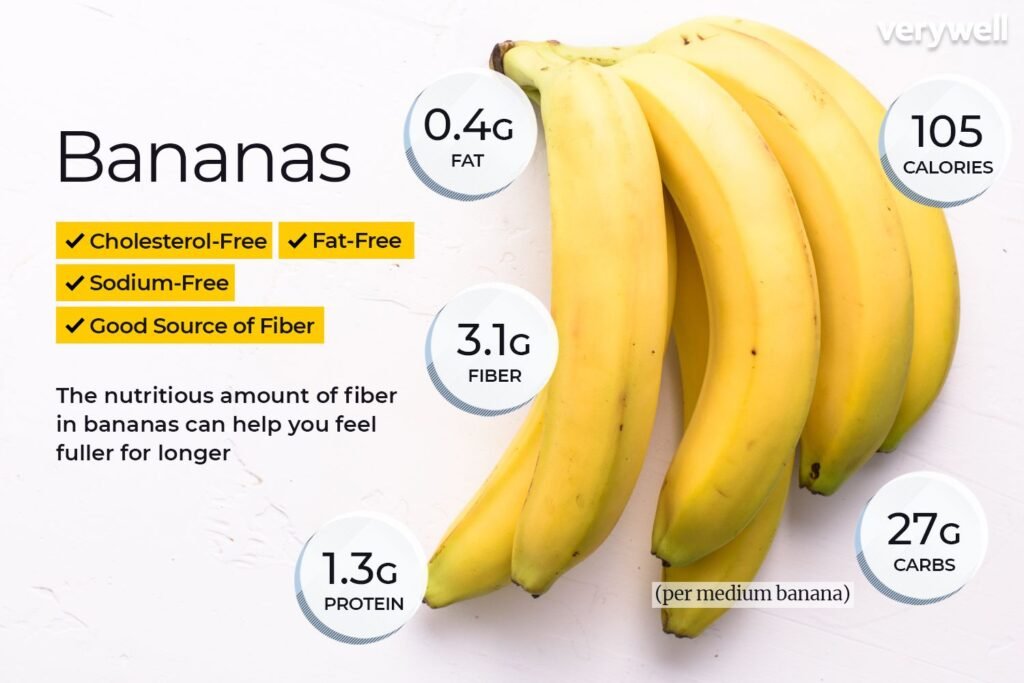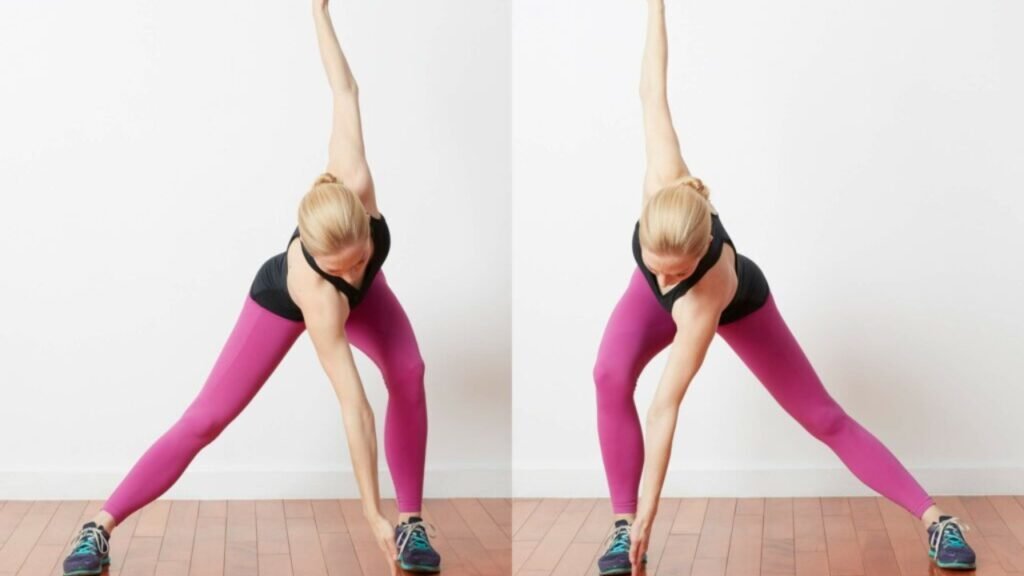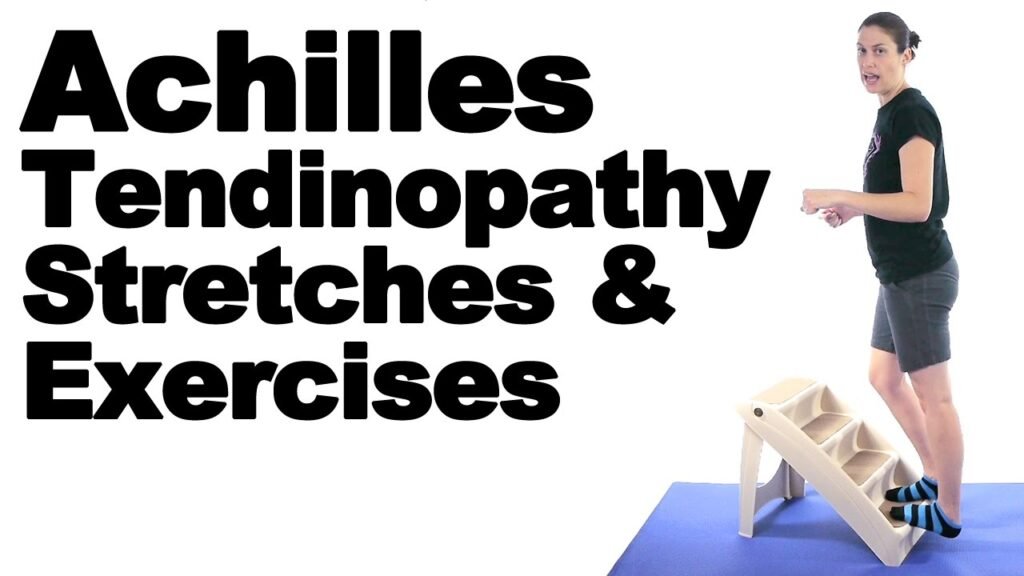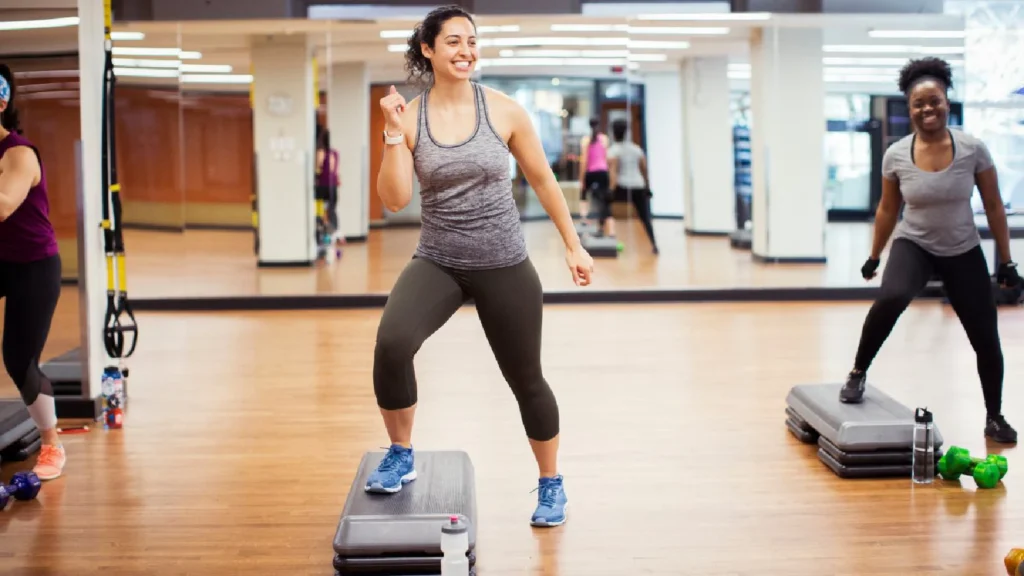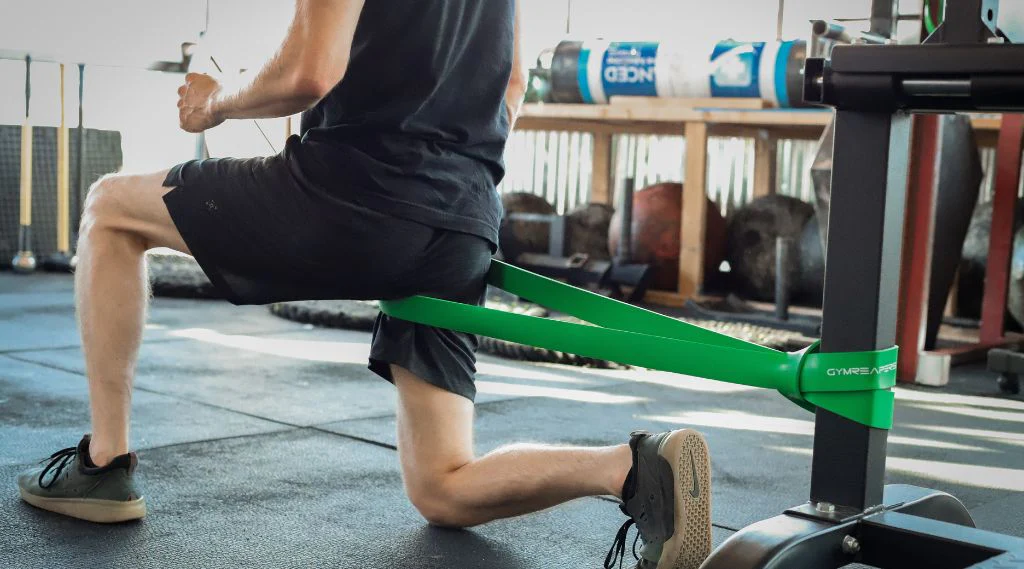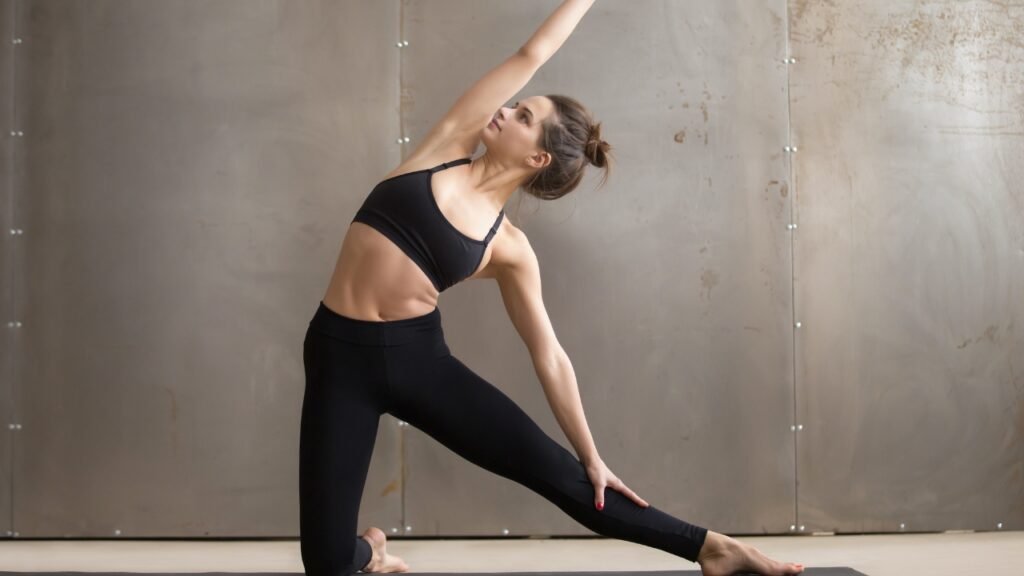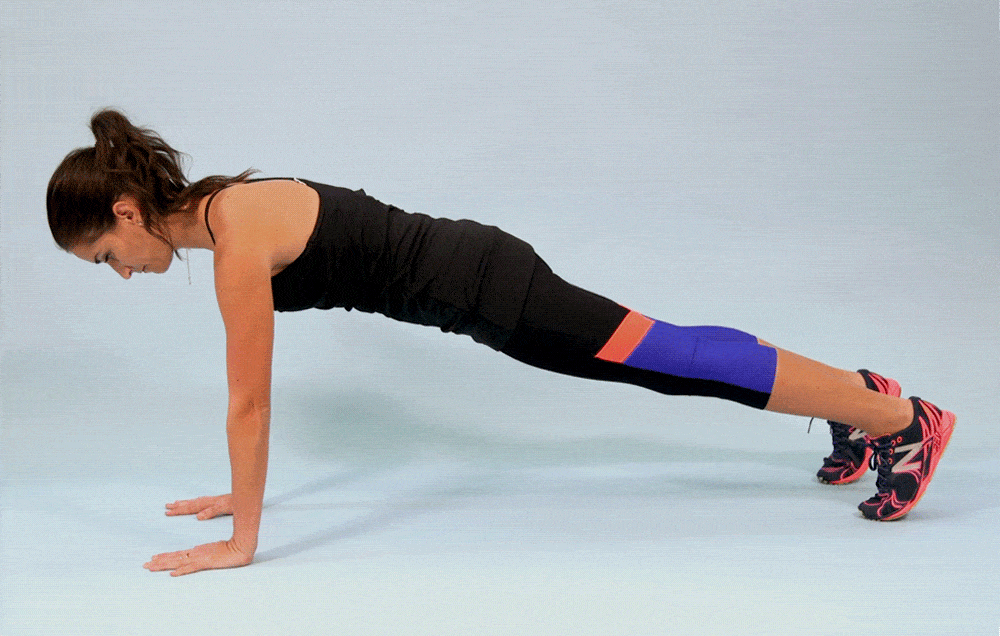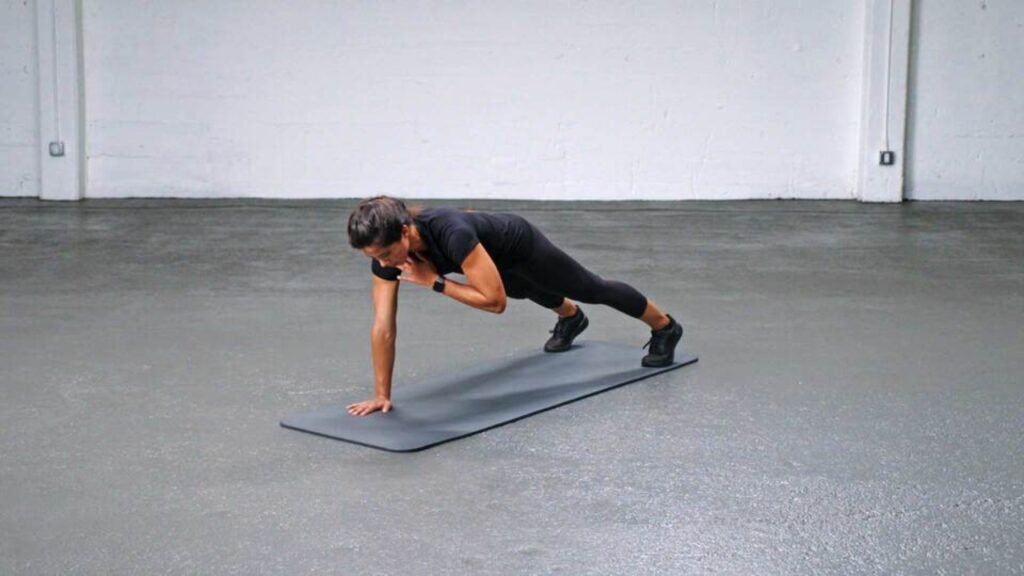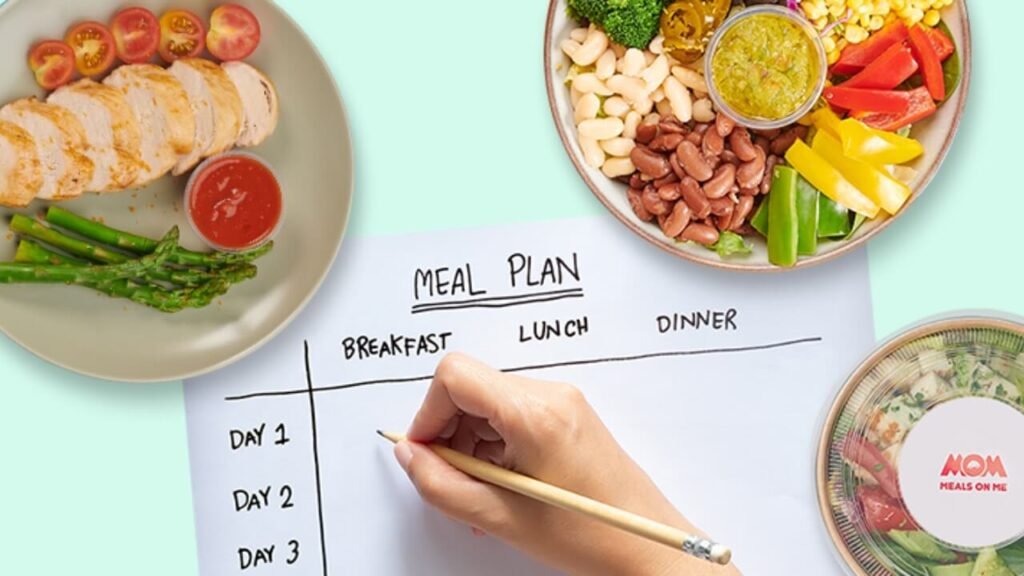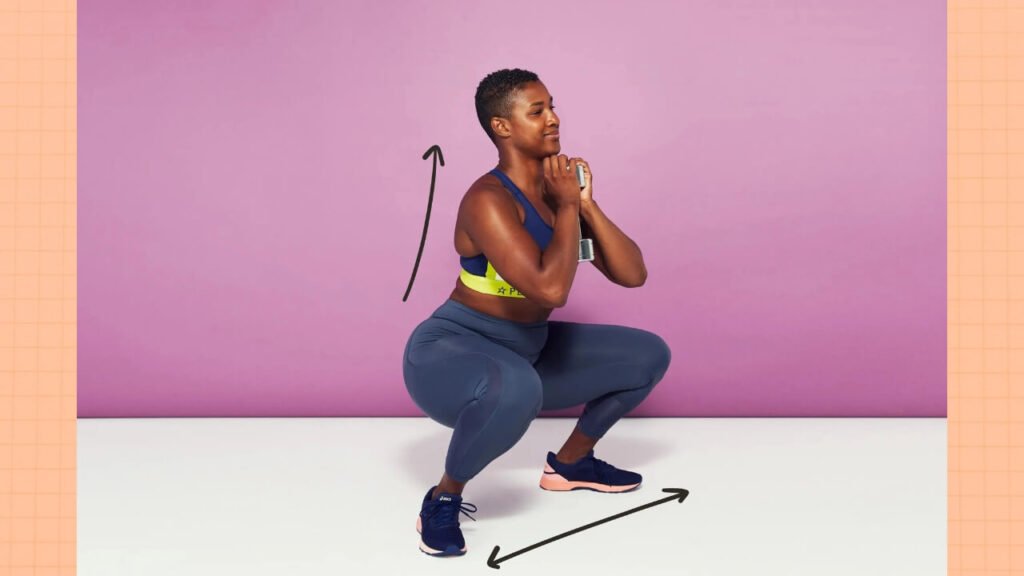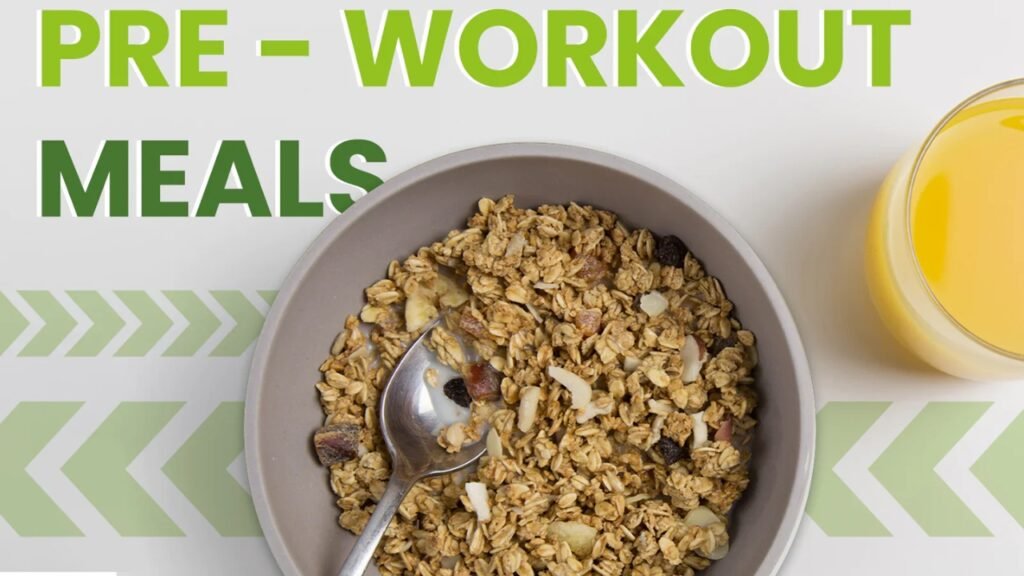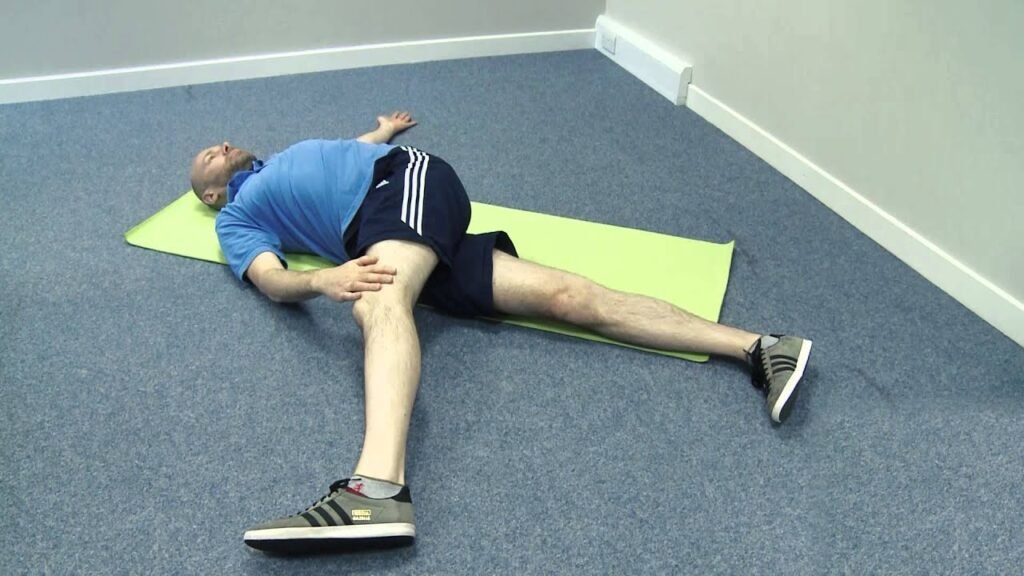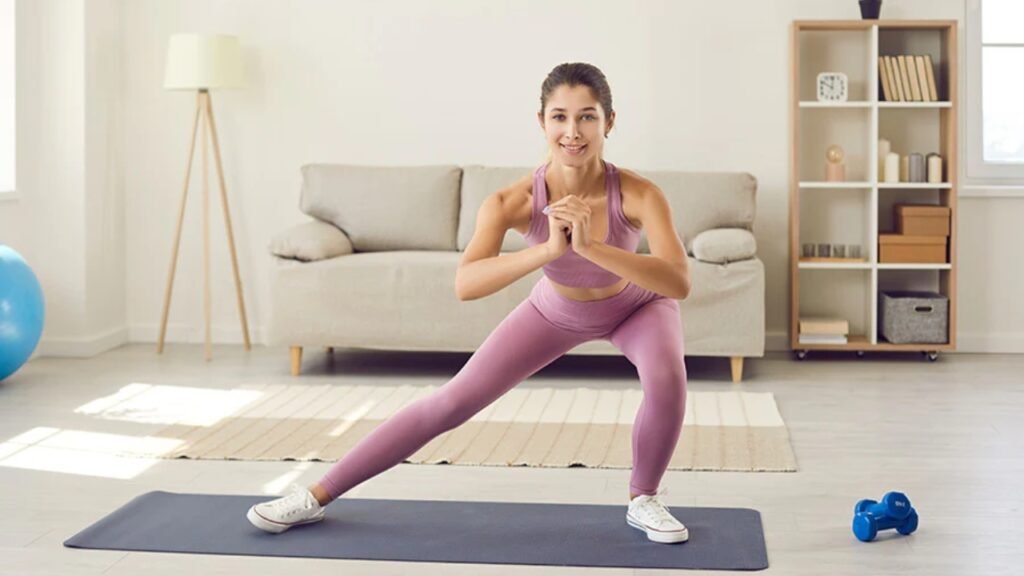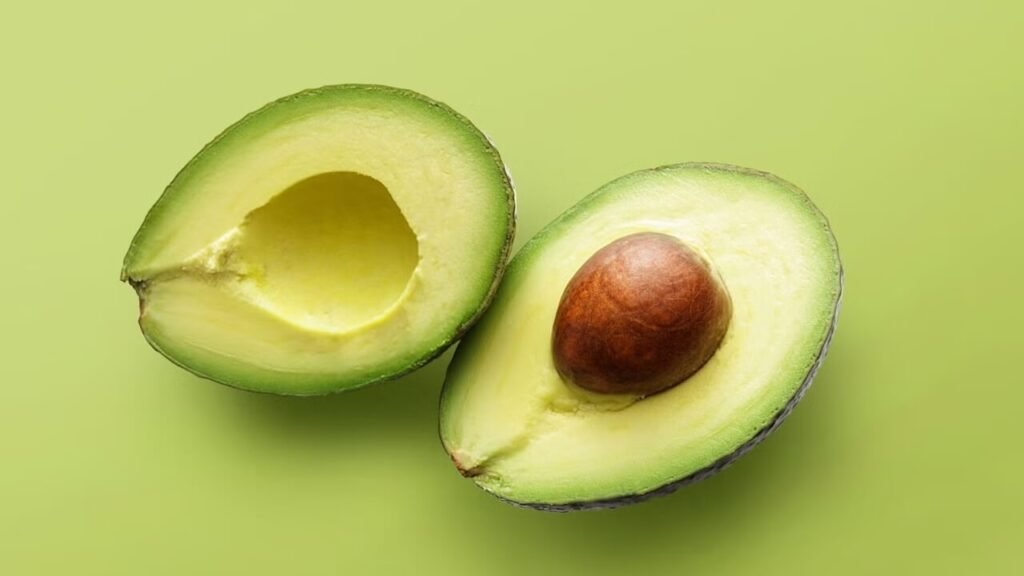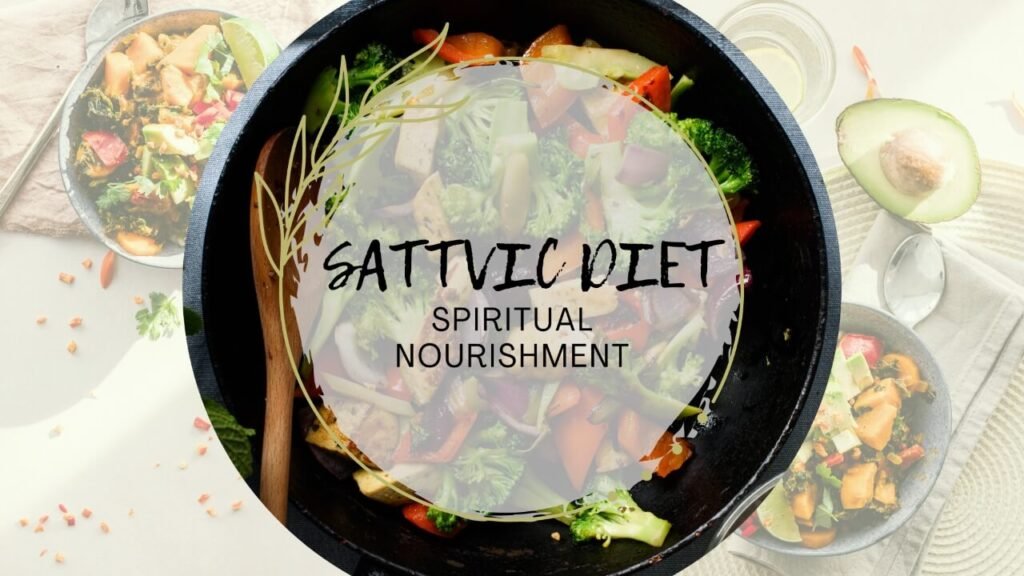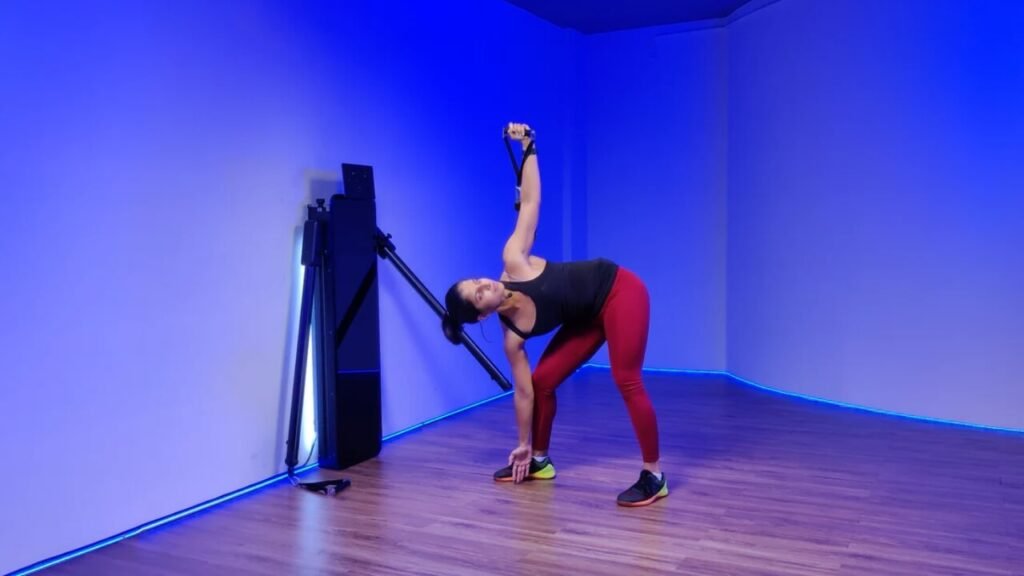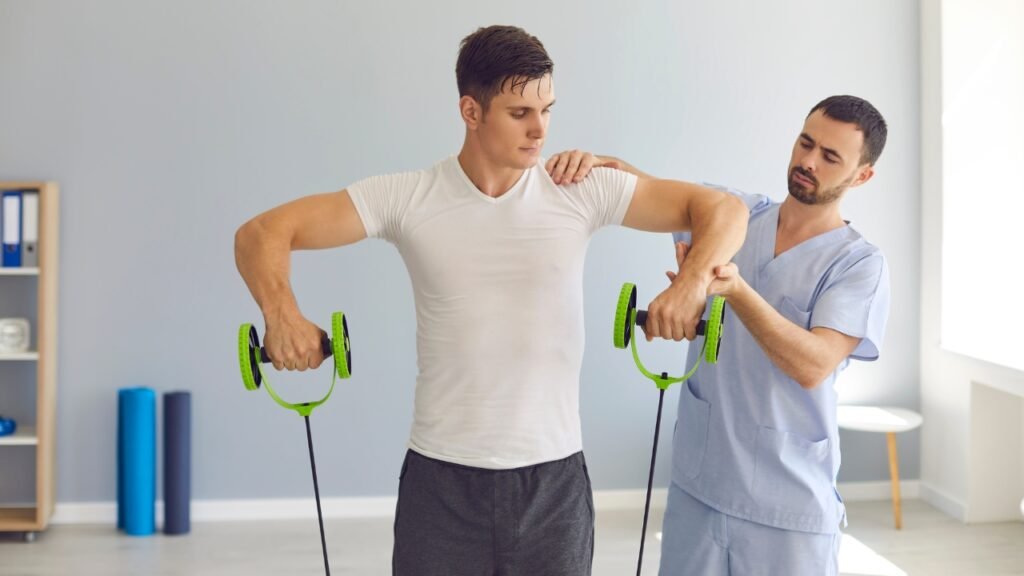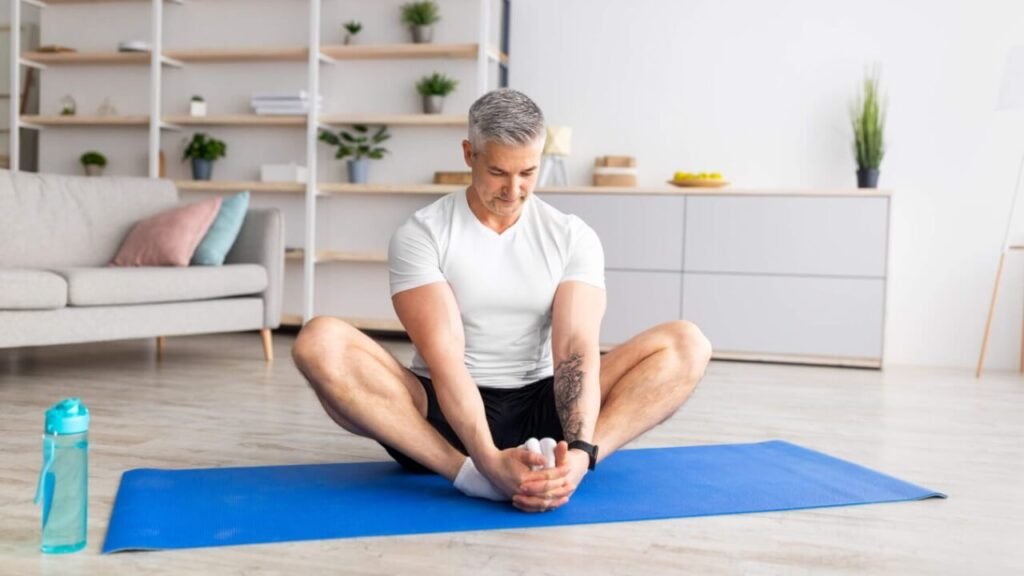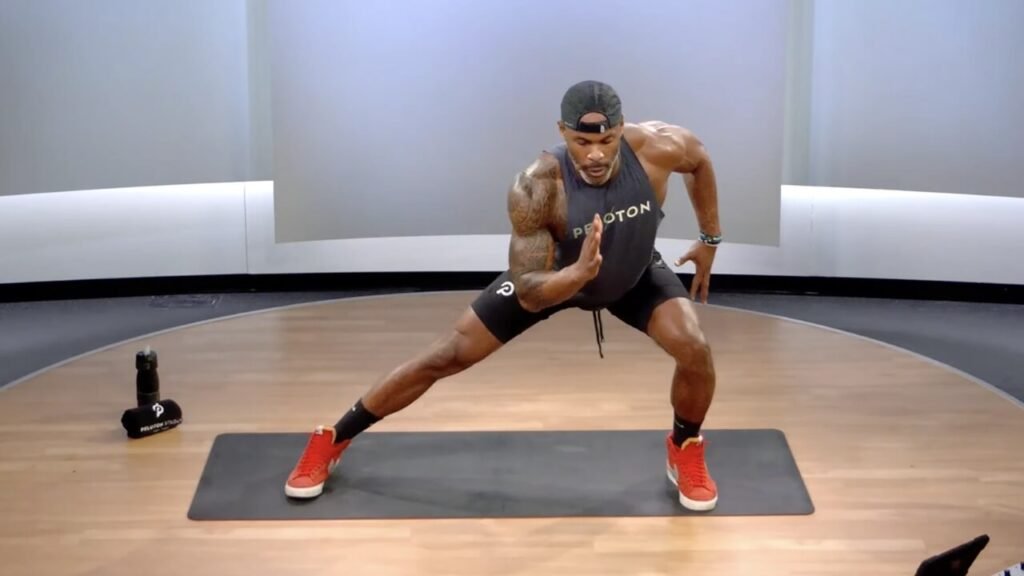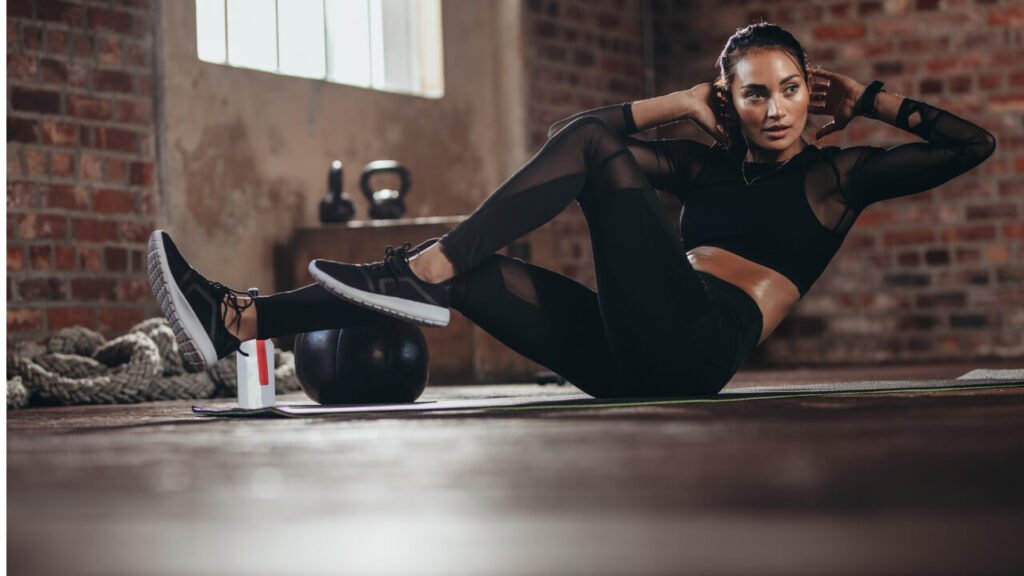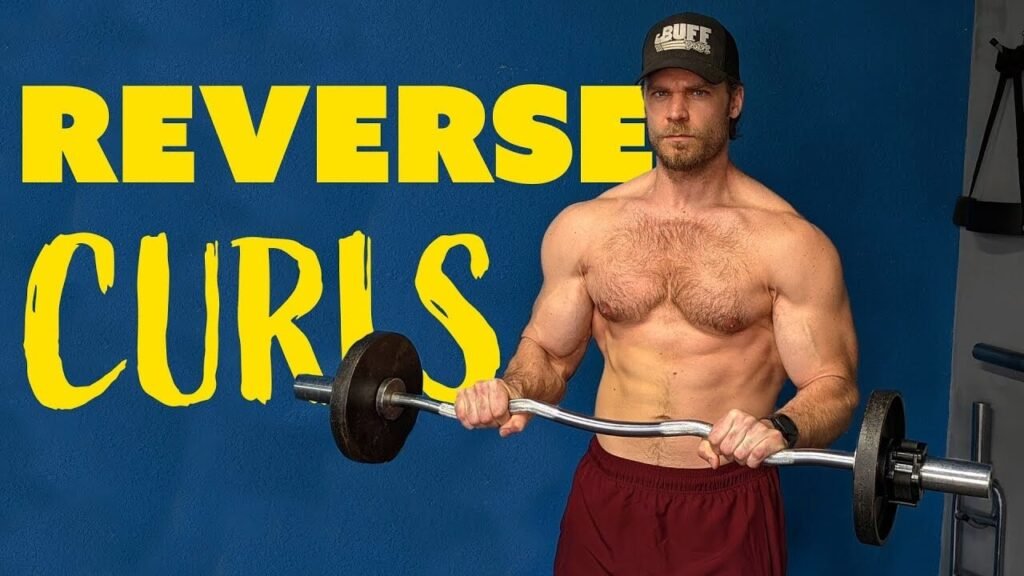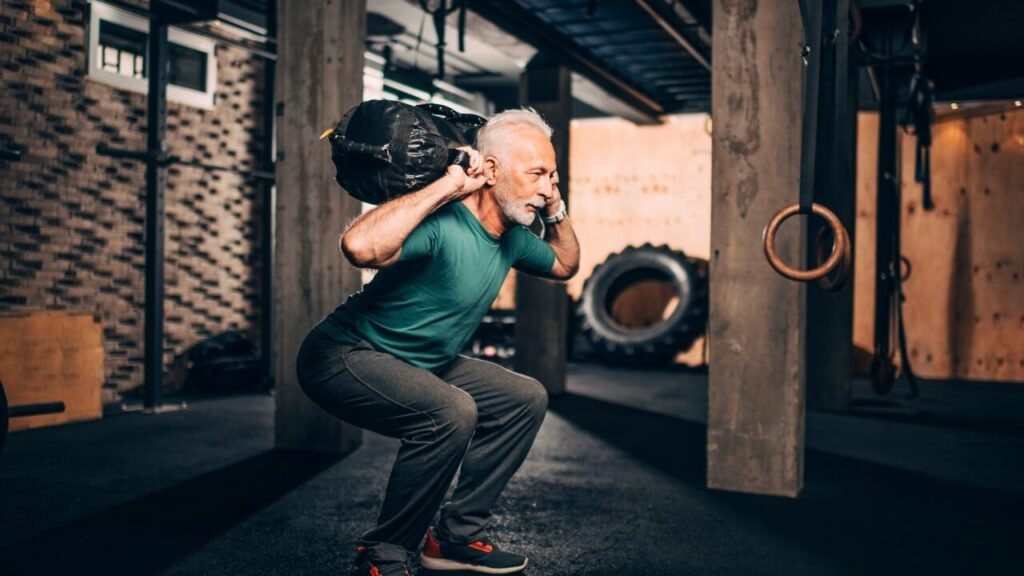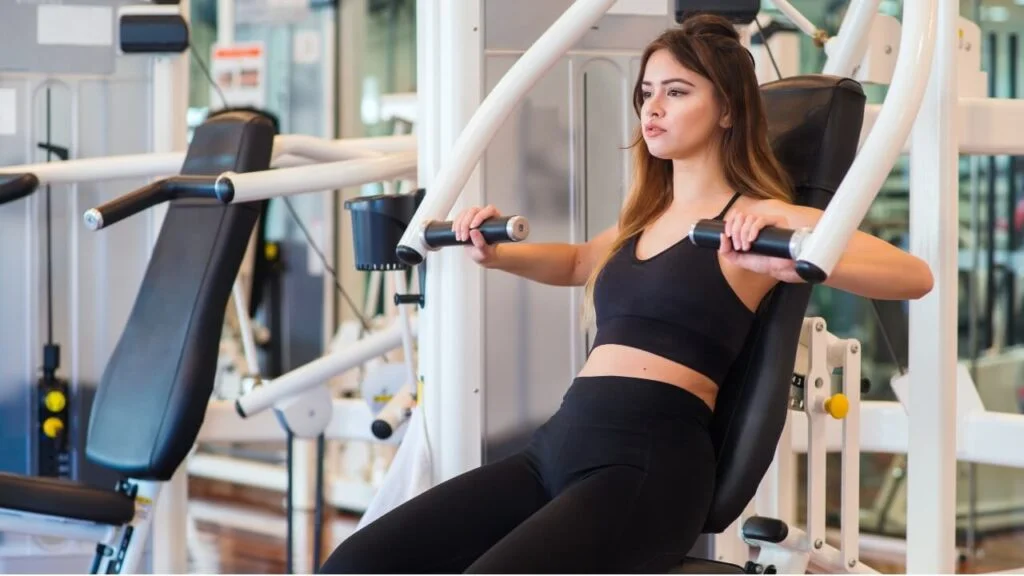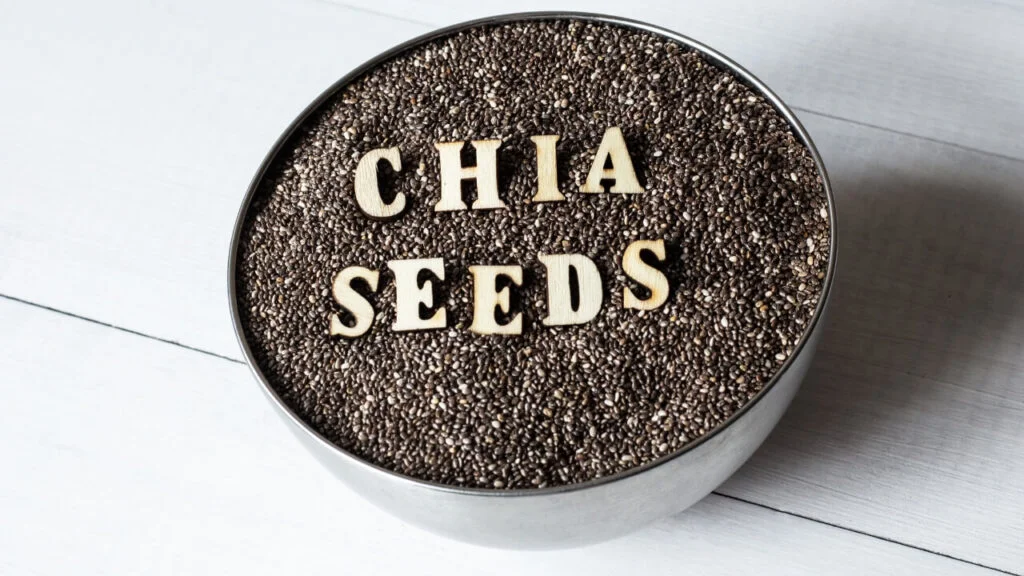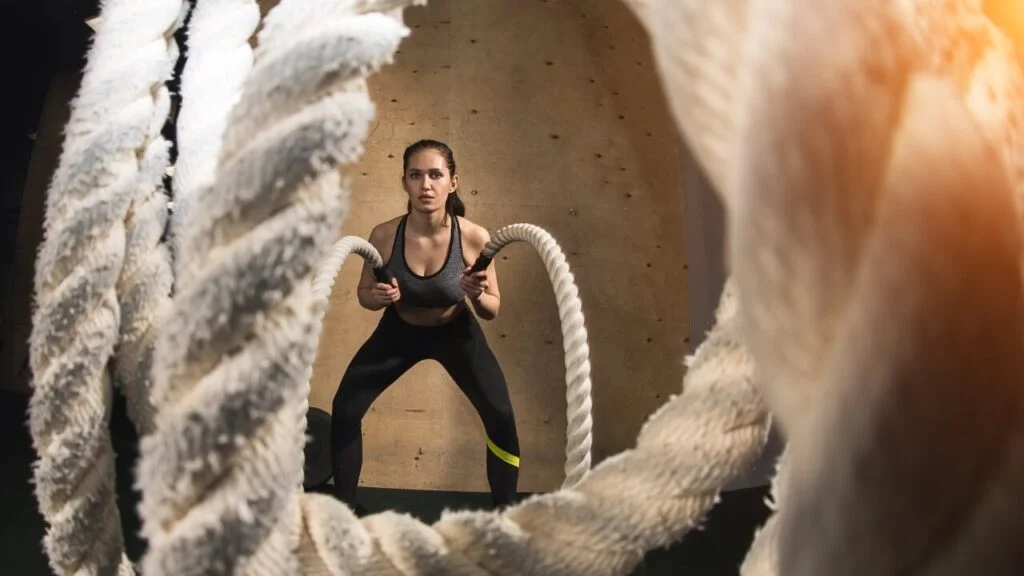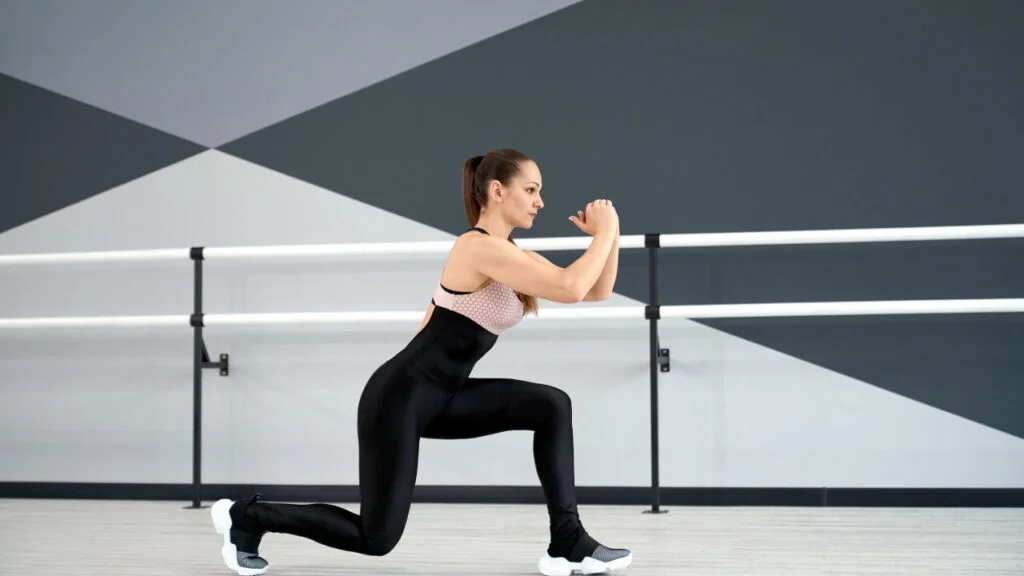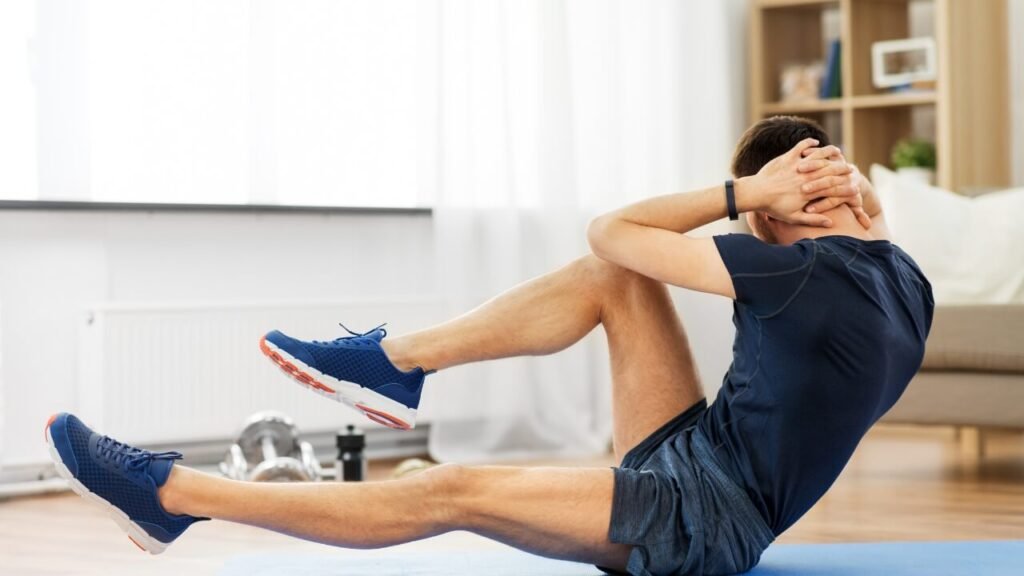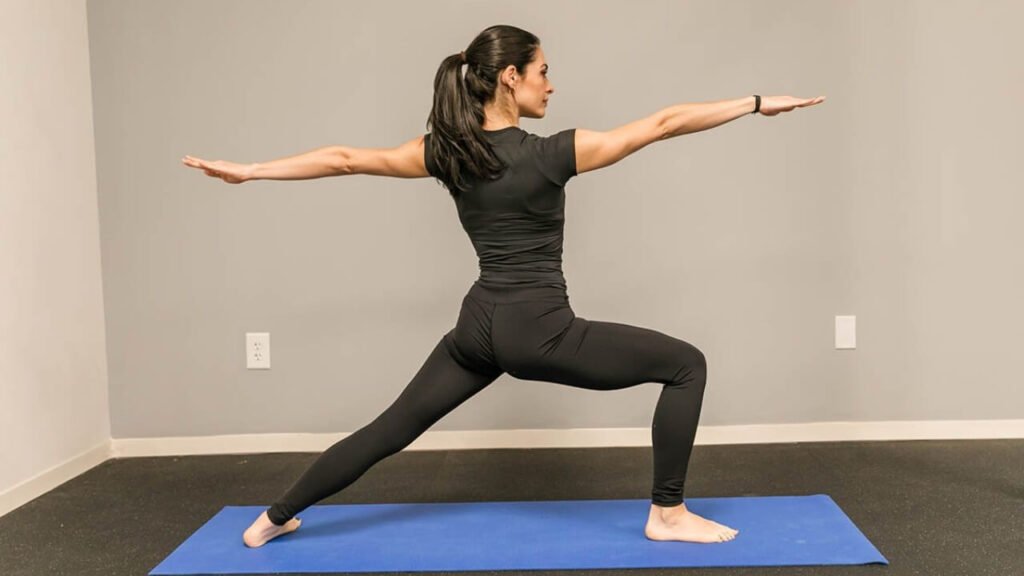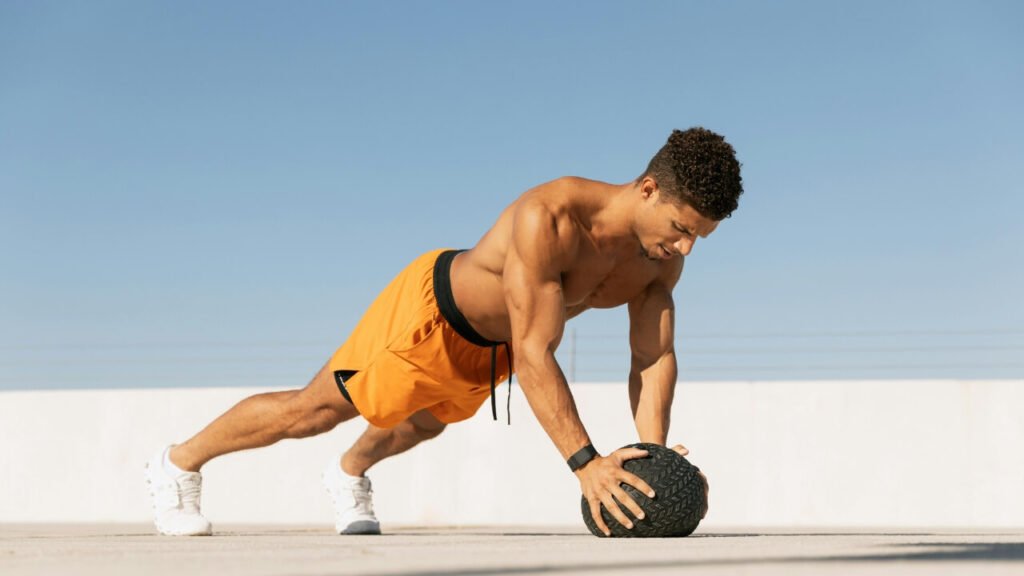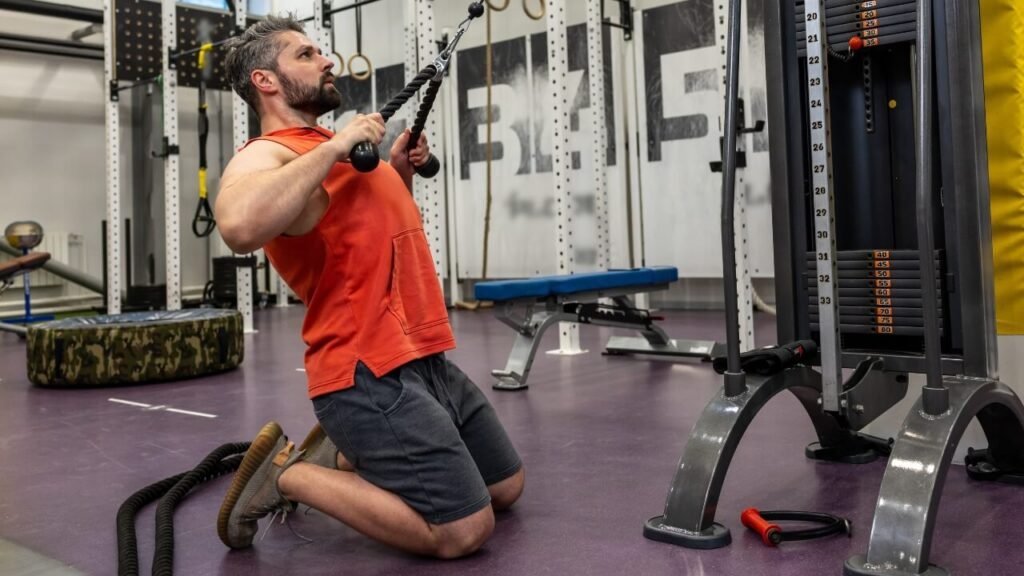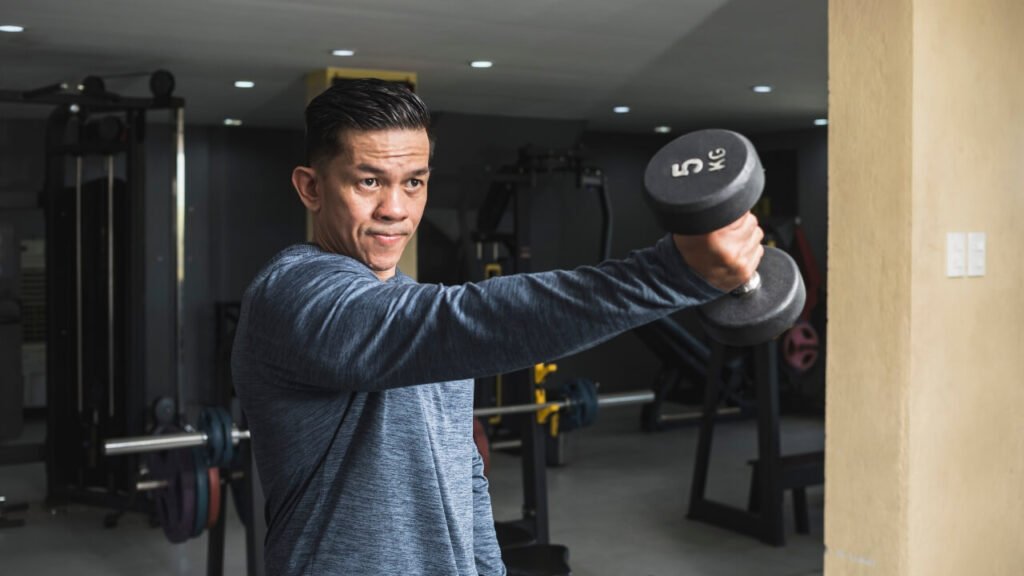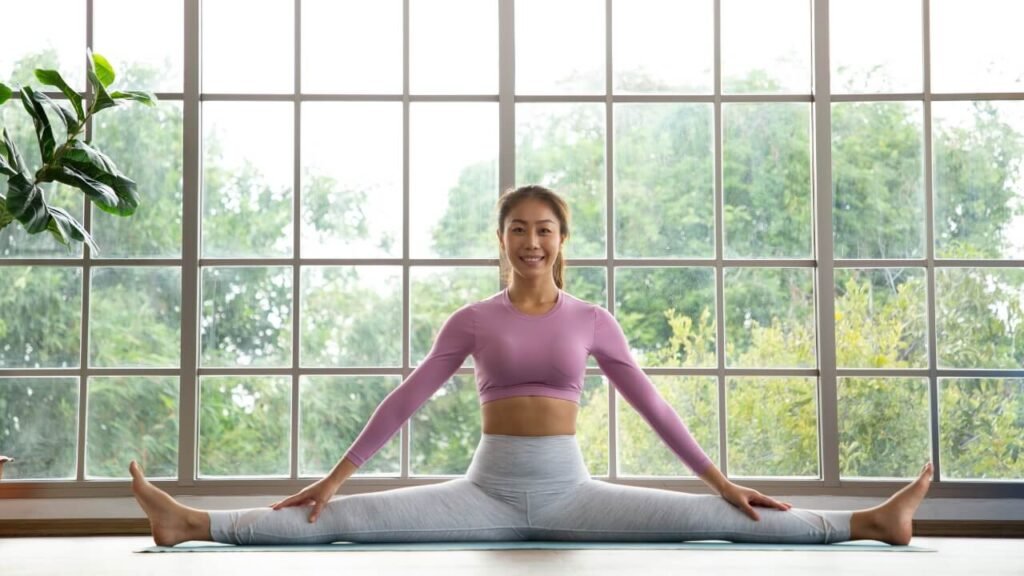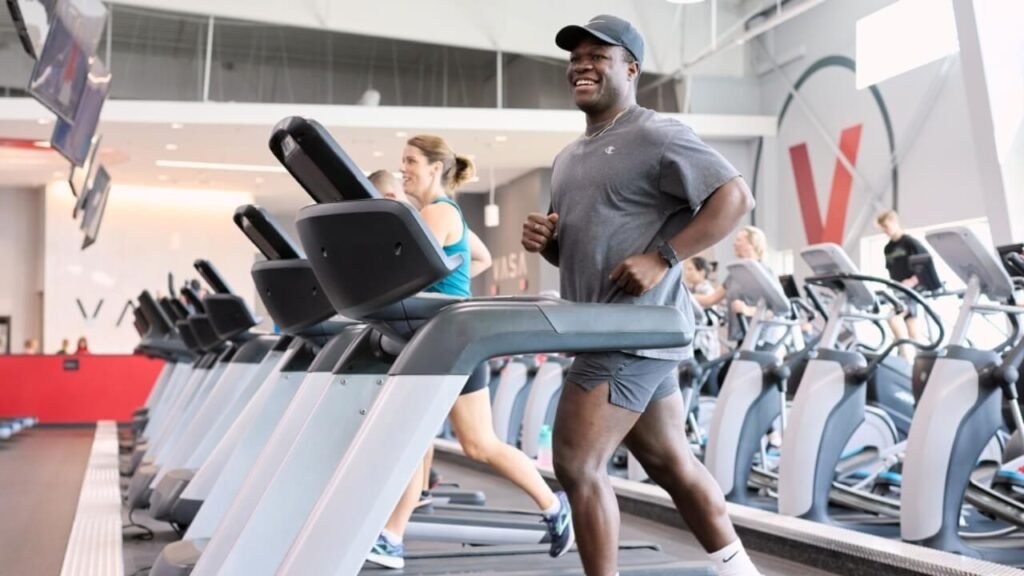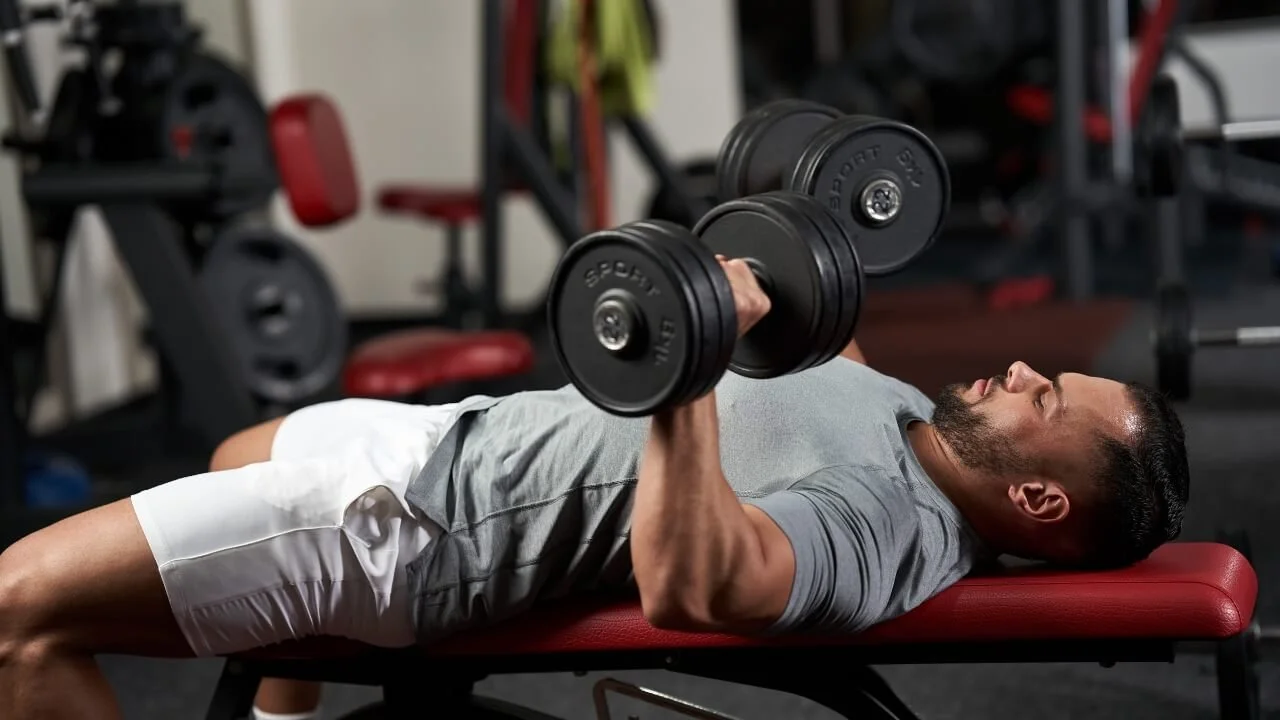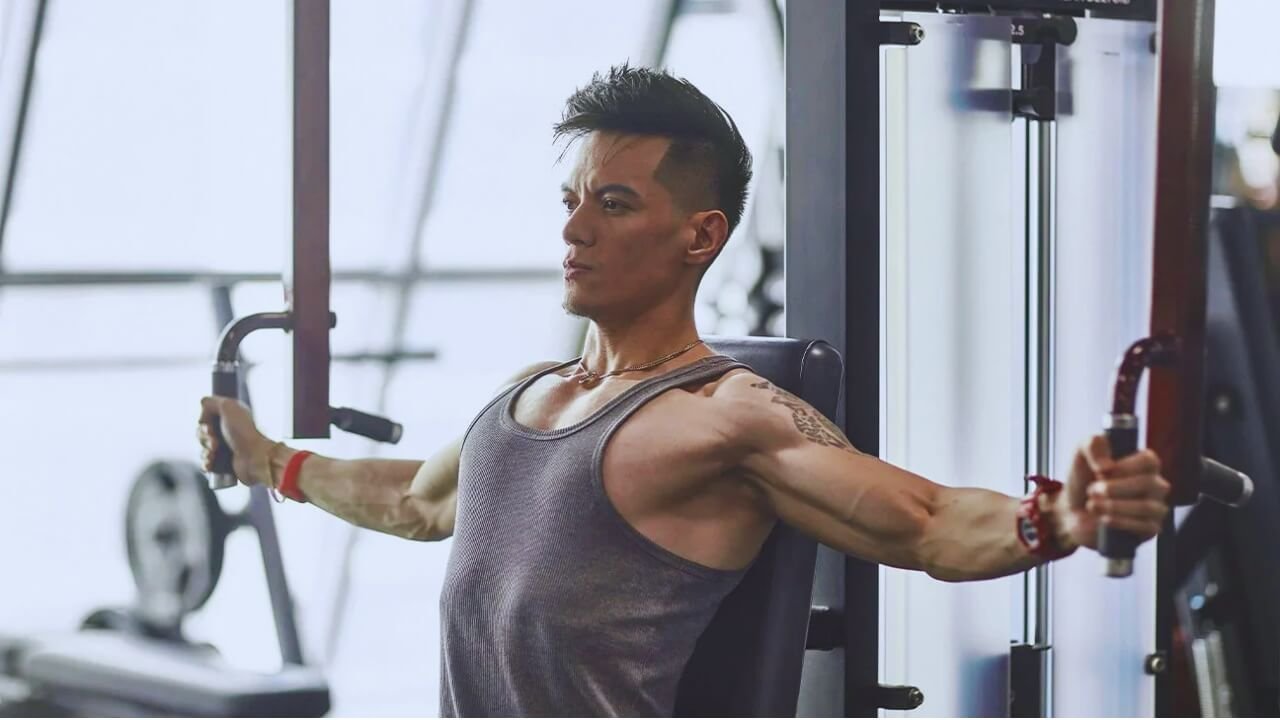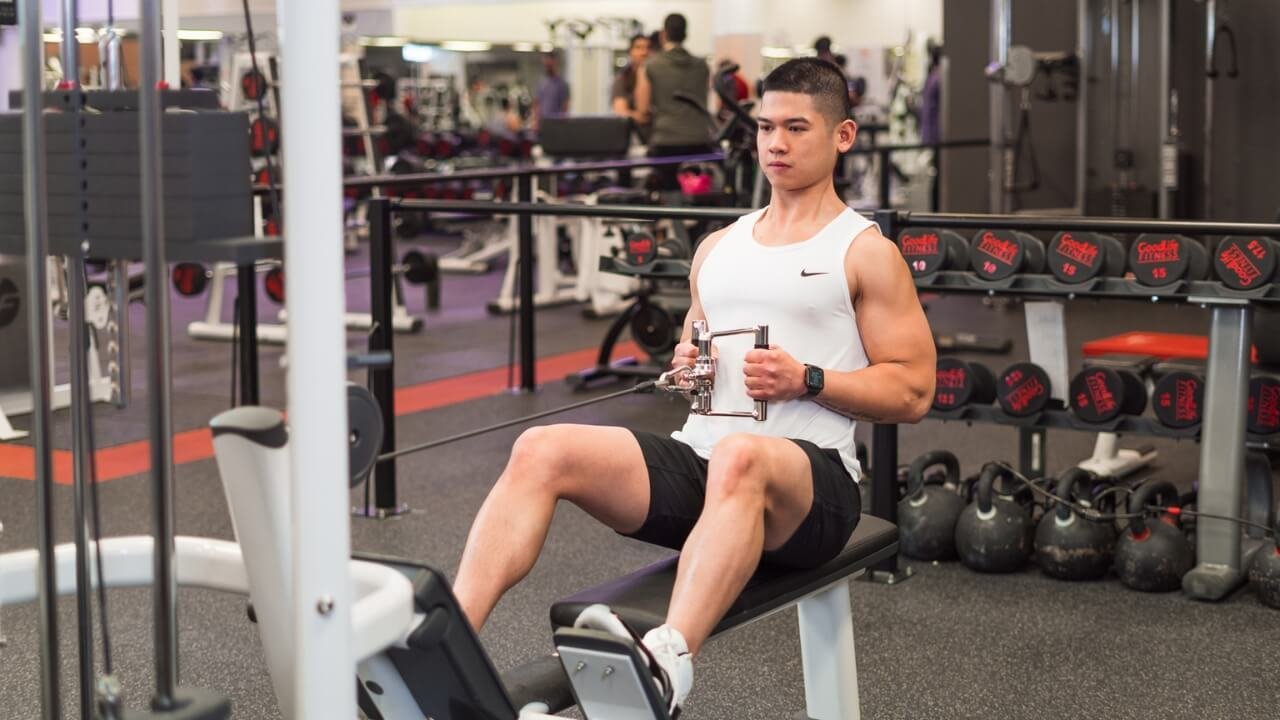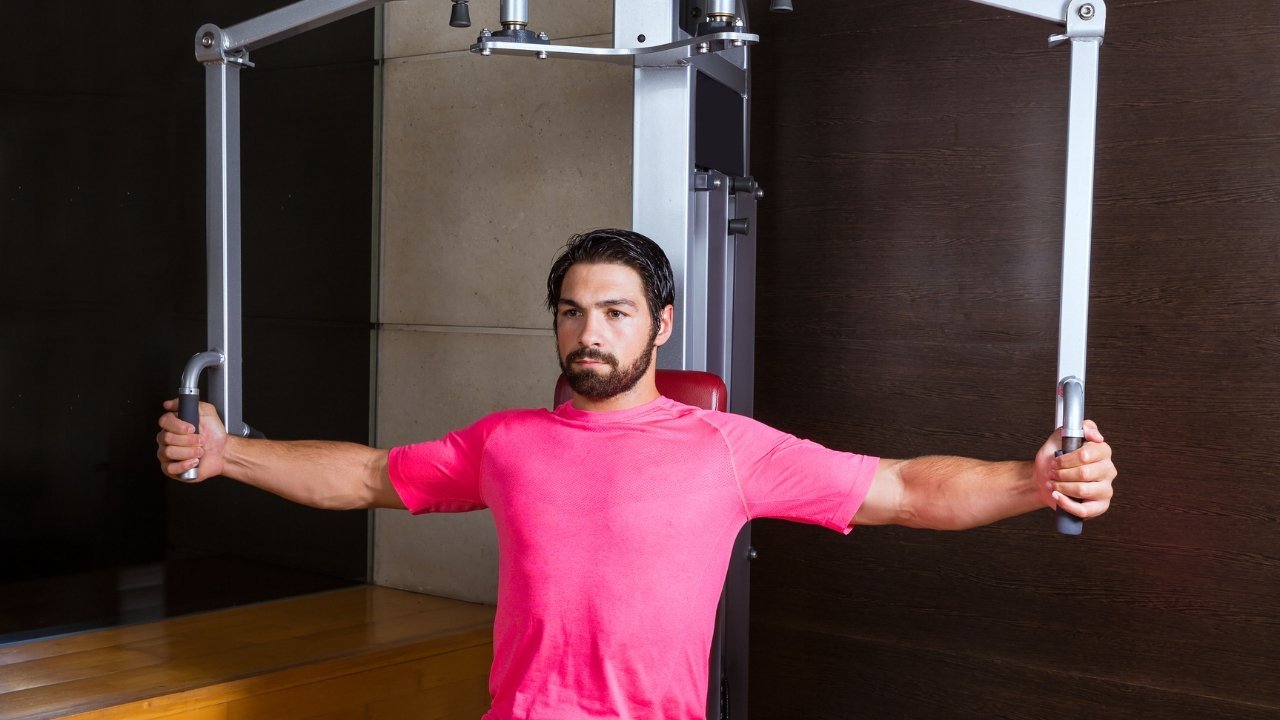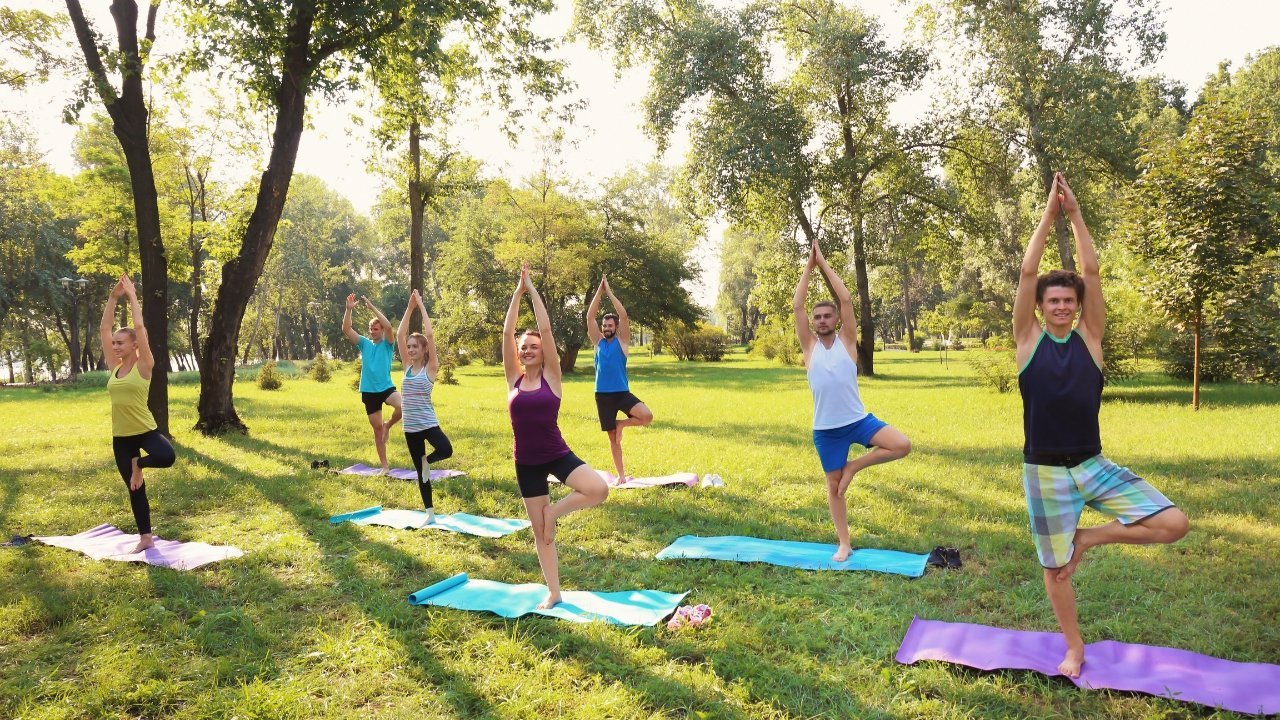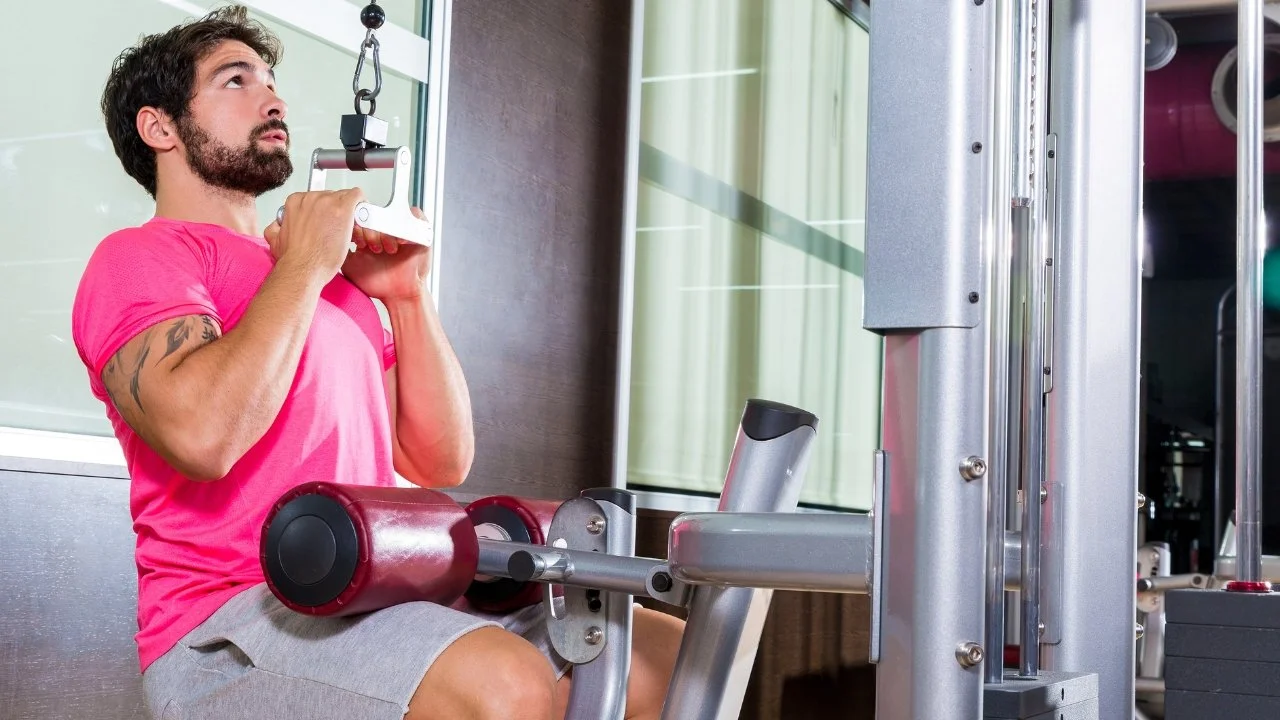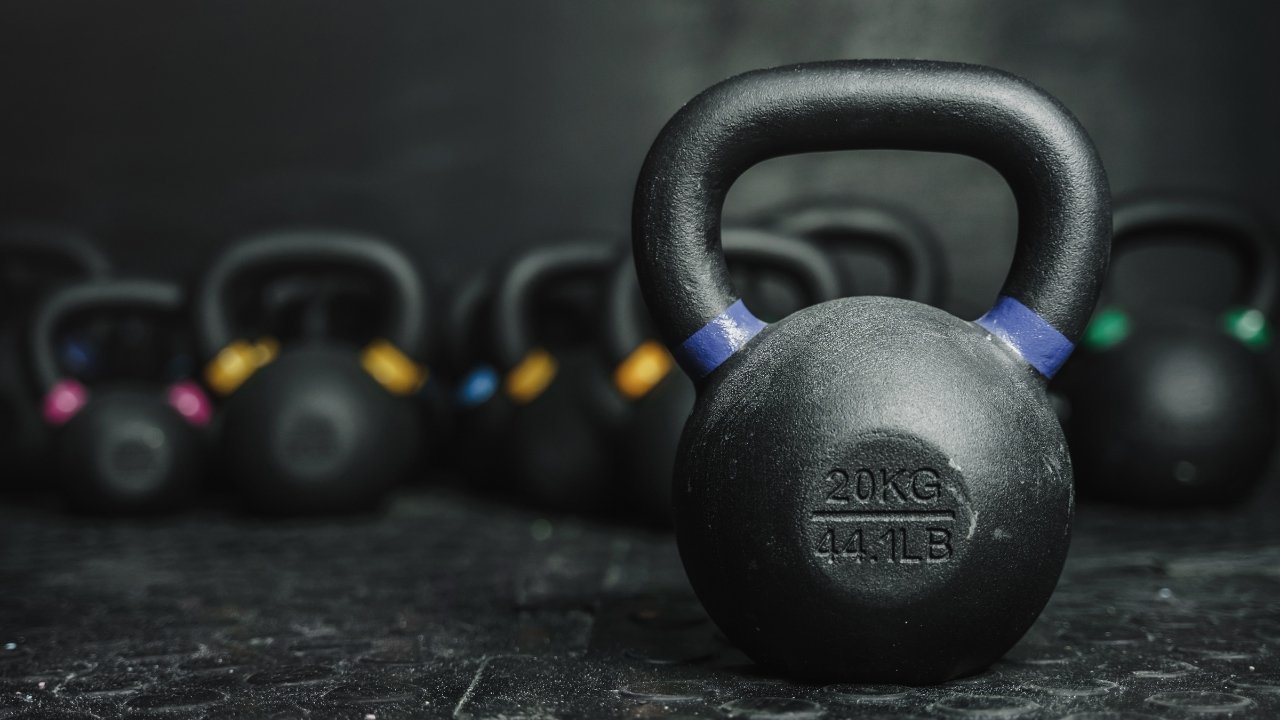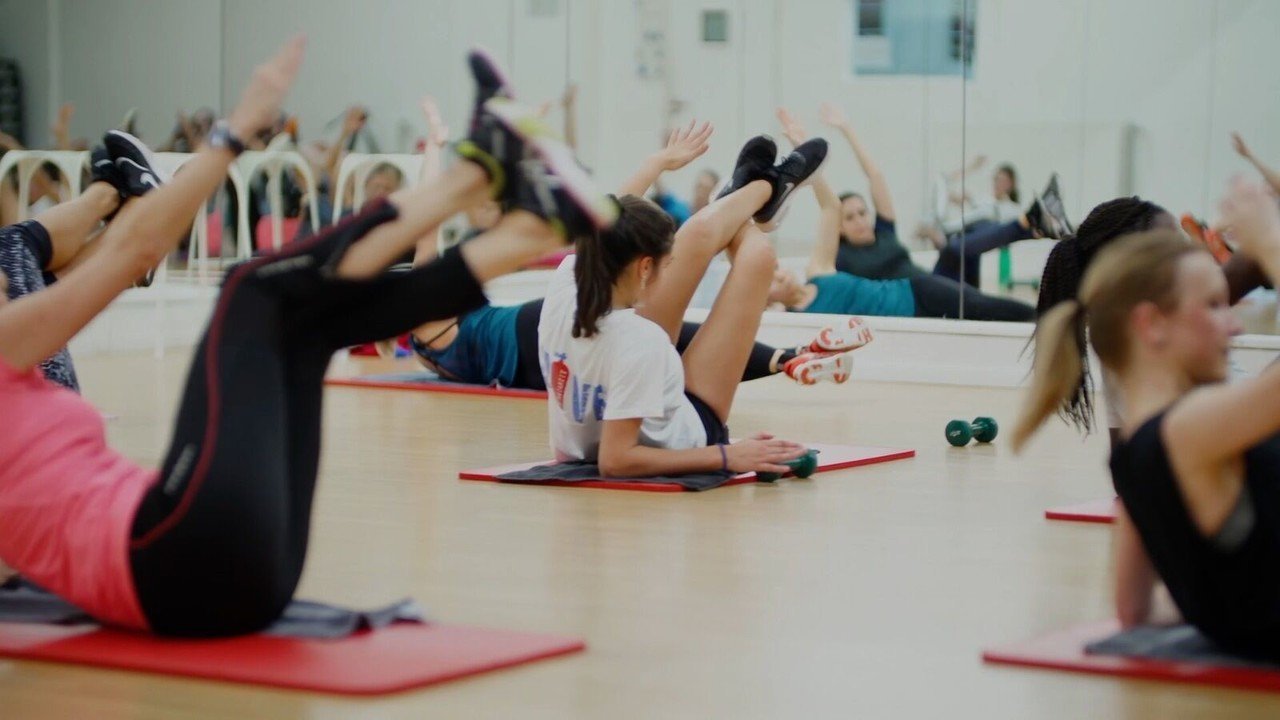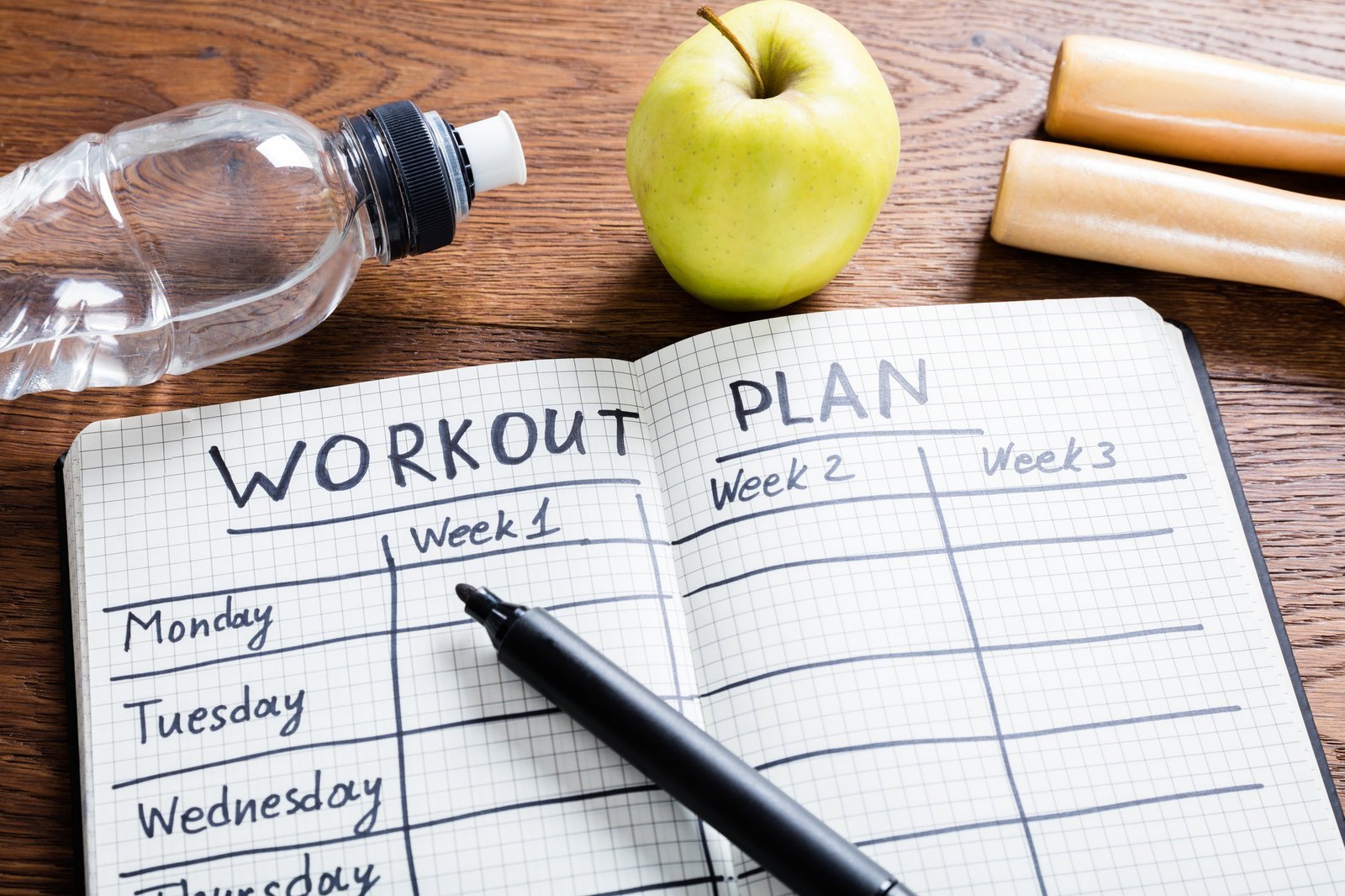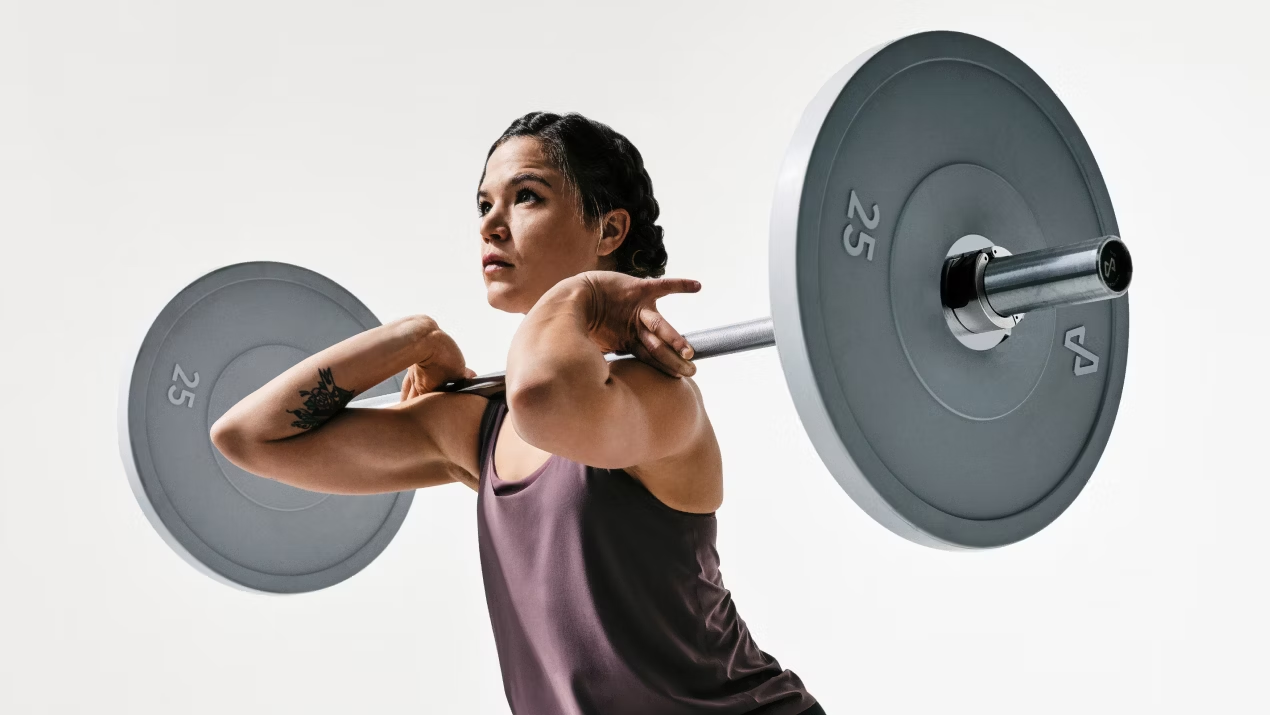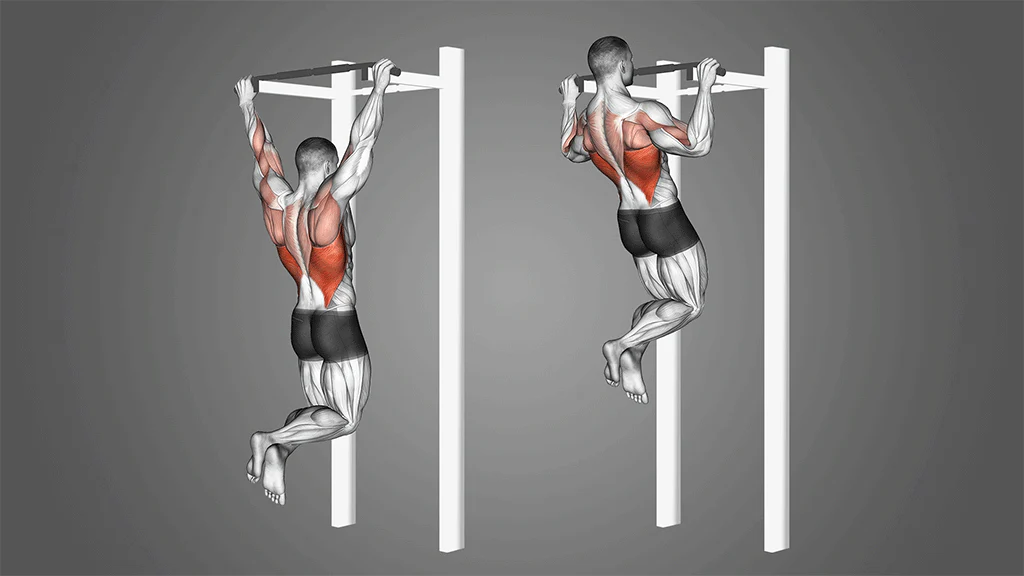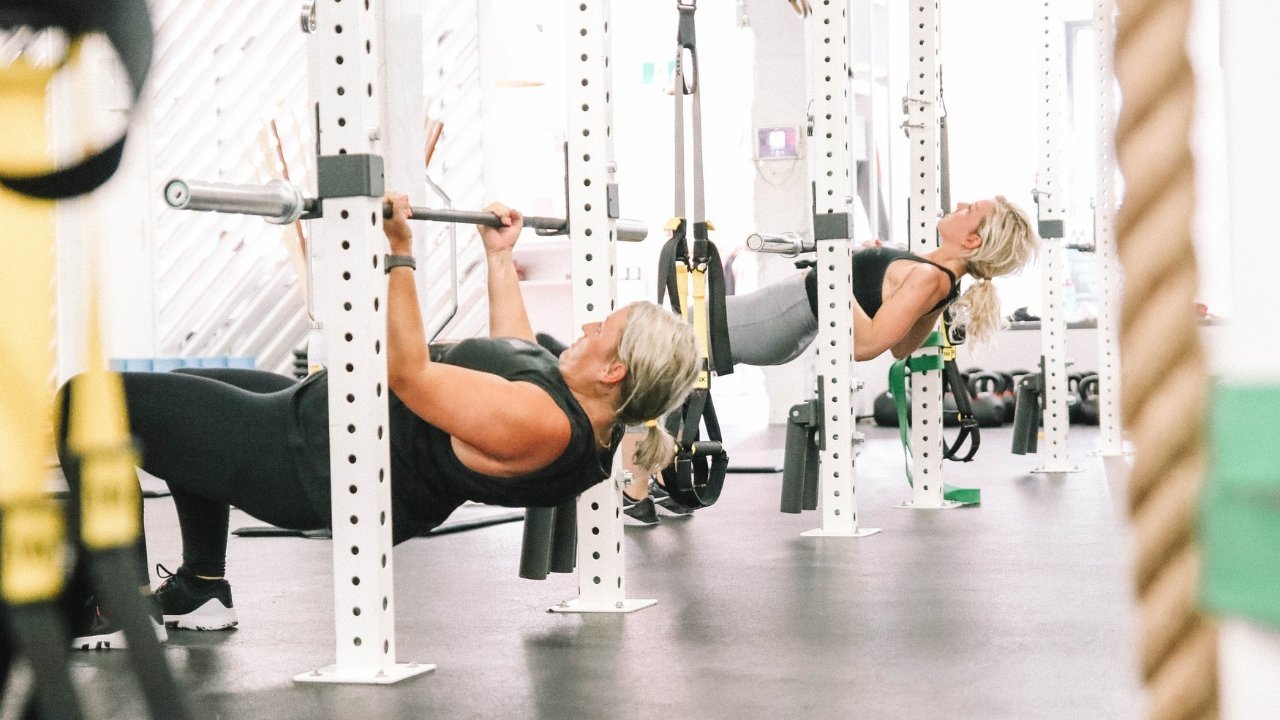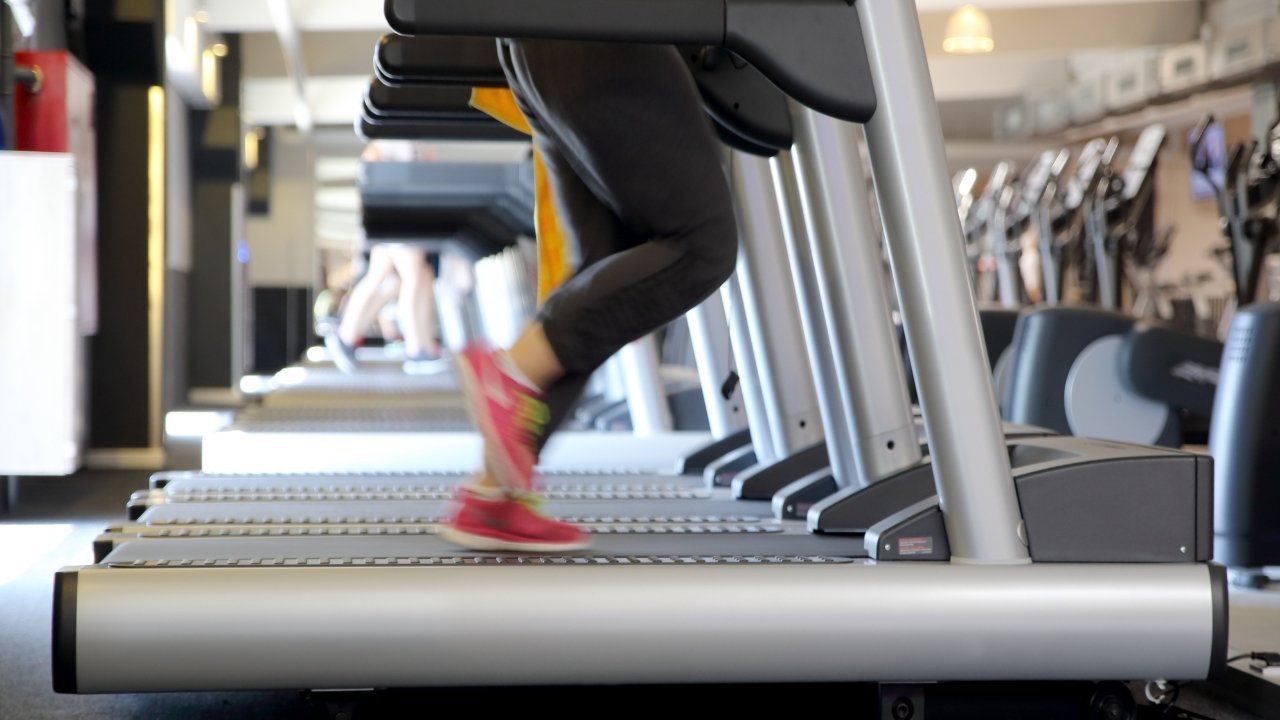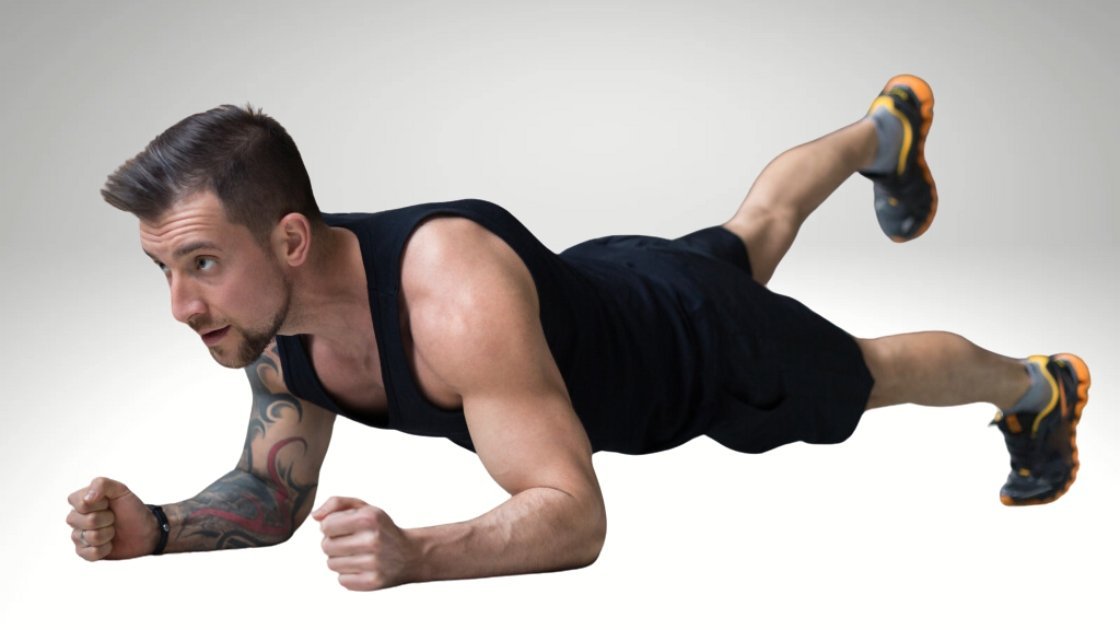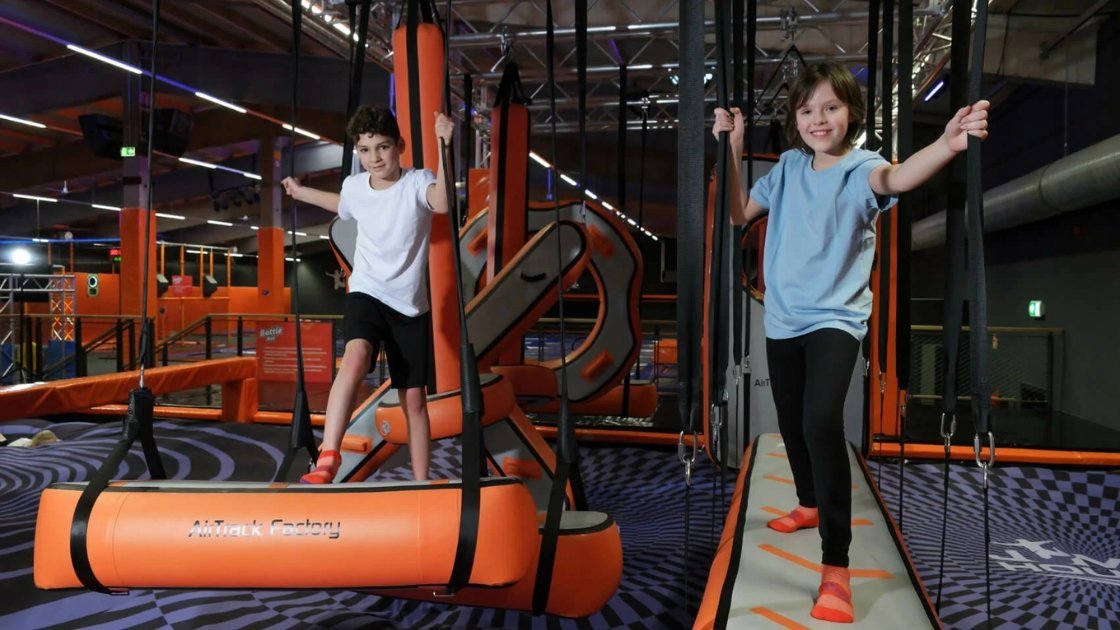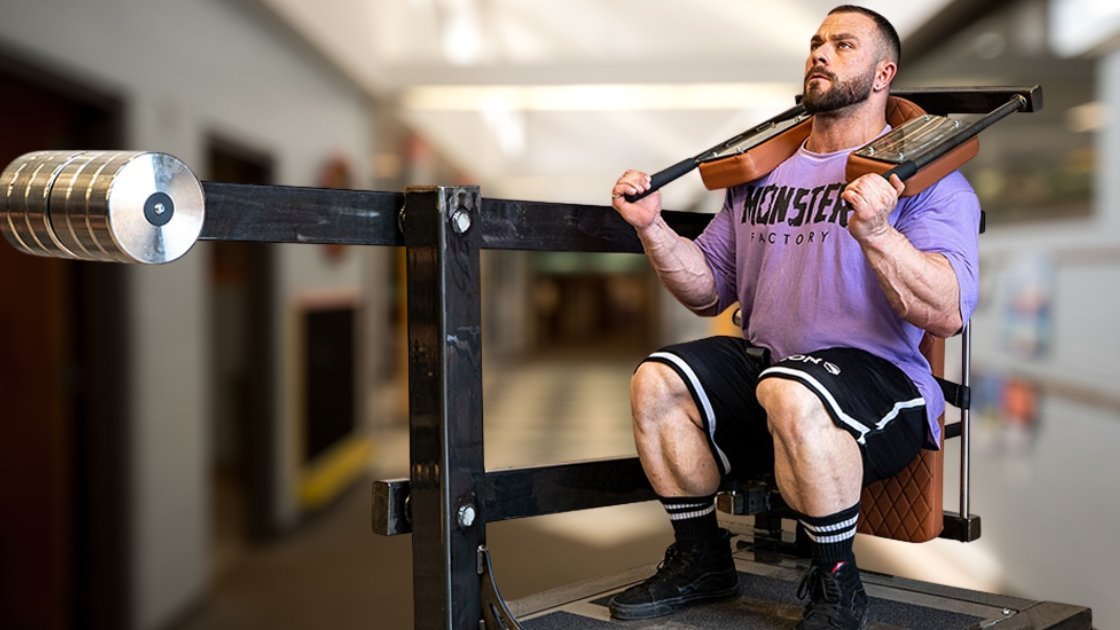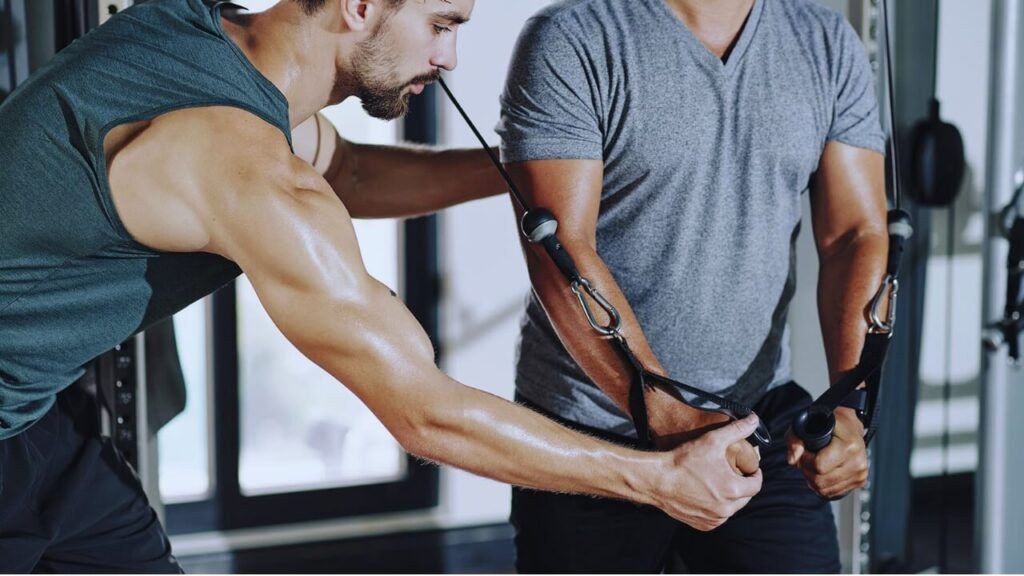The Shockingly Effective Beginner Core Workout You NEED To Try!
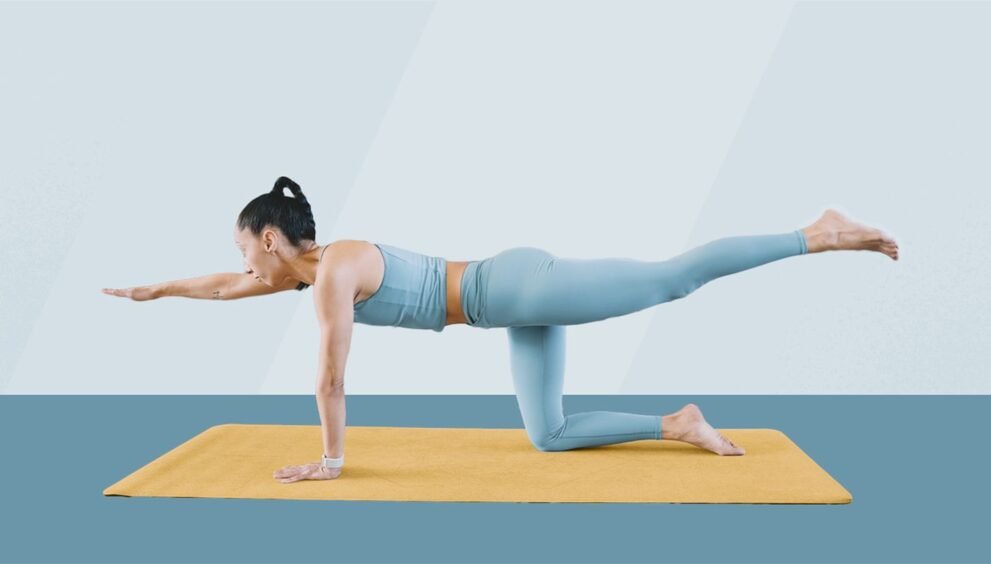
Are you ready to unlock a stronger, more stable you? Many people dream of having defined abs and a powerful midsection, but knowing where to start can be daunting. That’s where this guide comes in! A beginner core workout is the perfect starting point for anyone looking to build a solid foundation of strength and stability. In this article, we’ll break down everything you need to know to begin, from understanding what the core really is, to mastering essential exercises, and creating a routine that fits your needs. So, ditch the intimidation and get ready to discover the power of a strong core!
Understanding Your Core: More Than Just Abs
Before diving into a beginner core workout, it’s crucial to understand exactly what your core is and why it’s so important. Oftentimes, people mistakenly equate the core only with the abdominal muscles, mainly the “six-pack” abs. However, the core is a complex network of muscles that extends far beyond the superficial abs.
The core encompasses all the muscles that stabilize the spine and pelvis. Firstly, it includes the rectus abdominis (the “six-pack”), the obliques (internal and external), the transverse abdominis (the deepest abdominal muscle), the erector spinae (back muscles), and the multifidus (small muscles that stabilize the vertebrae). Also, the diaphragm, pelvic floor muscles, and even the glutes contribute to overall core stability and function. These muscles work together to provide support, balance, and power for nearly every movement you make.
Think of your core as the central pillar of your body. It connects your upper and lower body, enabling you to twist, bend, lift, and stand upright. A strong core improves posture, reduces the risk of back pain, enhances athletic performance, and makes everyday activities easier. Neglecting your core can lead to instability, injury, and decreased overall strength.
Why a Strong Core Matters: The Benefits Beyond Aesthetics
While a toned midsection is a desirable outcome, the benefits of a strong core extend far beyond aesthetics. In fact, prioritizing core strength can have a profound impact on your overall health and well-being.
- Improved Posture: Strong core muscles help maintain proper alignment of the spine, leading to better posture. Good posture not only looks better but also reduces strain on joints and muscles, preventing pain and discomfort.
- Reduced Back Pain: Back pain is a common ailment, and a weak core is a major contributing factor. Strengthening your core muscles provides support for the spine, reducing the risk of back pain and injury.
- Enhanced Athletic Performance: Whether you’re a seasoned athlete or a weekend warrior, a strong core is essential for optimal performance. It improves balance, stability, and power transfer, allowing you to move more efficiently and generate more force.
- Easier Everyday Activities: From lifting groceries to bending down to tie your shoes, a strong core makes everyday activities easier and less strenuous. It reduces the risk of strain and injury, allowing you to move with greater ease and confidence.
- Better Balance and Stability: The core muscles play a crucial role in maintaining balance and stability. Strengthening these muscles improves your ability to stay upright and reduces the risk of falls, especially as you age.
Essential Exercises for a Beginner Core Workout
Now that you understand the importance of core strength, let’s dive into some essential exercises that you can incorporate into your beginner core workout. These exercises target different core muscles and are designed to be accessible to people of all fitness levels. Remember to focus on proper form and control rather than speed or repetitions. Quality over quantity is key to preventing injury and maximizing results.
- Plank: The plank is a fundamental core exercise that engages multiple muscle groups simultaneously. To perform a plank, start in a push-up position, but instead of resting on your hands, rest on your forearms. Keep your body in a straight line from head to heels, engaging your core to prevent your hips from sagging. Hold the plank for 20-30 seconds, gradually increasing the duration as you get stronger. As one Redditor noted, “The plank is simple but brutally effective. It teaches you to engage your entire core and maintain stability.”
- Bird Dog: The bird dog exercise improves core stability and balance while also strengthening the back muscles. Start on your hands and knees, with your hands directly under your shoulders and your knees directly under your hips. Engage your core and simultaneously extend your right arm forward and your left leg backward, keeping your body in a straight line. Hold for a few seconds, then return to the starting position and repeat on the opposite side. Aim for 10-12 repetitions on each side.
- Dead Bug: The dead bug exercise targets the deep core muscles and improves coordination. Lie on your back with your arms extended towards the ceiling and your knees bent at a 90-degree angle. Engage your core and slowly lower your right arm and left leg towards the floor, keeping your lower back pressed against the ground. Return to the starting position and repeat on the opposite side. Perform 10-12 repetitions on each side.
- Crunches: Crunches are a classic abdominal exercise that targets the rectus abdominis. Lie on your back with your knees bent and your feet flat on the floor. Place your hands behind your head, gently supporting your neck. Engage your core and curl your upper body towards your knees, lifting your shoulder blades off the ground. Avoid pulling on your neck and focus on using your abdominal muscles to perform the movement. Aim for 15-20 repetitions.
- Glute Bridge: The glute bridge strengthens the glutes and hamstrings, which are also important for core stability. Lie on your back with your knees bent and your feet flat on the floor. Engage your core and squeeze your glutes to lift your hips off the ground, forming a straight line from your knees to your shoulders. Hold for a few seconds, then slowly lower your hips back to the floor. Perform 15-20 repetitions.
- Side Plank: The side plank targets the obliques and improves lateral core stability. Lie on your side with your legs extended and your body in a straight line. Rest on your forearm, with your elbow directly under your shoulder. Engage your core and lift your hips off the ground, forming a straight line from your head to your feet. Hold the side plank for 20-30 seconds, gradually increasing the duration as you get stronger. Repeat on the opposite side.
Designing Your Own Beginner Core Workout Routine
Now that you’re familiar with some essential core exercises, it’s time to design your own beginner core workout routine. The key is to start slowly and gradually increase the intensity and duration as you get stronger. Here are some tips for creating an effective core workout routine:
- Start with 2-3 workouts per week: Allow your muscles time to recover between workouts.
- Choose 3-4 exercises: Select exercises that target different core muscles.
- Perform 2-3 sets of each exercise: Focus on proper form and control.
- Rest for 30-60 seconds between sets: Allow your muscles to recover slightly before the next set.
- Progress gradually: As you get stronger, increase the number of sets, repetitions, or the duration of each exercise. You can also try more challenging variations of the exercises.
- Listen to your body: If you experience pain, stop the exercise and consult with a healthcare professional.
Here’s a sample beginner core workout routine that you can use as a starting point:
- Plank: 2 sets of 30 seconds hold
- Bird Dog: 2 sets of 10 repetitions on each side
- Dead Bug: 2 sets of 10 repetitions on each side
- Crunches: 2 sets of 15 repetitions
Common Mistakes to Avoid in Your Beginner Core Workout
To get the most out of your beginner core workout and prevent injury, it’s important to avoid common mistakes. Here are some pitfalls to watch out for:
- Poor Form: Using improper form can reduce the effectiveness of the exercises and increase the risk of injury. Focus on maintaining proper alignment and engaging your core muscles throughout each exercise.
- Holding Your Breath: Holding your breath can increase blood pressure and reduce oxygen flow to your muscles. Breathe deeply and consistently throughout each exercise.
- Overdoing It: Starting too fast or doing too much too soon can lead to muscle strain and fatigue. Start slowly and gradually increase the intensity and duration of your workouts as you get stronger.
- Neglecting Other Muscle Groups: The core works in conjunction with other muscle groups to provide stability and support. Don’t neglect other muscle groups, such as the glutes, back, and shoulders, as they play a crucial role in overall core strength and function.
Expert Insight: The Importance of Progressive Overload
To gain further insight, I spoke with certified personal trainer and strength coach, Sarah Miller, who emphasized the importance of progressive overload in core training. “Progressive overload is the key to long-term strength gains. Gradually increasing the demands on your core muscles over time will challenge them to adapt and become stronger. This can be done by increasing the number of sets, repetitions, or the duration of each exercise. You can also try more challenging variations of the exercises or add resistance, such as weights or resistance bands,” Miller explained.
Integrating Core Workouts into Your Lifestyle
Making core workouts a regular part of your lifestyle is essential for maintaining long-term strength and stability. Here are some tips for integrating core workouts into your routine:
- Schedule your workouts: Treat your core workouts like any other important appointment and schedule them into your calendar.
- Find a workout buddy: Working out with a friend can provide motivation and accountability.
- Make it fun: Experiment with different exercises and variations to keep your workouts engaging and enjoyable.
- Listen to your body: Pay attention to your body’s signals and adjust your workouts accordingly.
Beyond the Basics: Leveling Up Your Core Training
Once you’ve mastered the basics of core training, you can start exploring more advanced exercises and techniques to challenge your muscles and continue making progress. Here are a few options to consider:
- Weighted Exercises: Adding weight to exercises like planks, crunches, and glute bridges can increase the intensity and challenge your core muscles.
- Stability Ball Exercises: Performing exercises on a stability ball can increase core activation and improve balance and stability.
- Resistance Band Exercises: Resistance bands can be used to add resistance to a variety of core exercises, providing a challenging workout.
- Compound Exercises: Incorporating compound exercises like squats, deadlifts, and overhead presses into your routine can also strengthen your core muscles as they work to stabilize your spine.
Conclusion: Embrace the Power of a Strong Core
A strong core is the foundation of a strong and healthy body. Incorporating a beginner core workout into your routine can improve posture, reduce back pain, enhance athletic performance, and make everyday activities easier. The journey to a stronger core is a marathon, not a sprint. Consistency, proper form, and progressive overload are the keys to success. As you build strength and stability, you’ll not only see physical improvements but also experience a greater sense of confidence and control over your body.
Point of Care Glucose Testing: A Simple Prick, A World of Difference in Healthcare?



